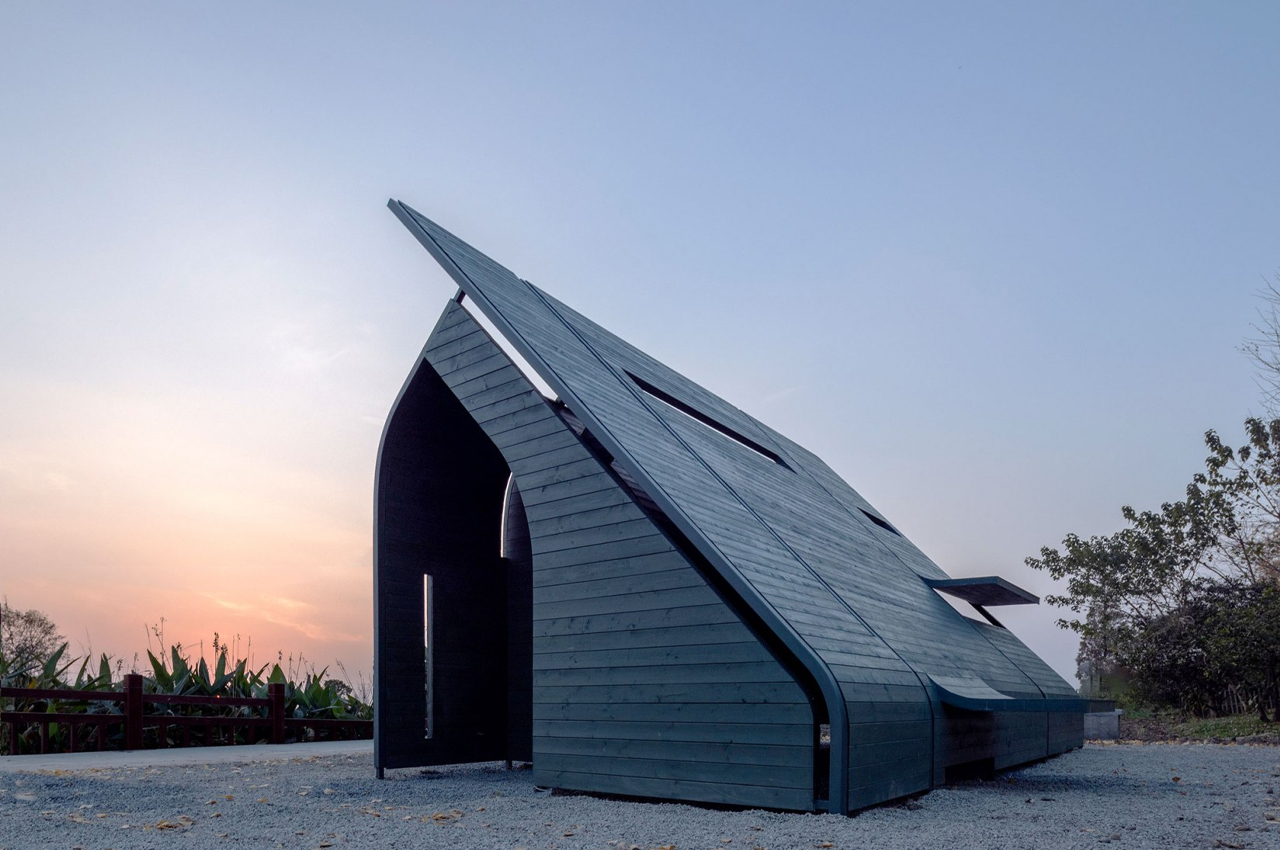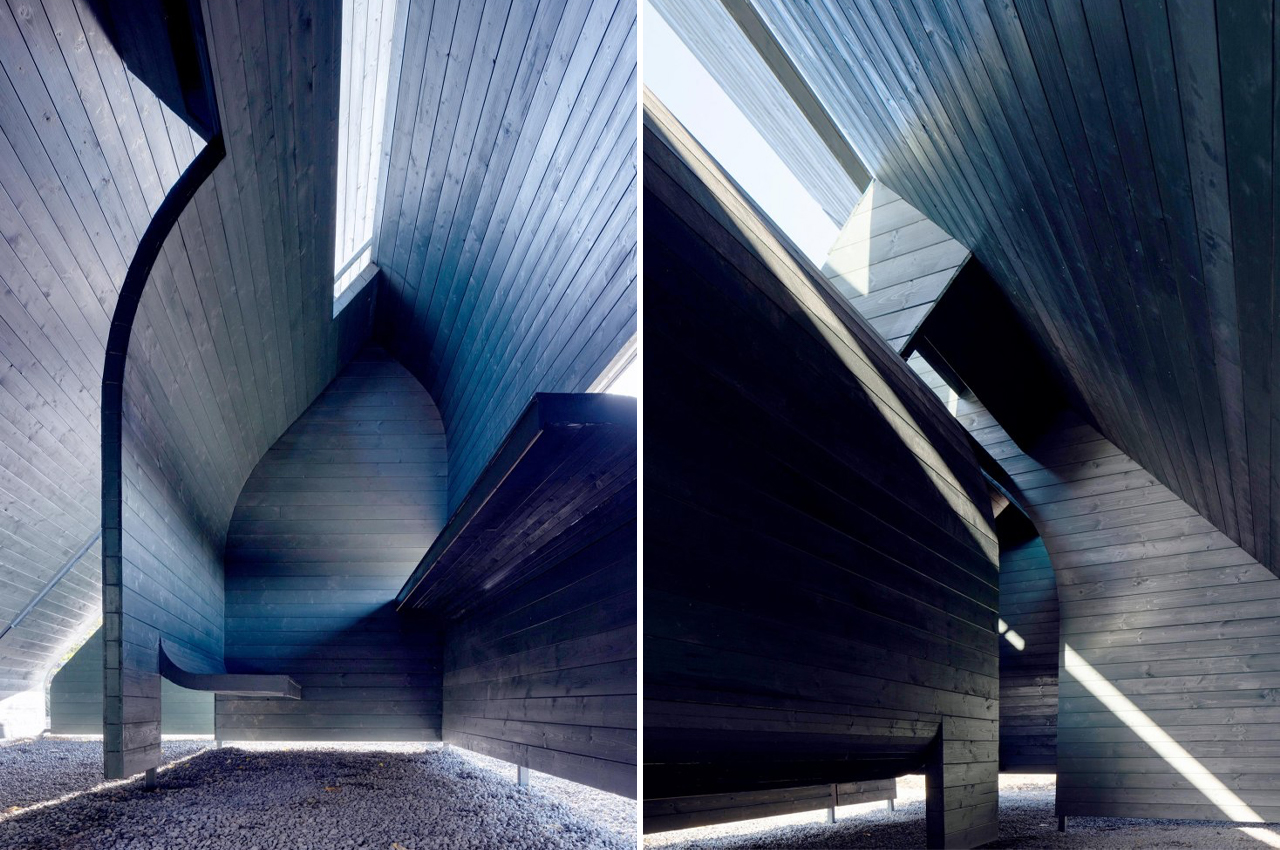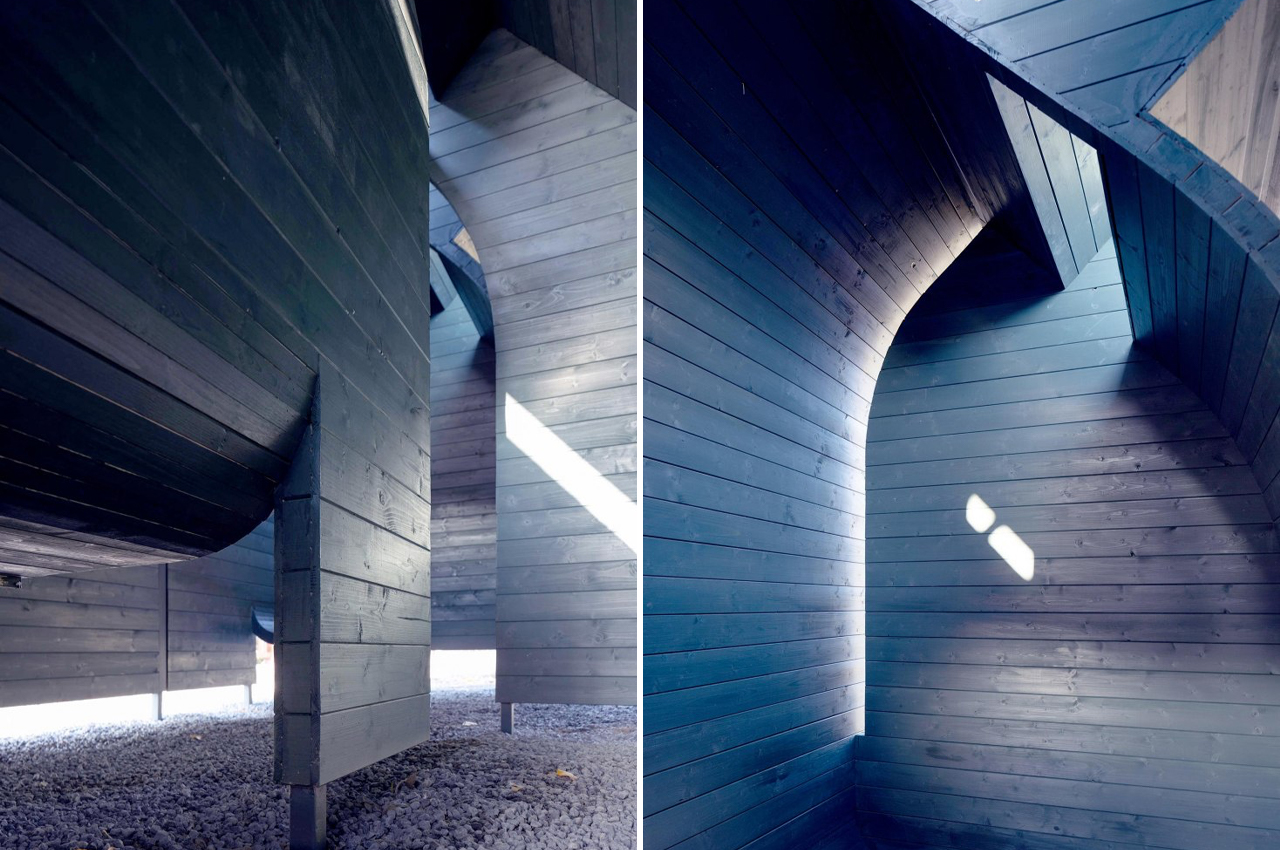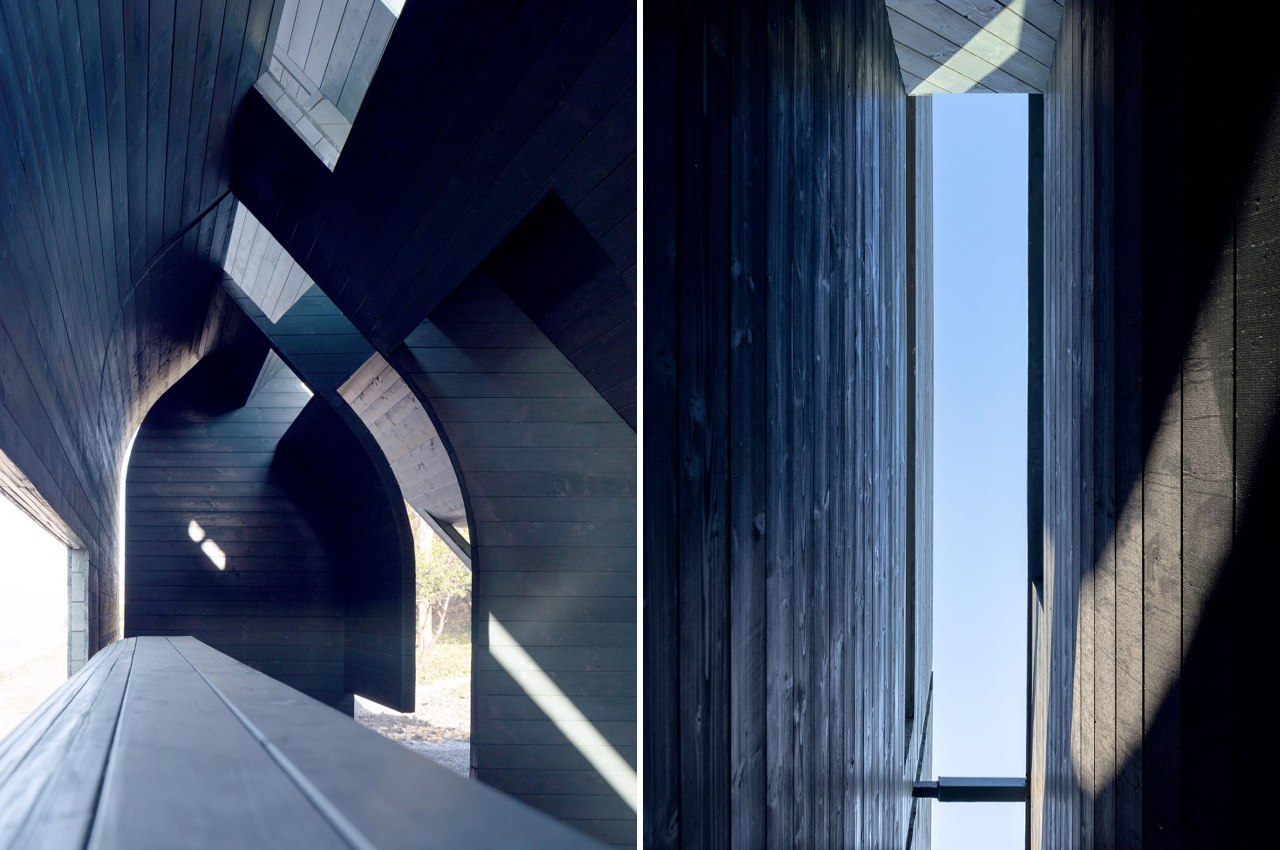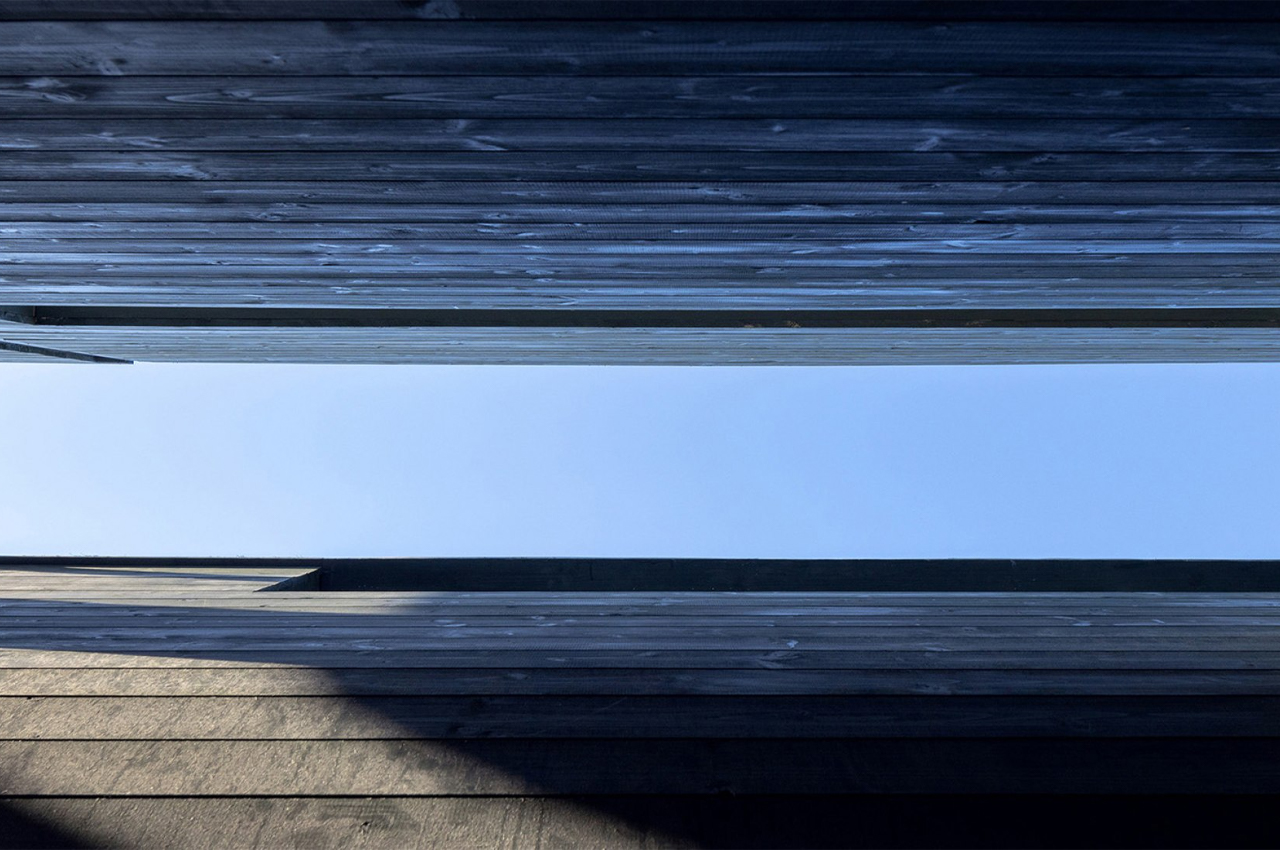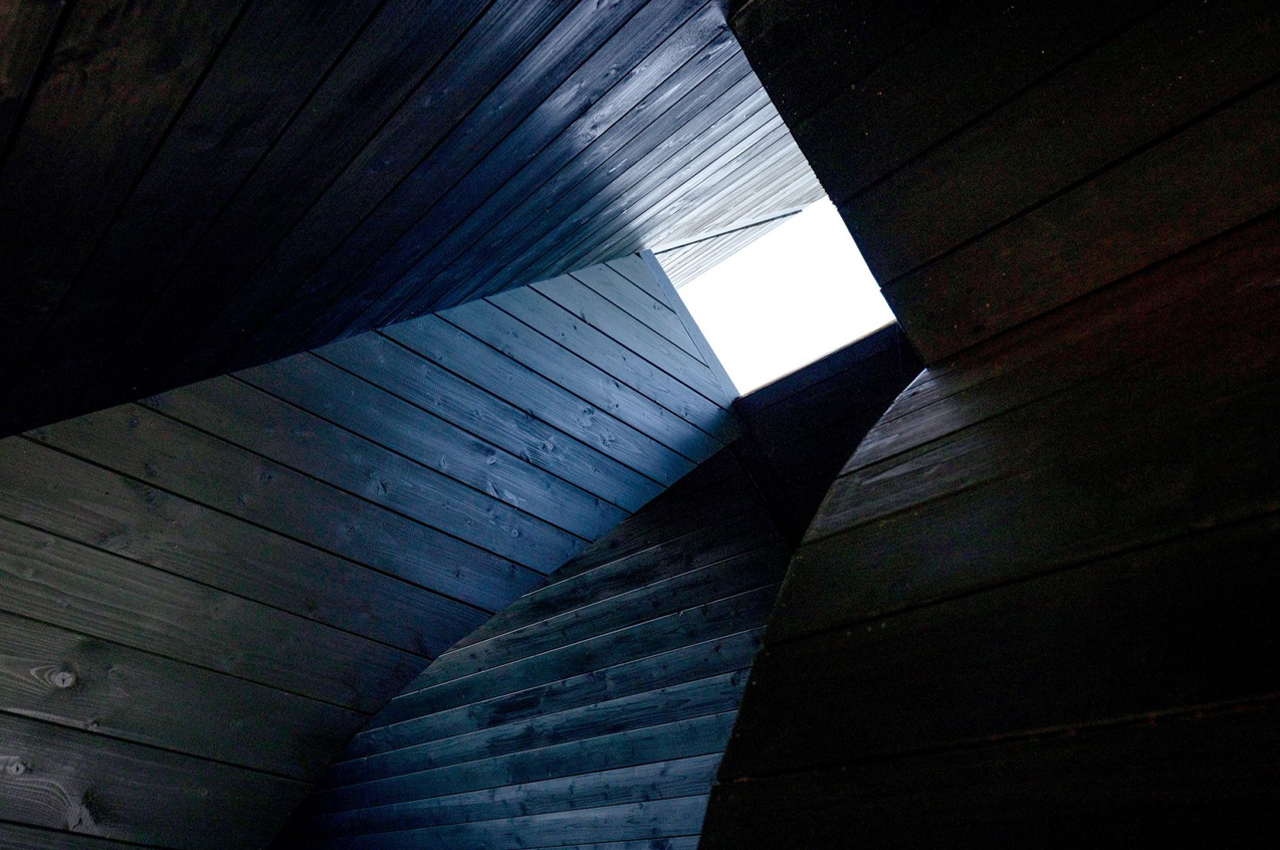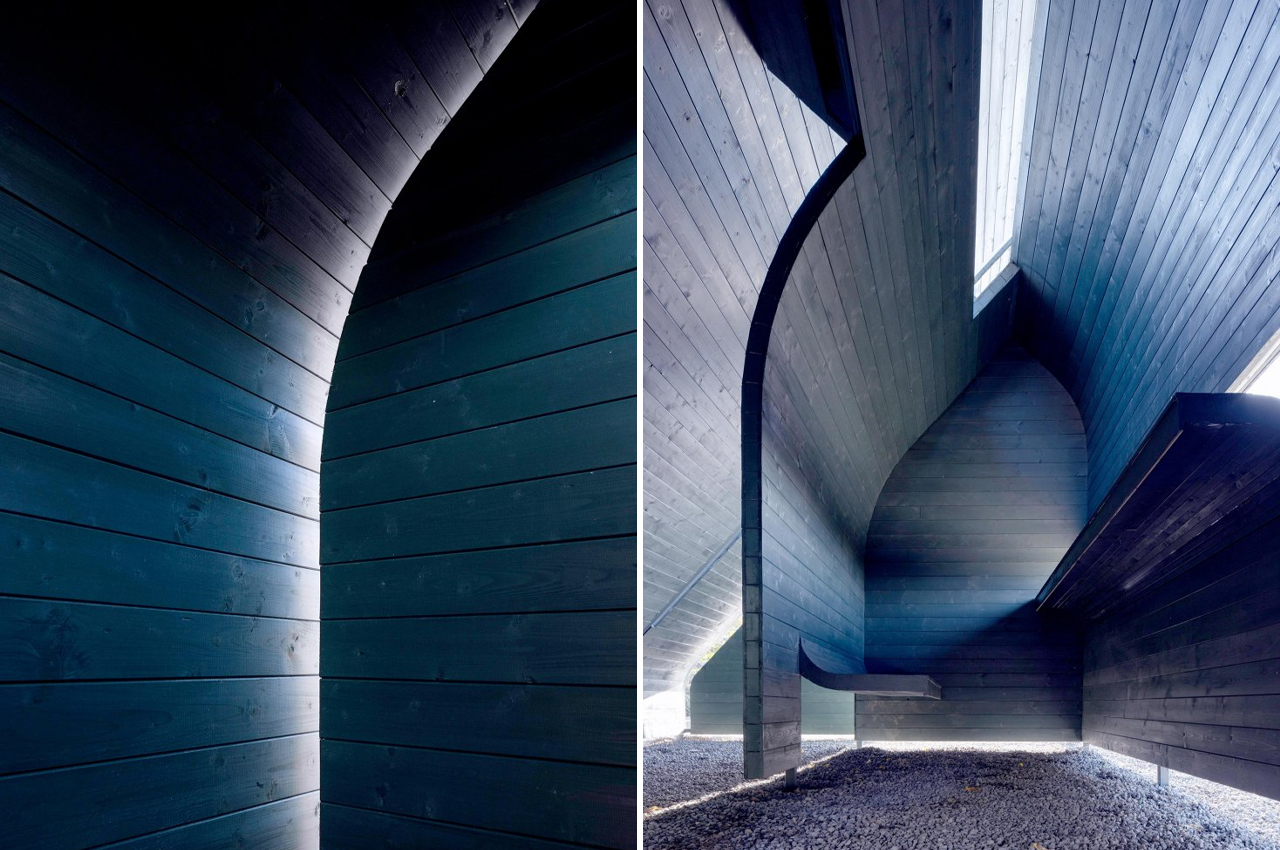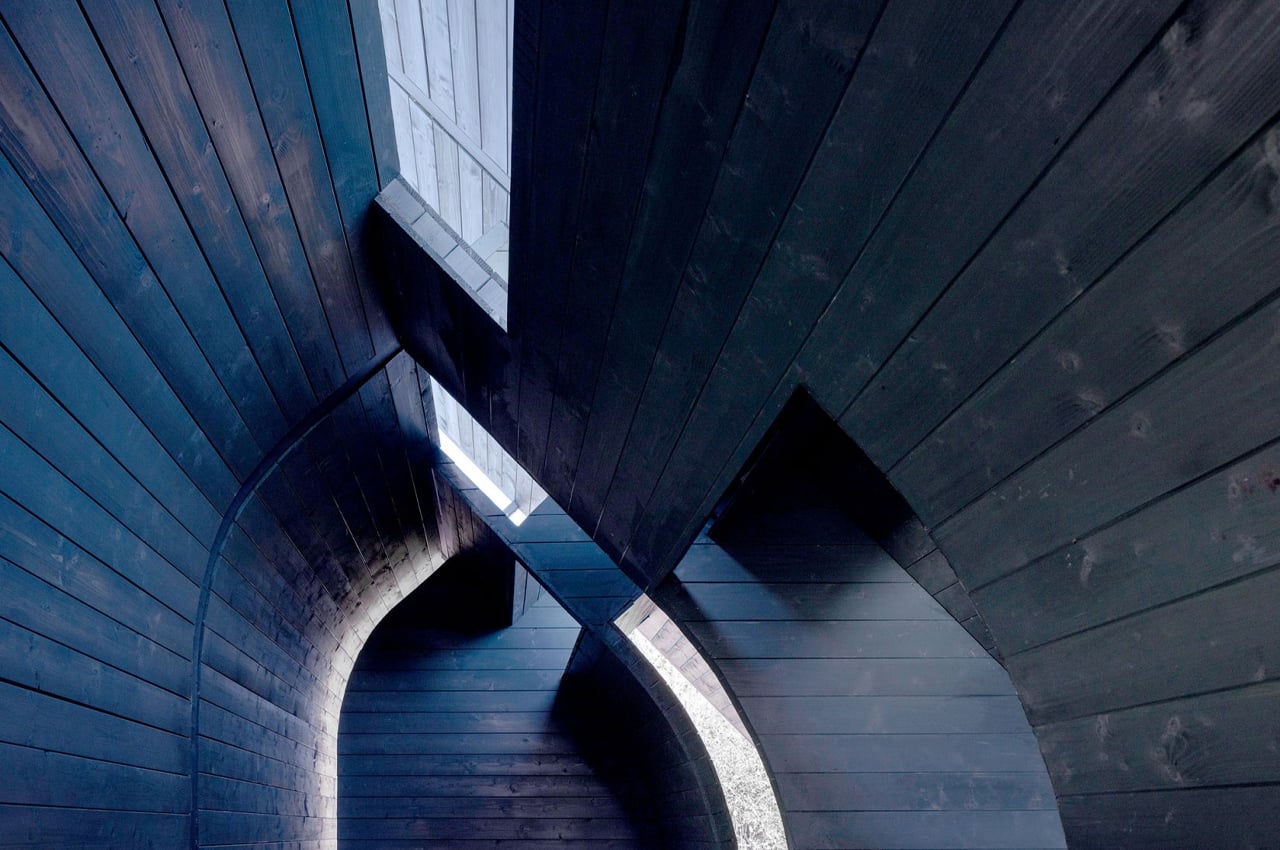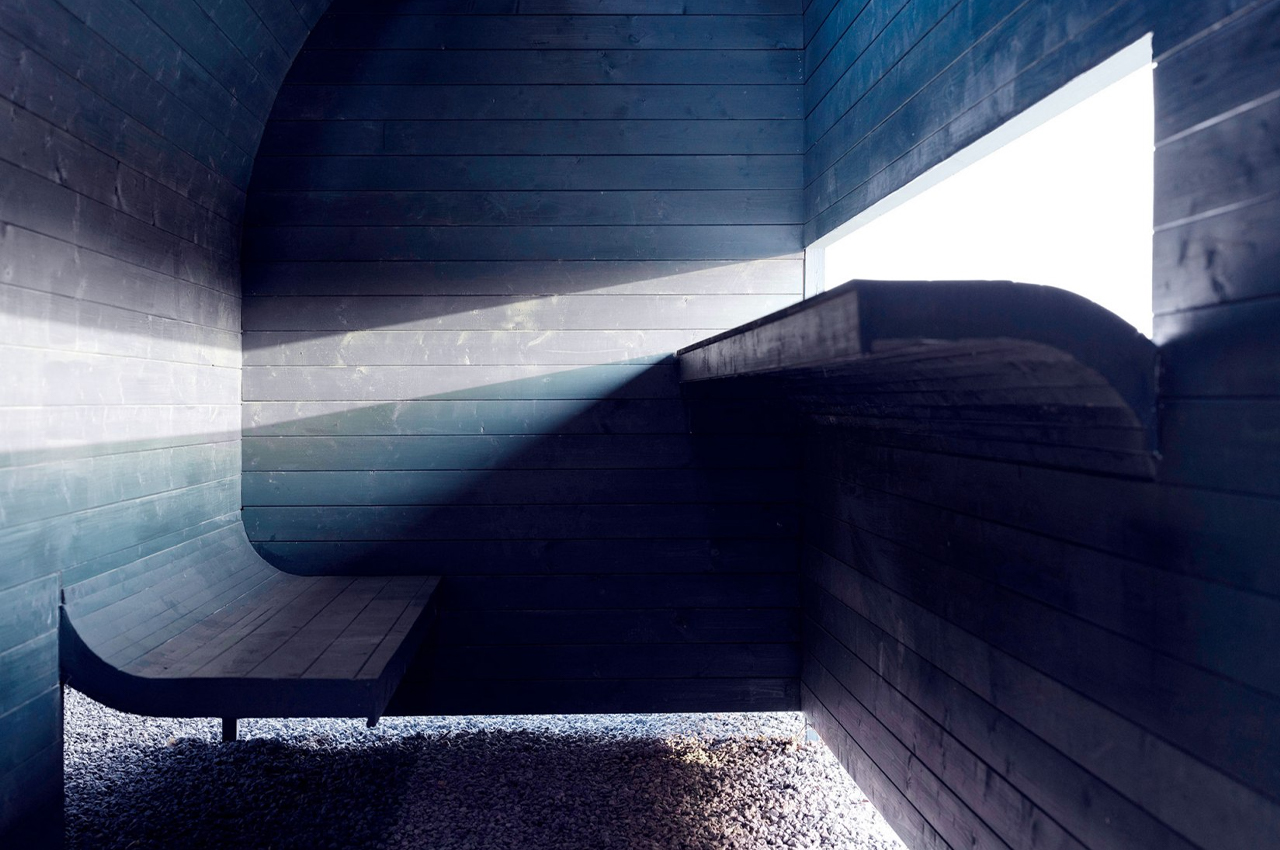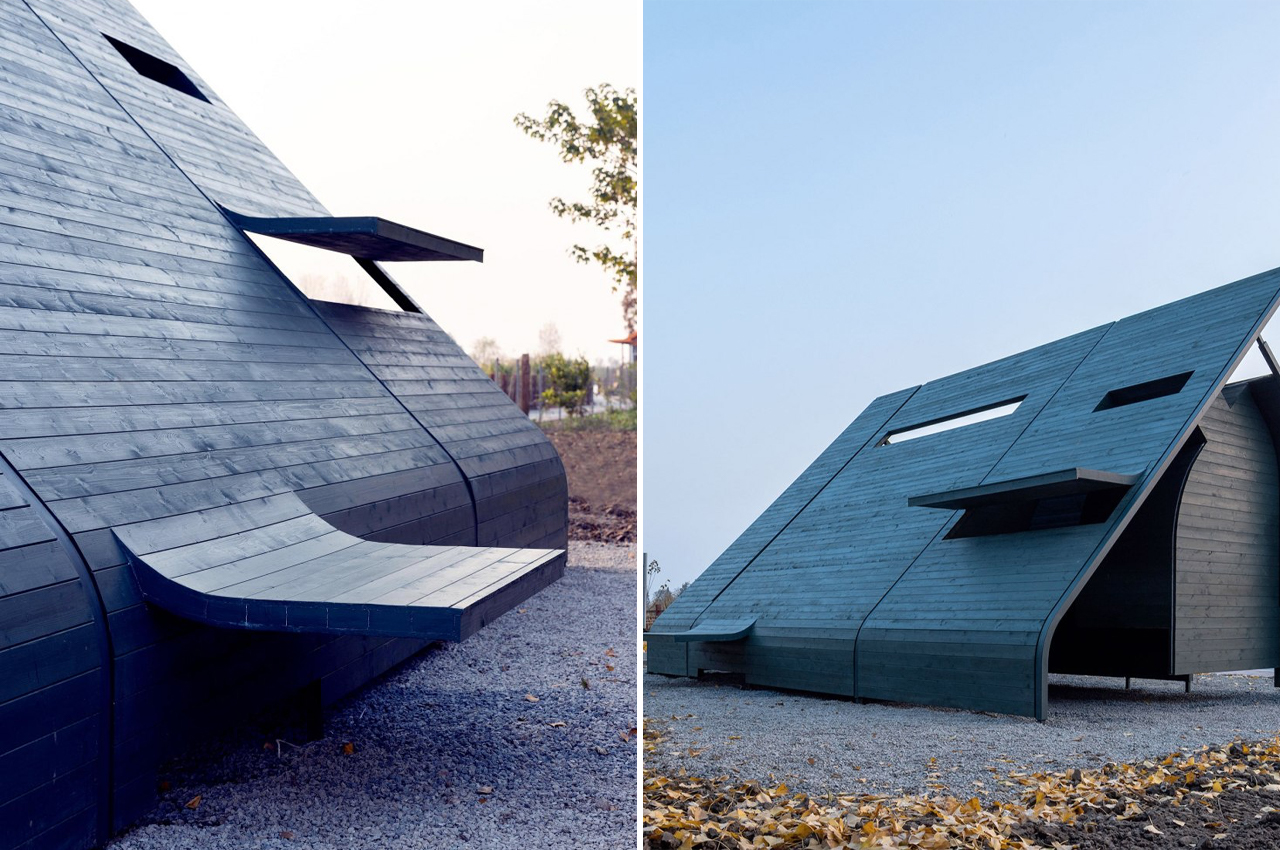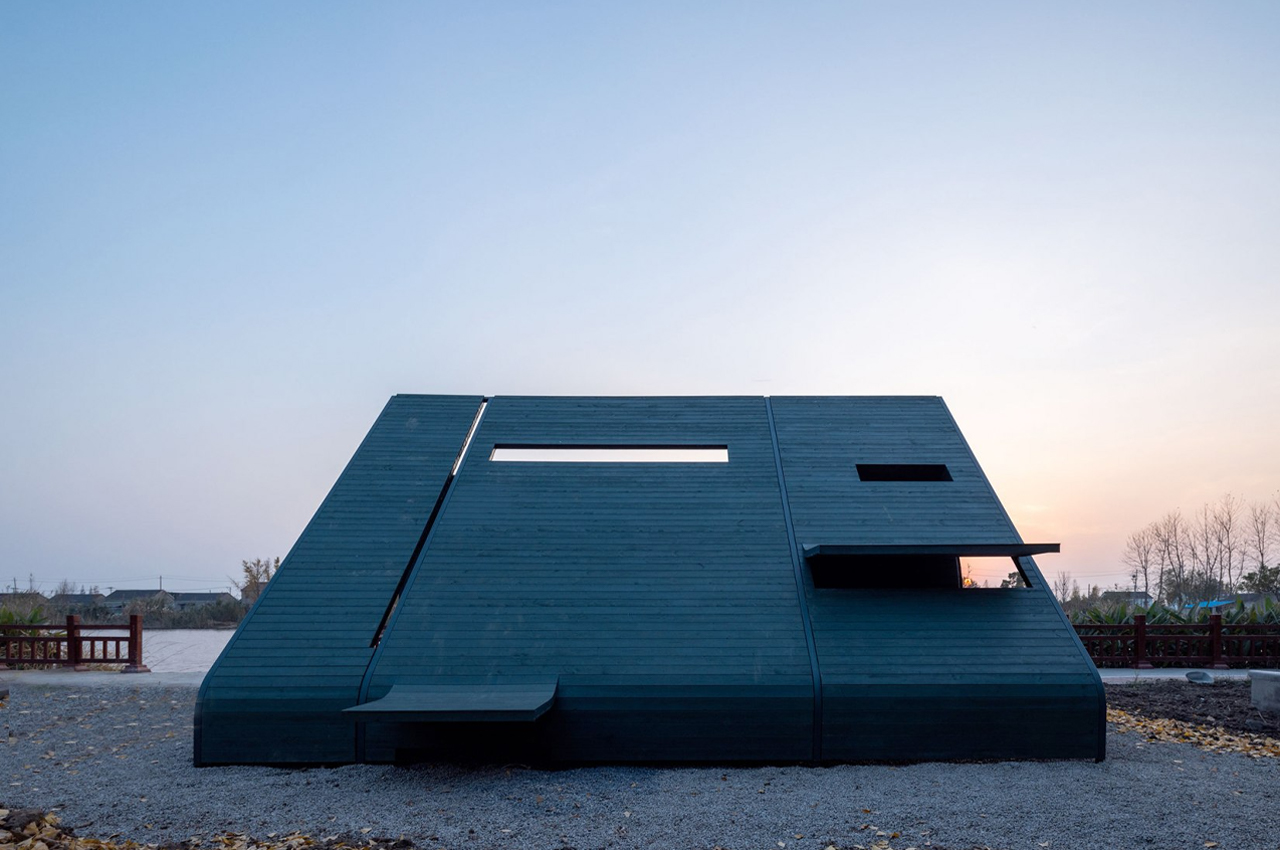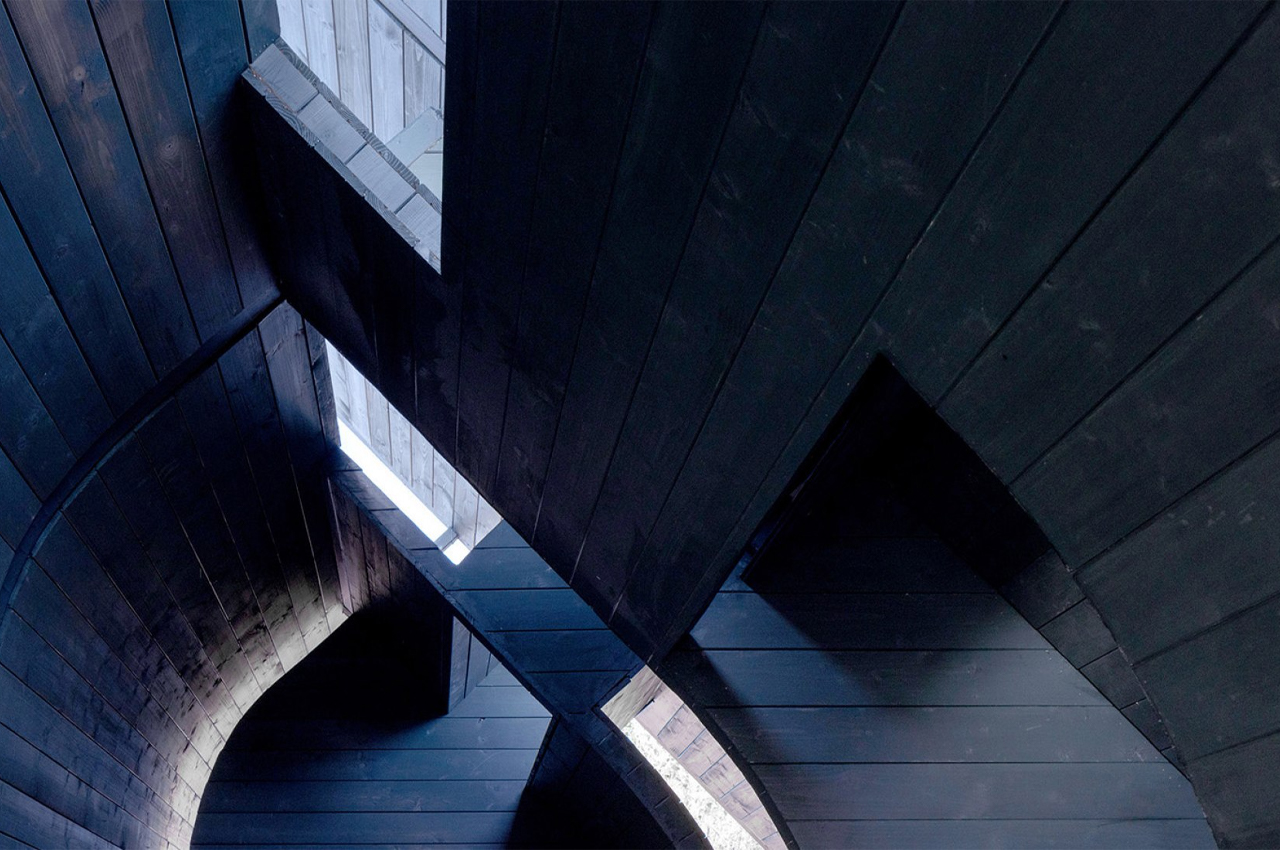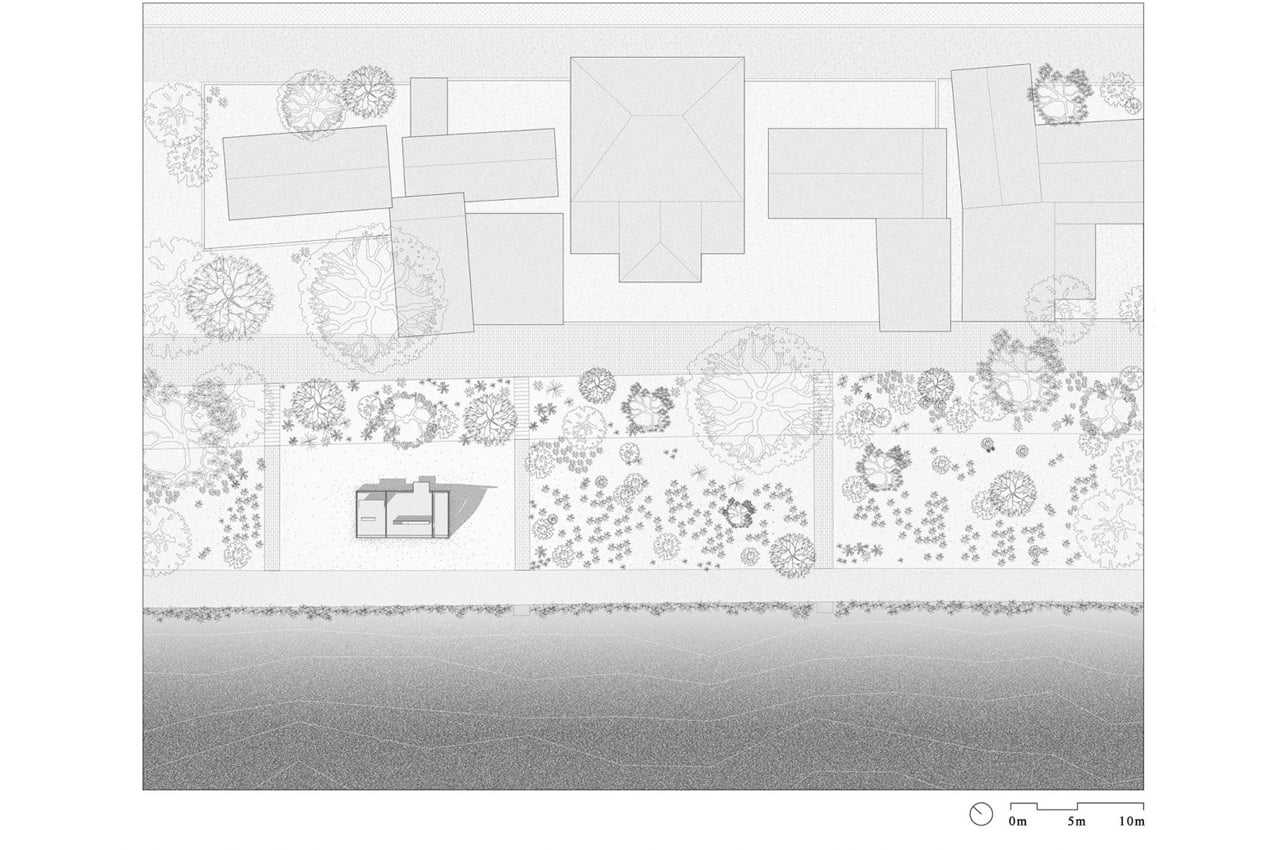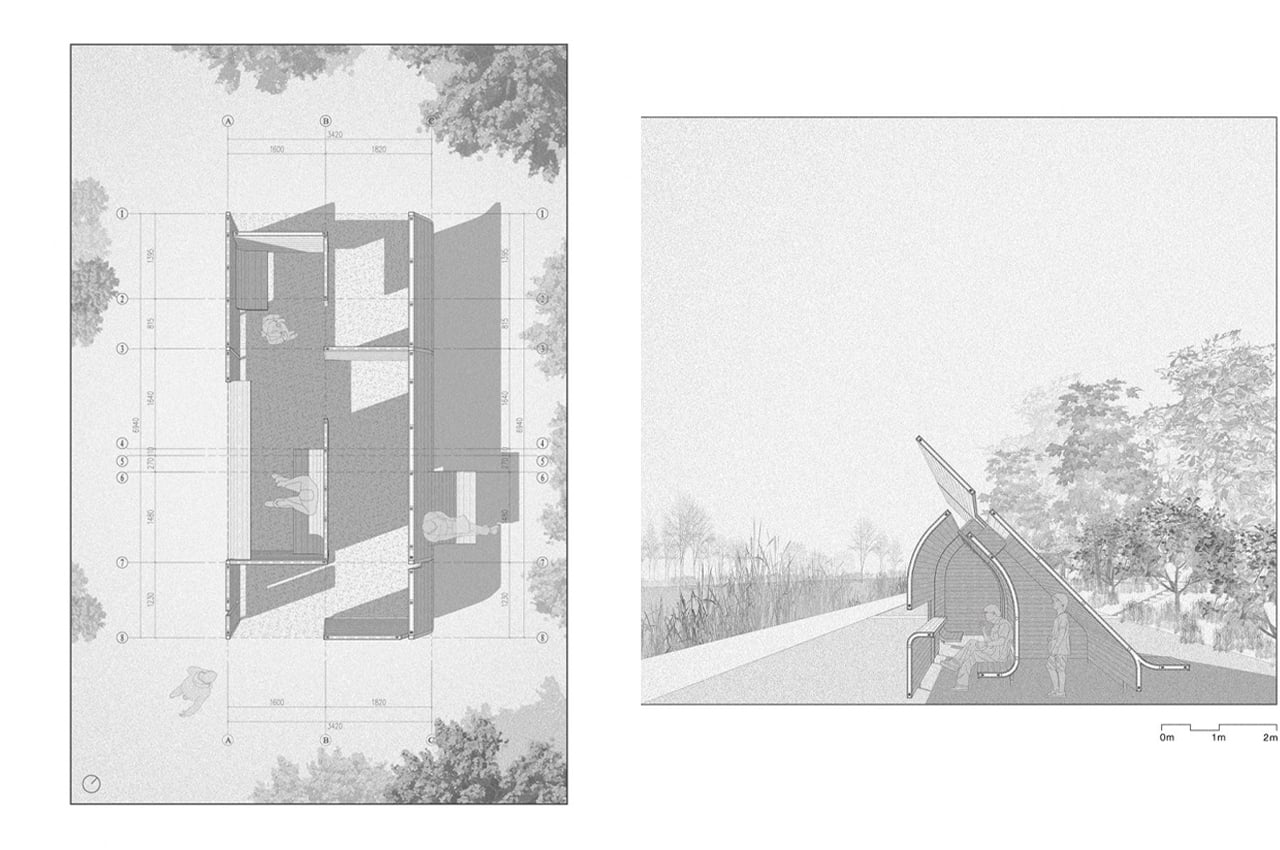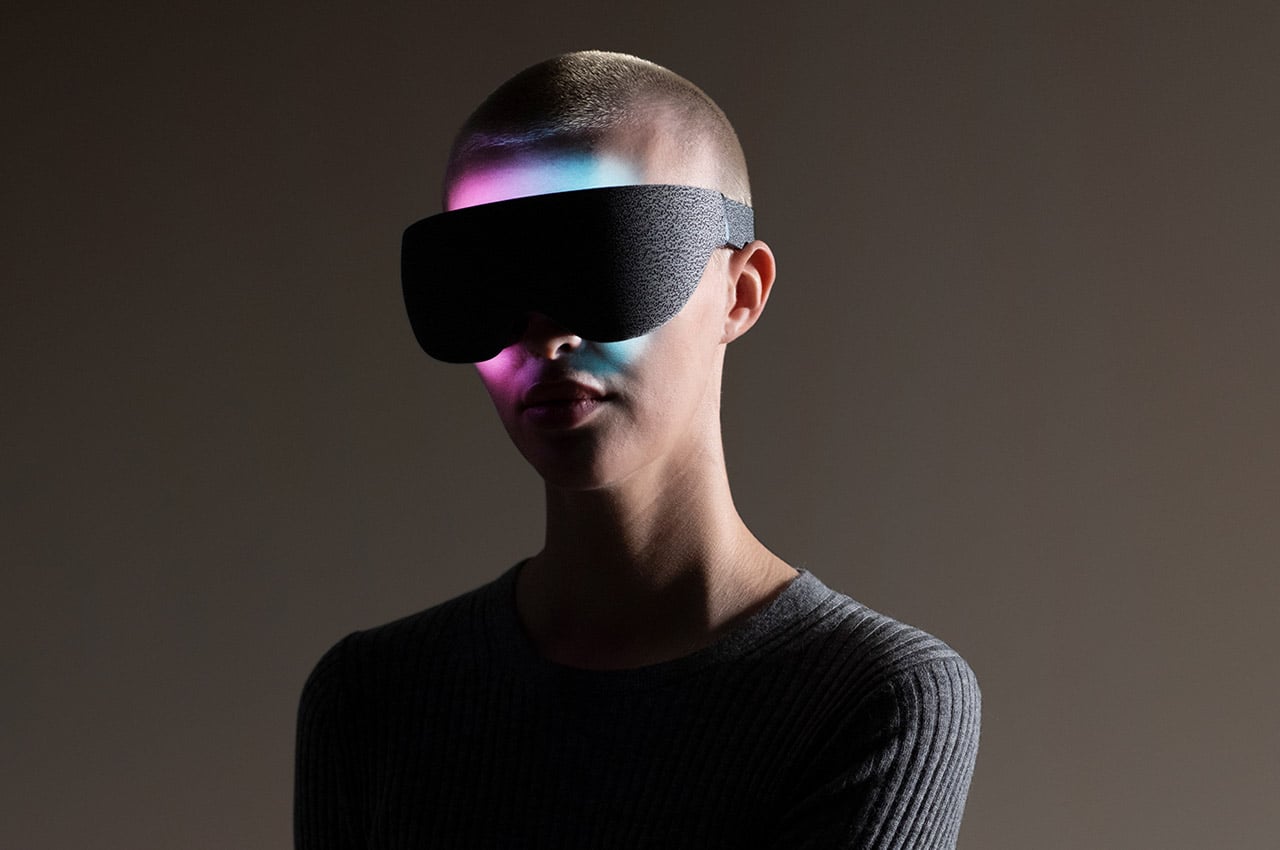
Look, I know life can get hectic and work can be super exhausting. Add a global pandemic to the mix, and it’s a recipe for disaster! Especially for our mental health. Taking care of our mental well-being has never been more essential, considering how troubling the times are. As much as we tend to pay attention to our physical well-being, it’s time to do the same for our mental health. Meditation can really help you unwind, release stress, and create an overall tranquil mindset. Although if you’re anything like me, sitting still without a single thought in your head can seem damn near impossible! Hence we’ve curated a collection of innovative gadgets to help you master the art of meditation. From a meditation headset designed by Layer, to a foldable bed that uses sound and vibration to help you meditate – these inventive product designs are all you need to inculcate meditation sessions into your daily routine! Start your day or end it on a peaceful and tranquil note. You can thank us later!
1. The LightVision meditation headset
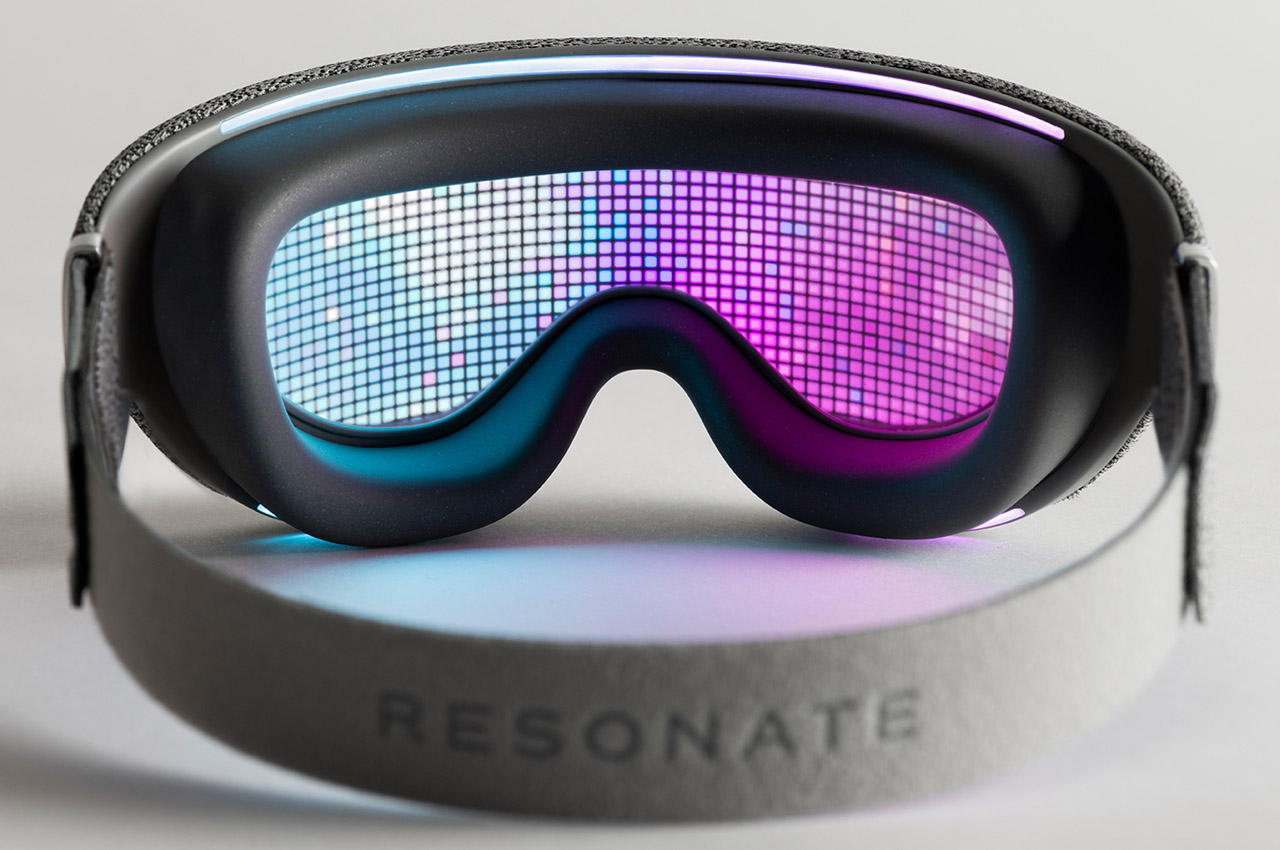
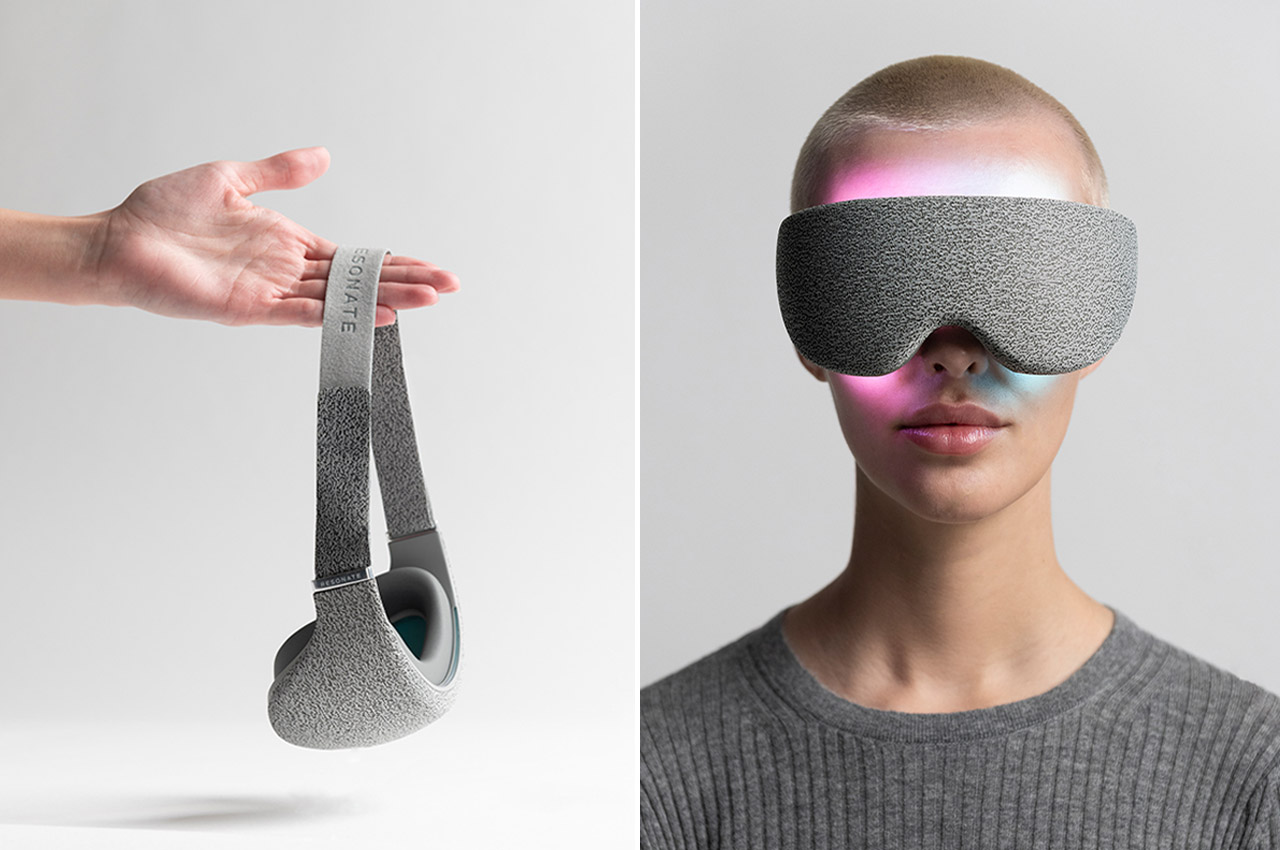
Layer Design has once again demonstrated its knack for winning creations with the LightVision meditation headset designed for US-based tech startup Resonate. The headset is an array of LED lights that create a layer of magic to the visual feed for the user – literally turning the natural videos being cast into a sequence of biomorphic patterns. Amazingly, these patterns are visible to the closed eyes as the ever-changing kaleidoscope of sequences creates a sensory input. This triggers the brain’s “frequency-following response” according to Layer Design. The ergonomic form of the headset sits comfortably around the face and the eyes for a distraction-free restful state of mind. The latter as you know is very hard to achieve since the mind wanders into realms you otherwise don’t want it to.
2. The Soul
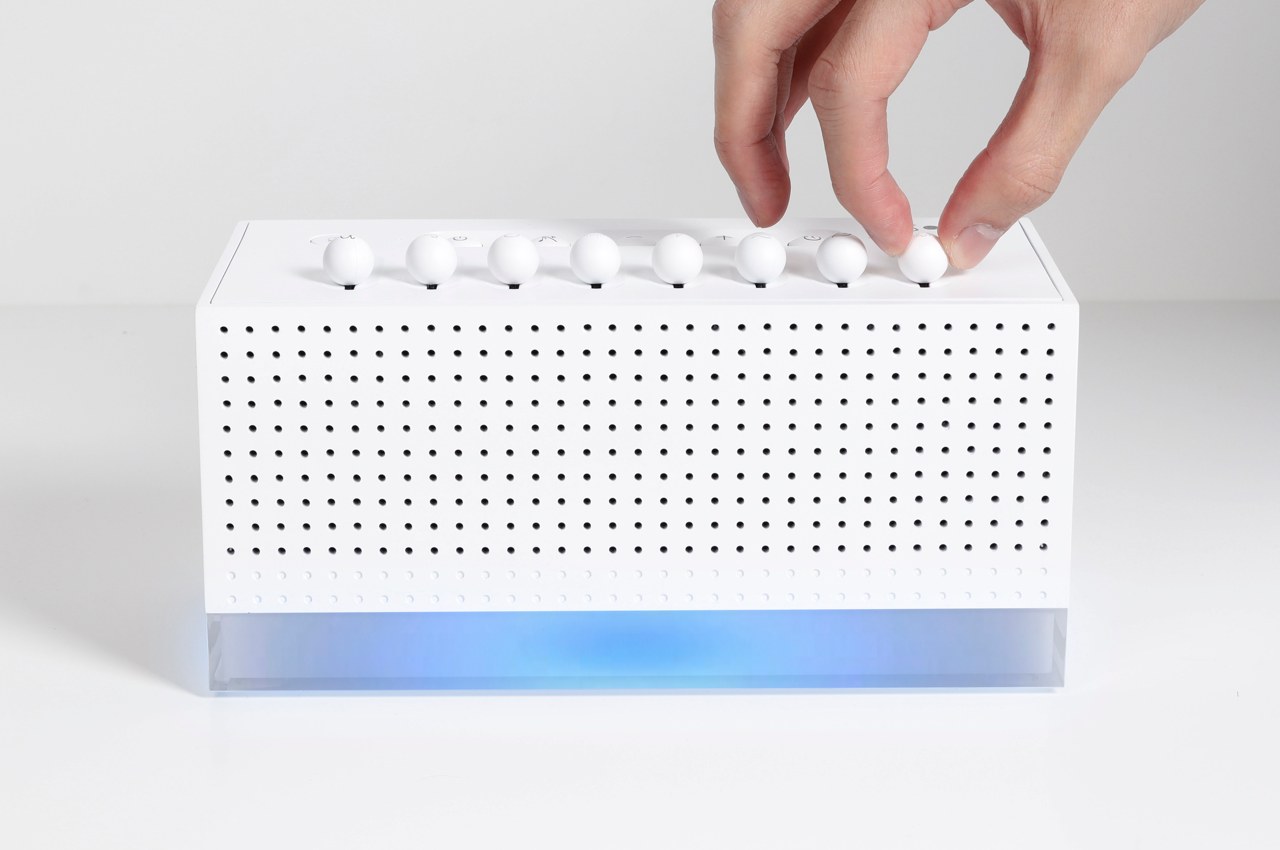
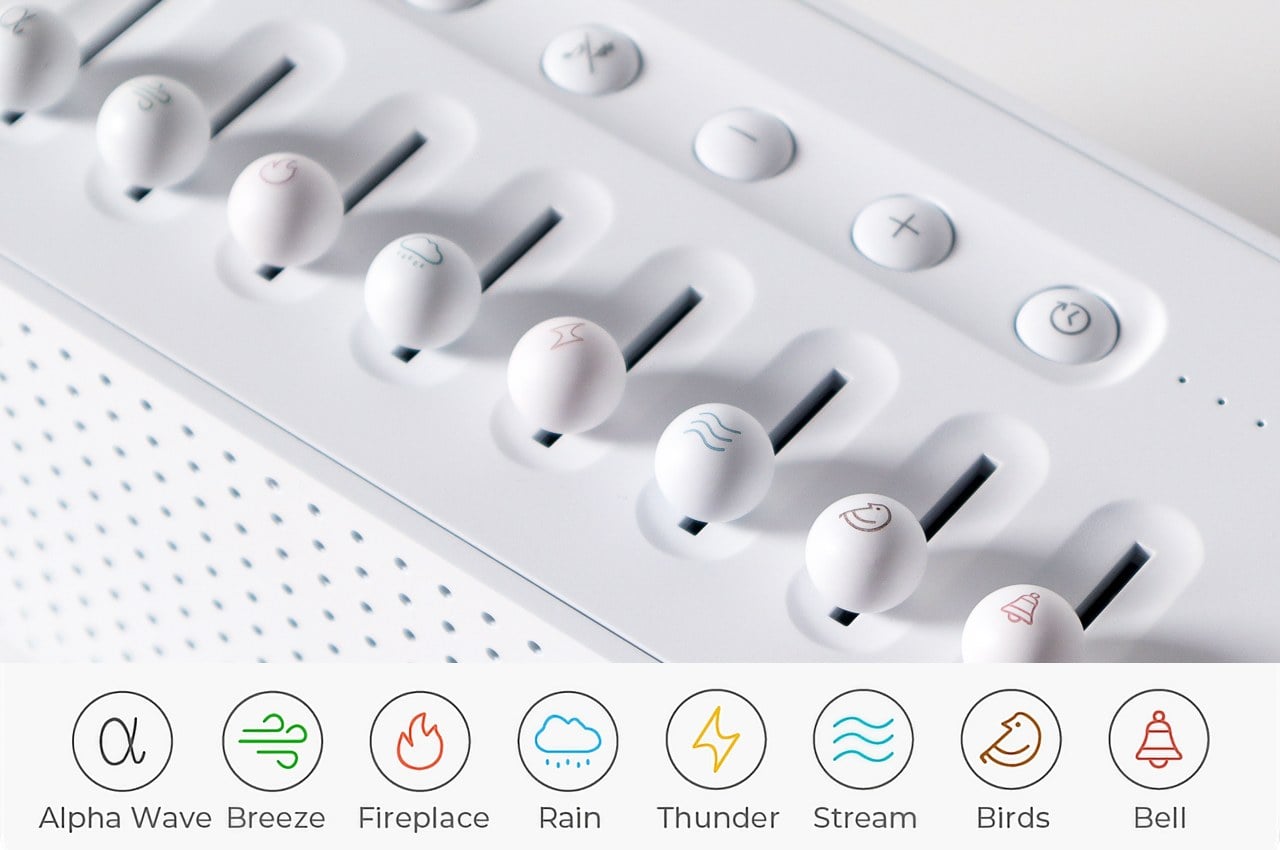
Designed with a specific goal in mind – of bringing you to your place of Zen – the SOUL ambient sound generator boasts of a pure all-white minimalist form factor, with 8 tactile sliders on the top and ambient lighting at the base of the speaker. It doesn’t need connecting to your Wi-Fi, doesn’t come with an app, doesn’t have Bluetooth… It’s one job is to help calm you down and not inundate you with features, trackers, paid subscriptions. The sliders on the top are shaped like tactile spherical sliders that let you build out your soundscape, letting you choose between sounds you want and how loud you want them.
3. Muse S
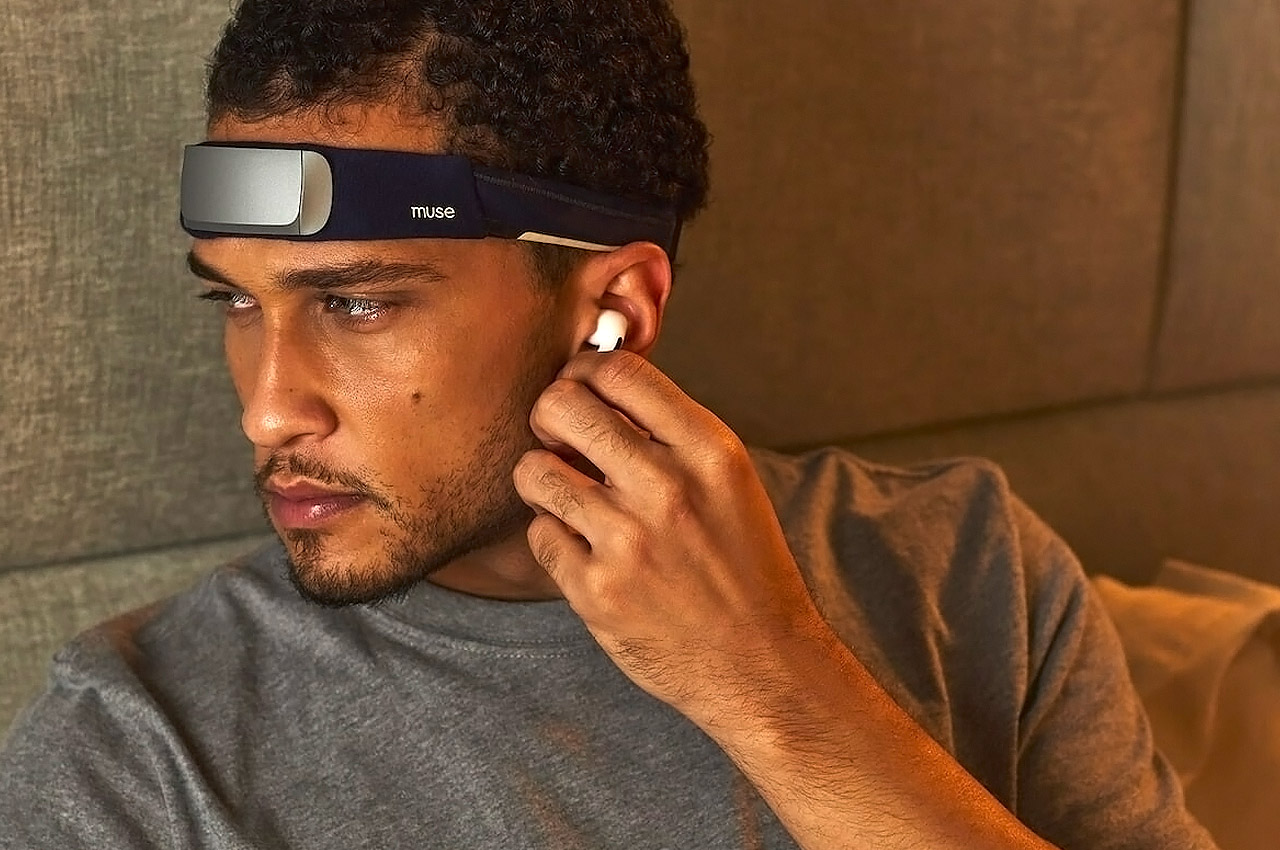
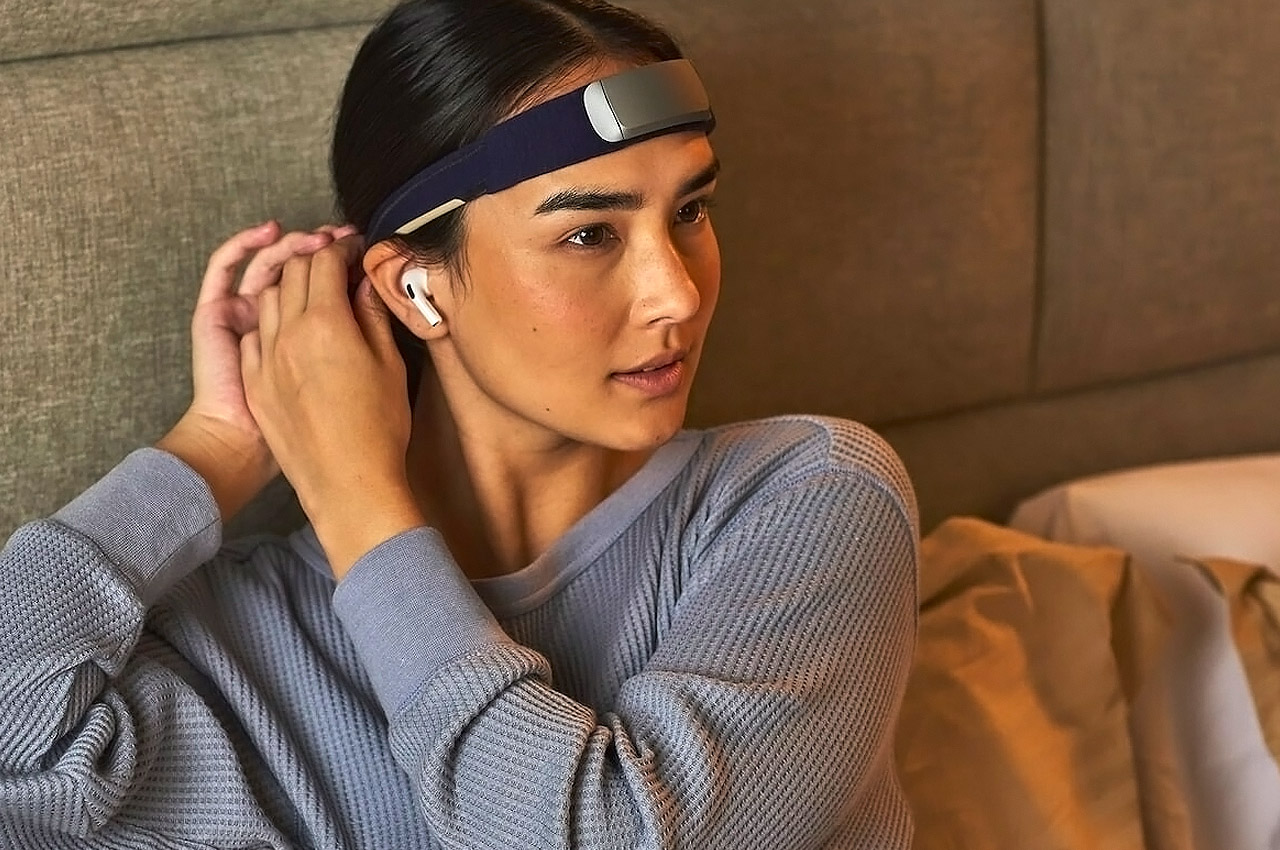
The Muse S is an innovative meditation and sleep headband equipped with a mind-blowing feature – the Digital Sleeping Pill. The intriguing feature helps you drift off to sleep, if you wake up at night, and find yourself struggling to fall asleep again. Created from rayon, spandex, and nylon, the comfortable wearable boasts a 10-hour battery life, and diligently tracks your sleep, body, heart, breath, and mind. The device creates a precise report of your sleeping pattern and habits. Its lightweight form makes it pretty comfy to sleep in as well! Creating and maintaining a consistent and healthy sleeping pattern has never been easier with the Muse S. Currently in its 3rd generation, the new and improved design completely beats its predecessors!
4. Core Meditation Trainer

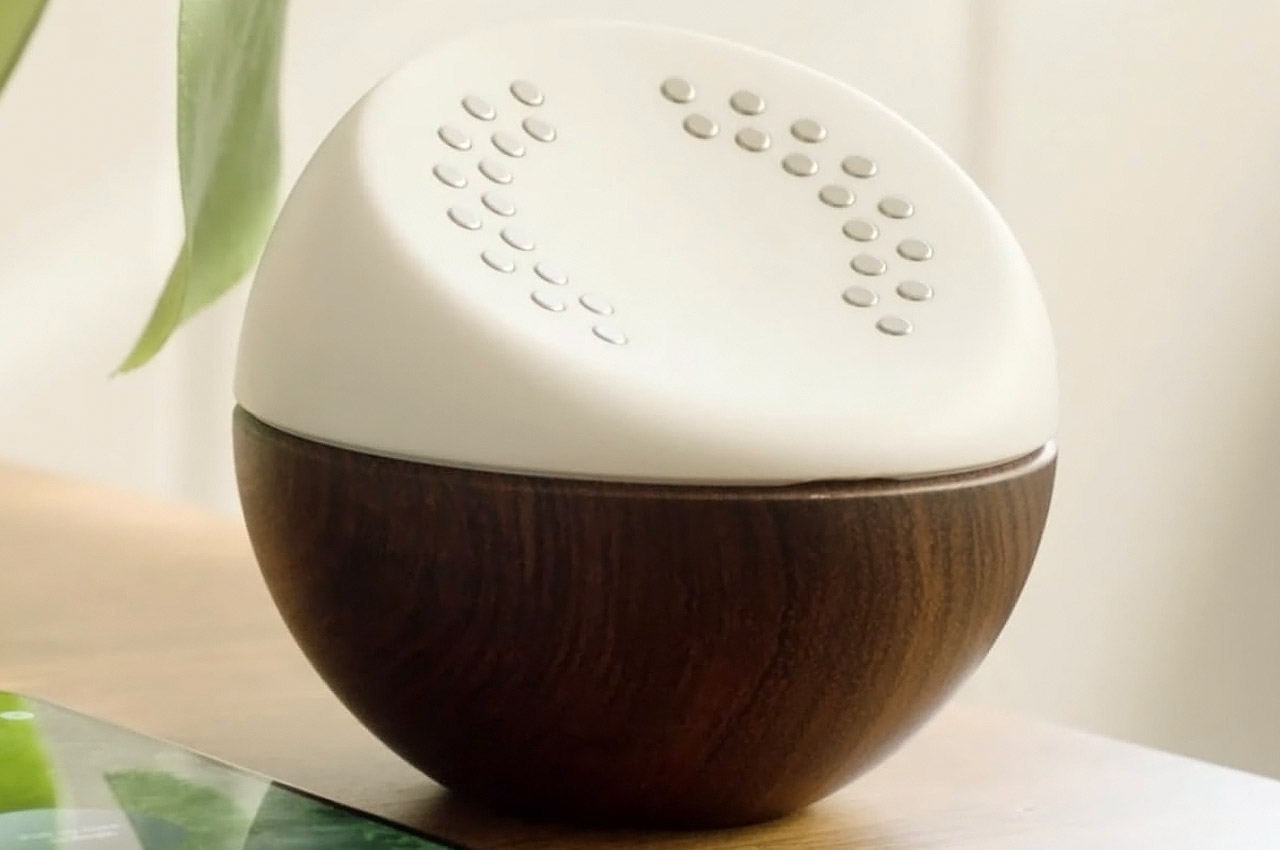
Built from rosewood, the Core Meditation Trainer is perfect for tracking your meditation journey and keeping a tab on your progress! It maintains a record of your meditation history, allowing you to carefully note how far you’ve come. A built-in ECG sensor keeps the device updated as to when you’re meditating. A monthly or annual subscription gives you access to a variety of meditation experiences and exercises, to help build up your meditative abilities and duration. Core’s aesthetics are natural, minimal, and warm, further inculcating a sensation of mindfulness and serenity.
5. The Petal Chair
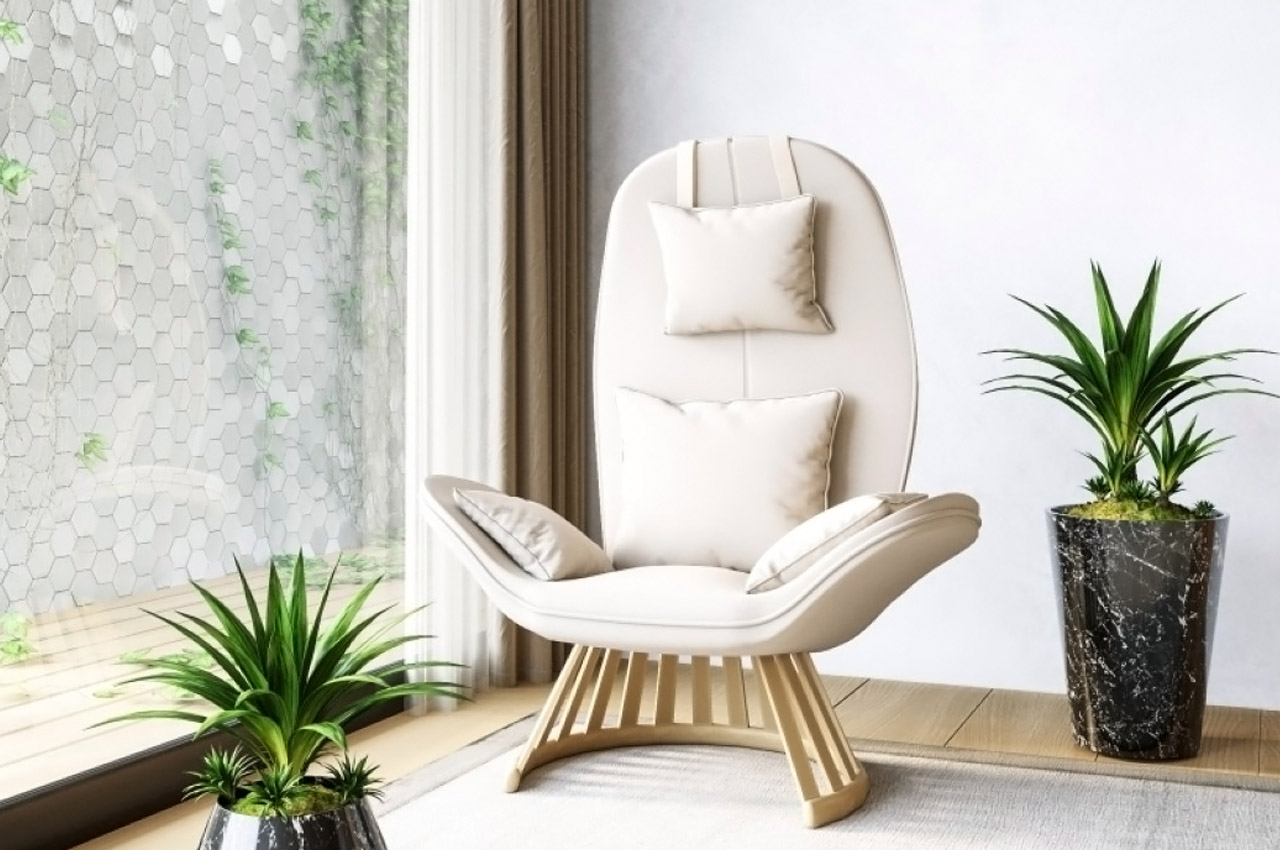
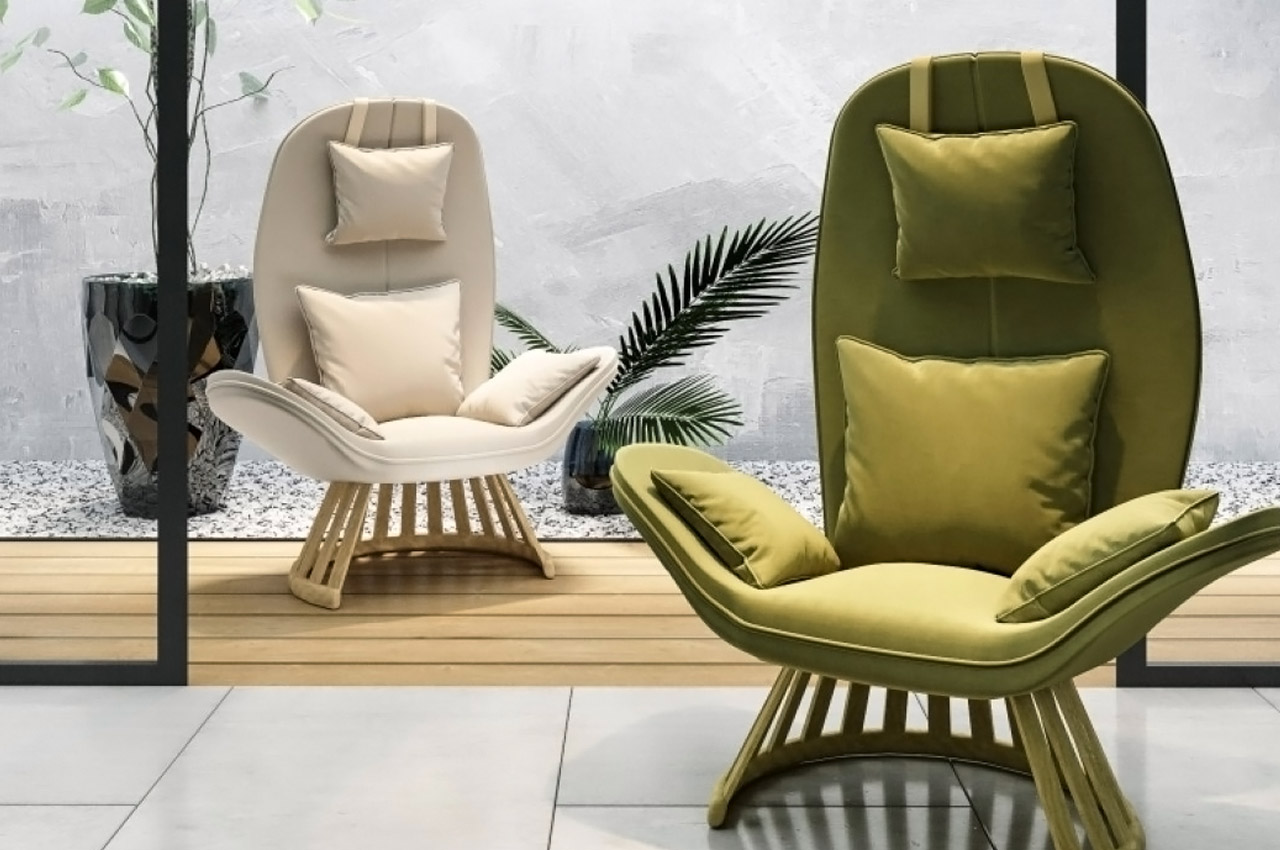
Meet the European Product Design Award-winning chair that looks to flowers for furniture inspiration. The chair comes with three gently curved petals, almost resembling an exotic orchid. The chair’s diagonally slanted armrests are wonderful for relaxing your weary limbs as well as sitting in the yogic lotus posture, with your legs folded inwards. To reinforce the chair’s sense of comfort, it comes with pillows for cushioning, suspended using extendable straps that you can height-adjust for that comfortable sweet spot. “The Petal armchair is designed to change the position of the body and improve blood circulation. It gives the ability to take a break and restore your mental balance”, says the St. Petersburg-based design studio, Alter Ego.
6. The Opus SoundBed
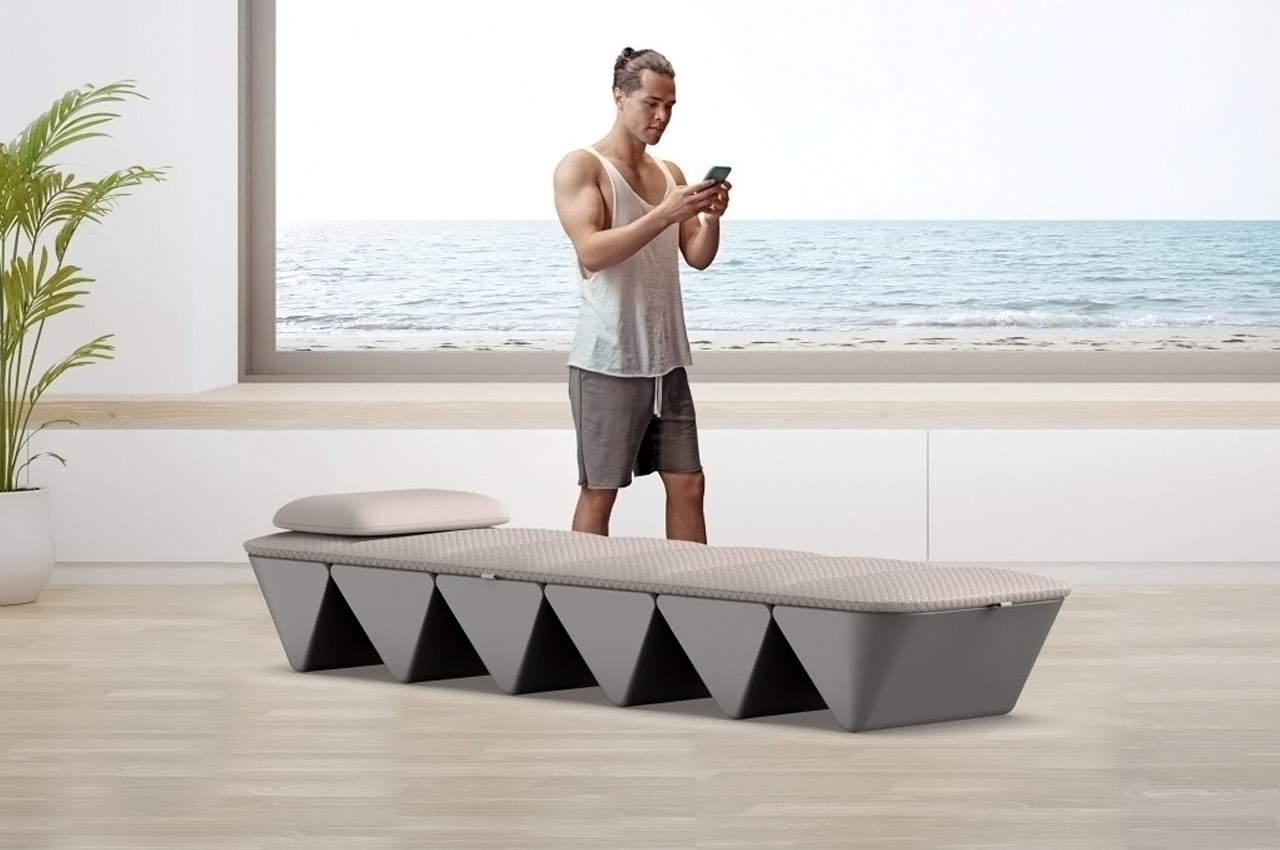
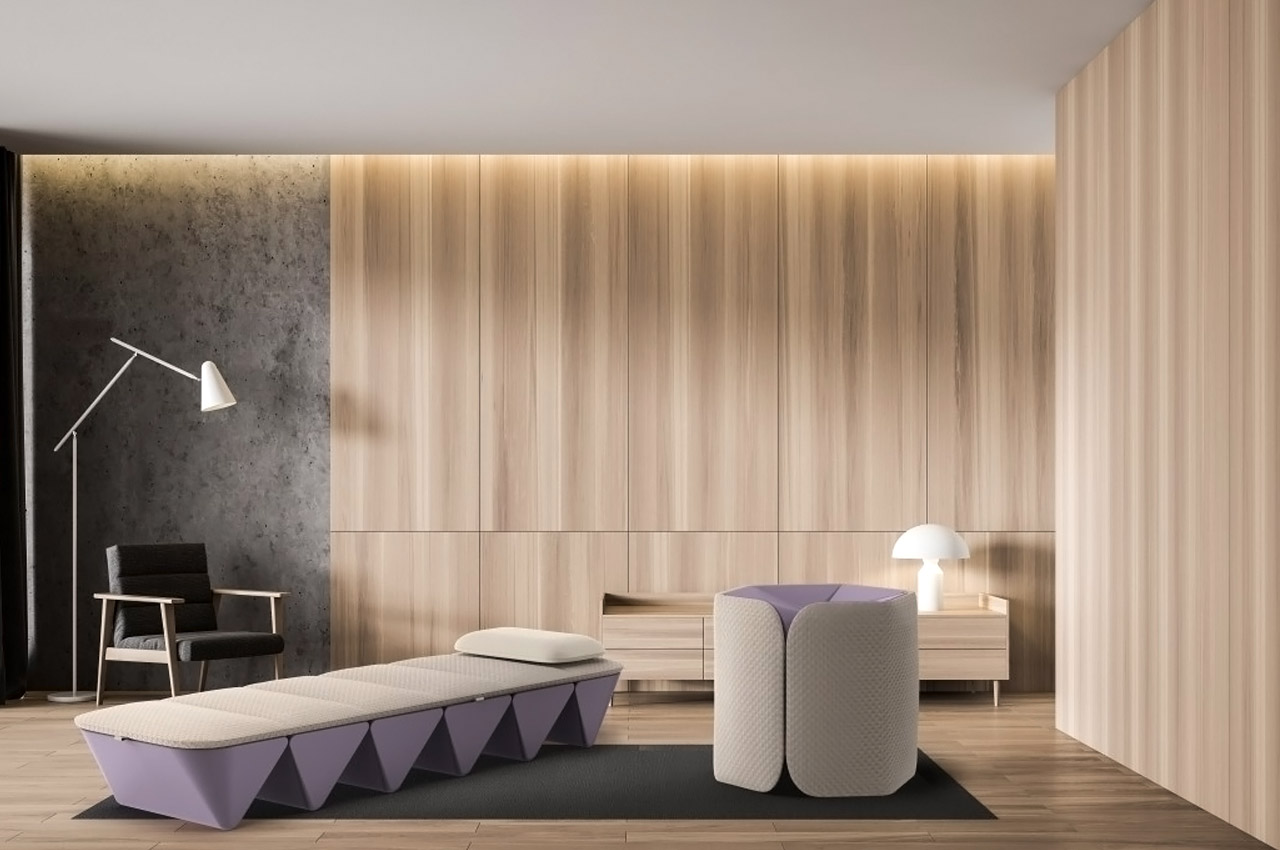
Combining ‘Spatial Sound and Vibration with Proven Healing Practices’, the Opus SoundBed Opus uses a unique folding design to compress down to the size of an ottoman pouf. The bed, when fully opened, aims at providing an at-home multisensorial experience that “recharges the body and restores the nervous system”, according to physician Dr. Molly Maloof. Full-body vibrations and spatial sound provide an upgraded approach to therapy and healing, helping the body reduce stress and release the hormones associated with happiness and euphoria. The entire experience is powered by the Opus Journeys
Opus uses a unique folding design to compress down to the size of an ottoman pouf. The bed, when fully opened, aims at providing an at-home multisensorial experience that “recharges the body and restores the nervous system”, according to physician Dr. Molly Maloof. Full-body vibrations and spatial sound provide an upgraded approach to therapy and healing, helping the body reduce stress and release the hormones associated with happiness and euphoria. The entire experience is powered by the Opus Journeys app, which lets you set personal goals, activate therapy sessions, and even sign up for remote therapy events and live events with leading experts in mindfulness, relationships, peak performance, and more.
app, which lets you set personal goals, activate therapy sessions, and even sign up for remote therapy events and live events with leading experts in mindfulness, relationships, peak performance, and more.
7. OpenSeed
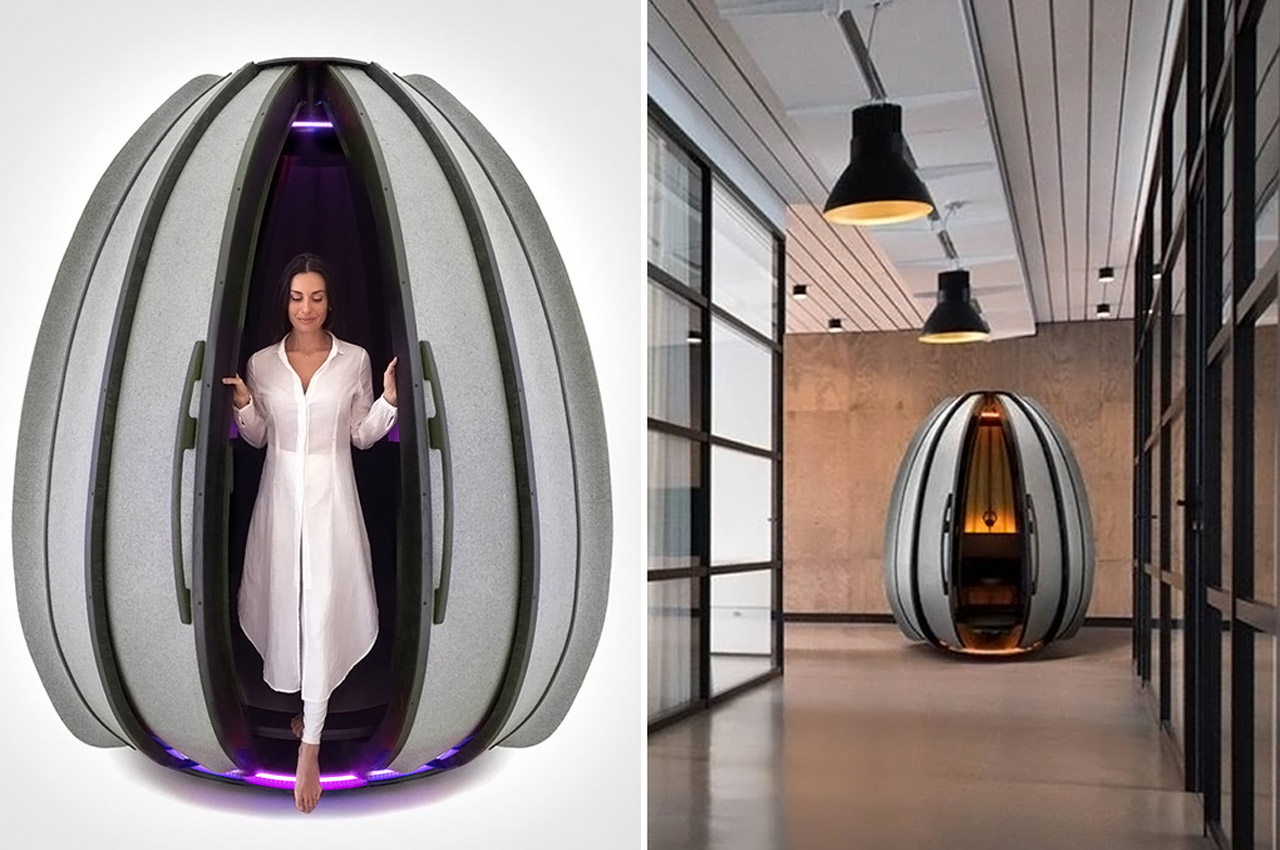
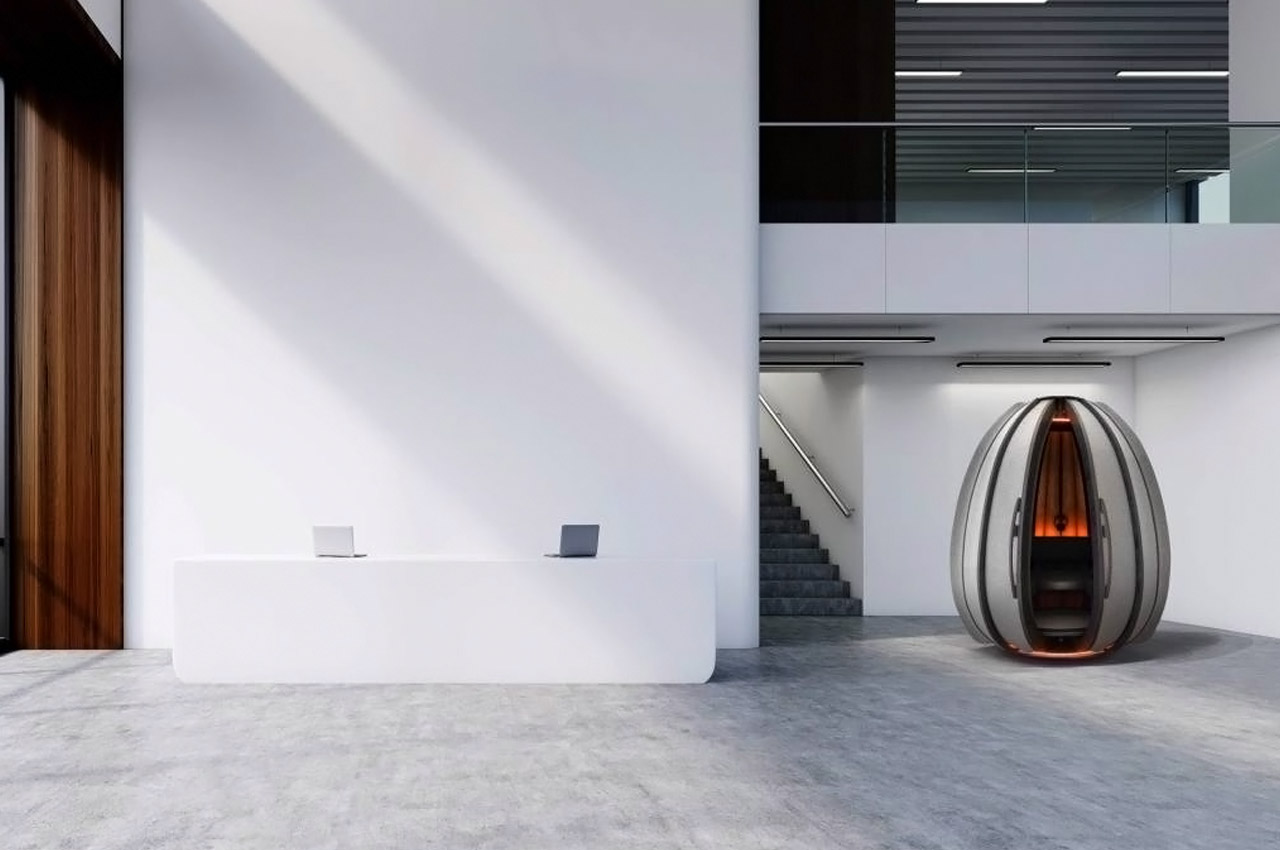
In the chaotic city life, where one doesn’t get a chance to revitalize, OpenSeed has a cool reason to recharge your mind, body, and soul even in crowded spaces. Ideally made for workplaces, luxury hotels, airport lounges, and public settings – this meditation pod is an amalgam of visual, audio, and sensory input for the user to calm down and take the journey inwards. The womb-shaped design aims to quiet the mind chatter and elevate performance for increased productivity. To achieve this, OpenSeed has got a tested and ideal mix of therapeutic ambient sounds matched with the lighting and essential oils to transition the senses to a happy state.
8. The LivLab HoomBand
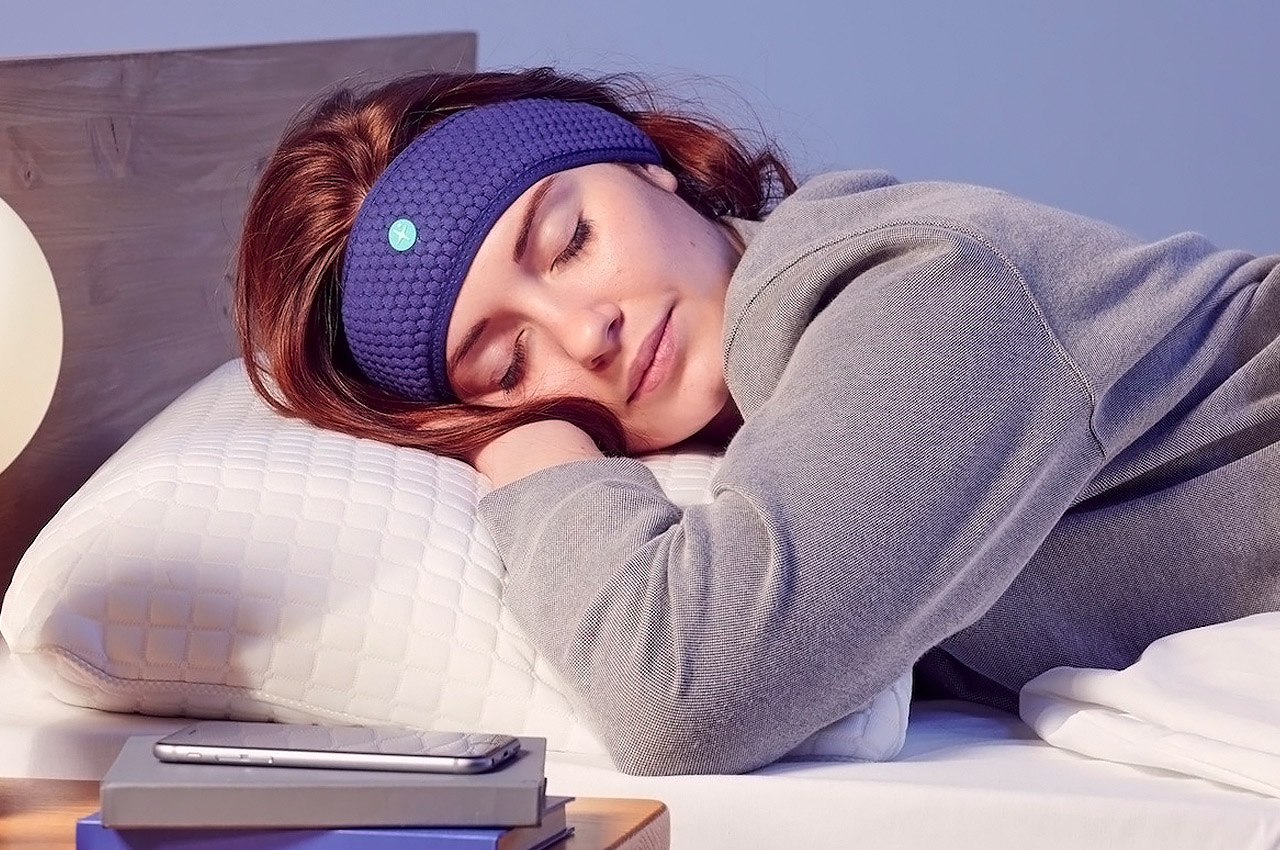

The LivLab Hoomband is a soft headband you can wear around your forehead to help you relax and unwind when you’re having trouble falling asleep. The headband can be connected to an app, allowing it to play guided meditations, hypnotic stories, soundscapes, white noise, and ASMR. The headband helps to eliminate your anxiety and create a general sense of wellbeing, enabling you to gently drift off to sleep. Created from a ventilated and elastic fabric, the headband is extremely comfy to wear, whether you’re walking around or in bed. The earphones are ultra-flat and thin, so you don’t even feel them! The Hoomband lets you effortlessly integrate a meditation session into your daily nighttime routine!
9. The Buda Ball
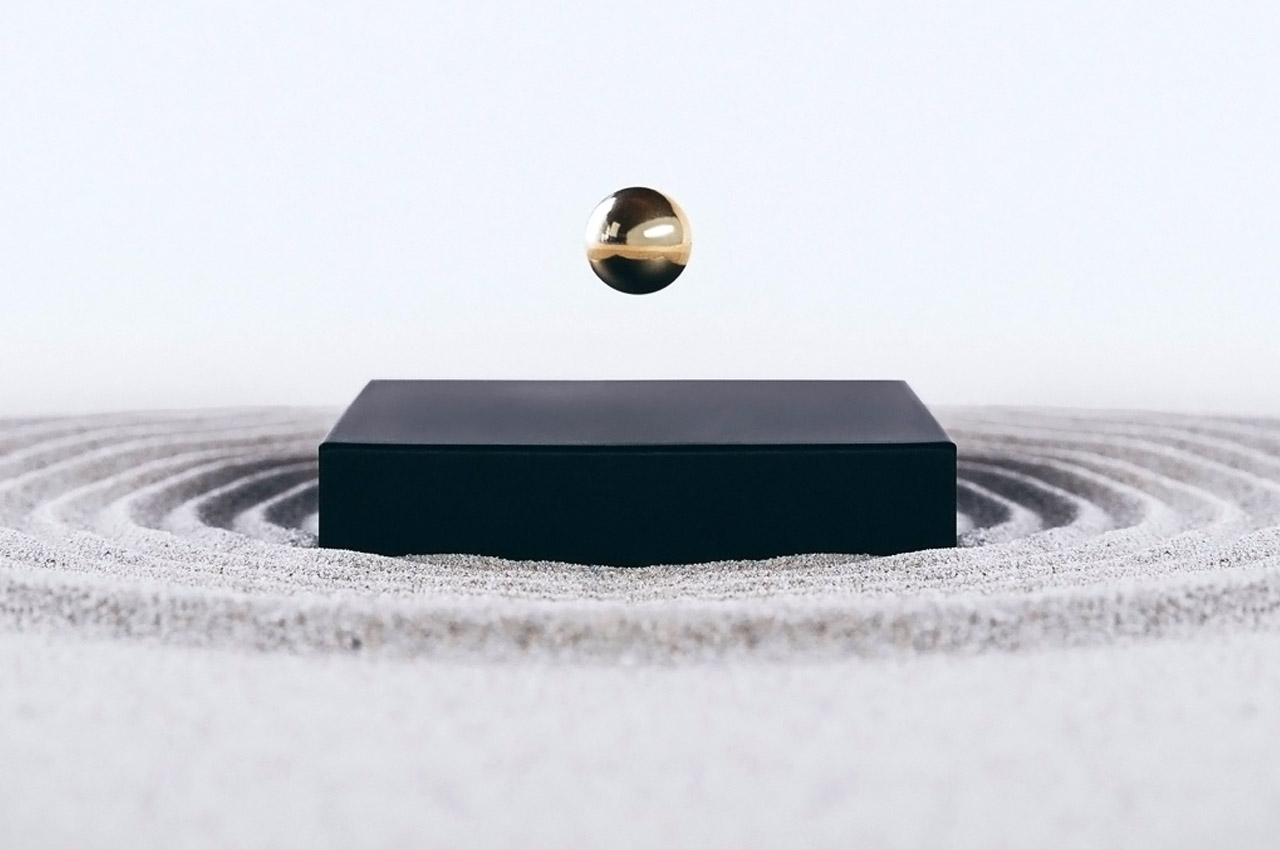
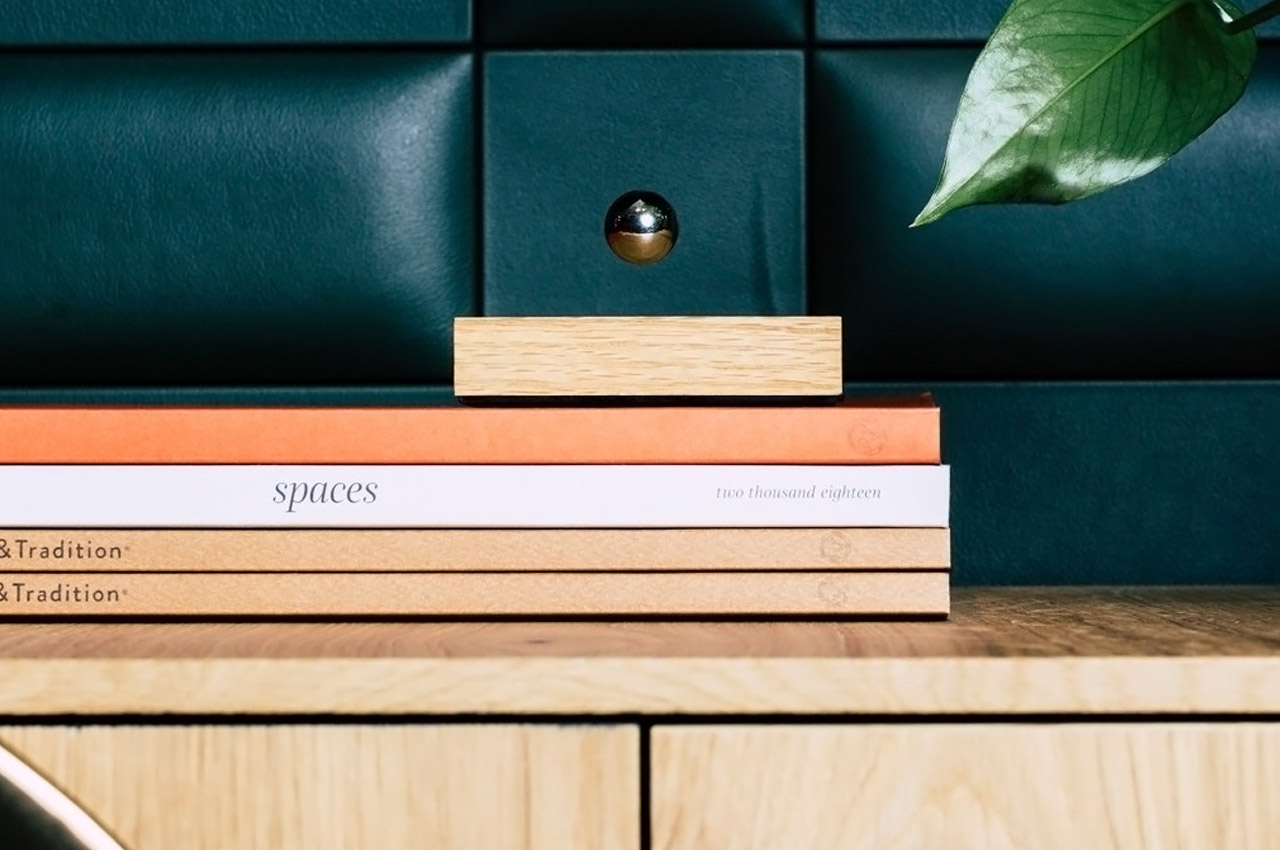
Designed by the team who created Flyte, the floating lightbulb that could illuminate without any wires, Buda Ball operates on the same principle of magnetic levitation. Instead of a tungsten bulb, however, the Buda Ball features a 20mm metal sphere that levitates against a wooden base. The Buda Ball’s special brand of levitating tech allows it to work horizontally as well as vertically, which means your ball and base could be placed either on a coffee table or even mounted on a wall. The ball, once lowered onto its electromagnetic base, finds its levitating position (with a little bit of practice) and floats with its signature carefree spirit. The idea is to emulate the ball, by clearing your surroundings, elevating yourself, and being in a state of carefree zen… sound familiar?
10. The Luma³ relaxation cube
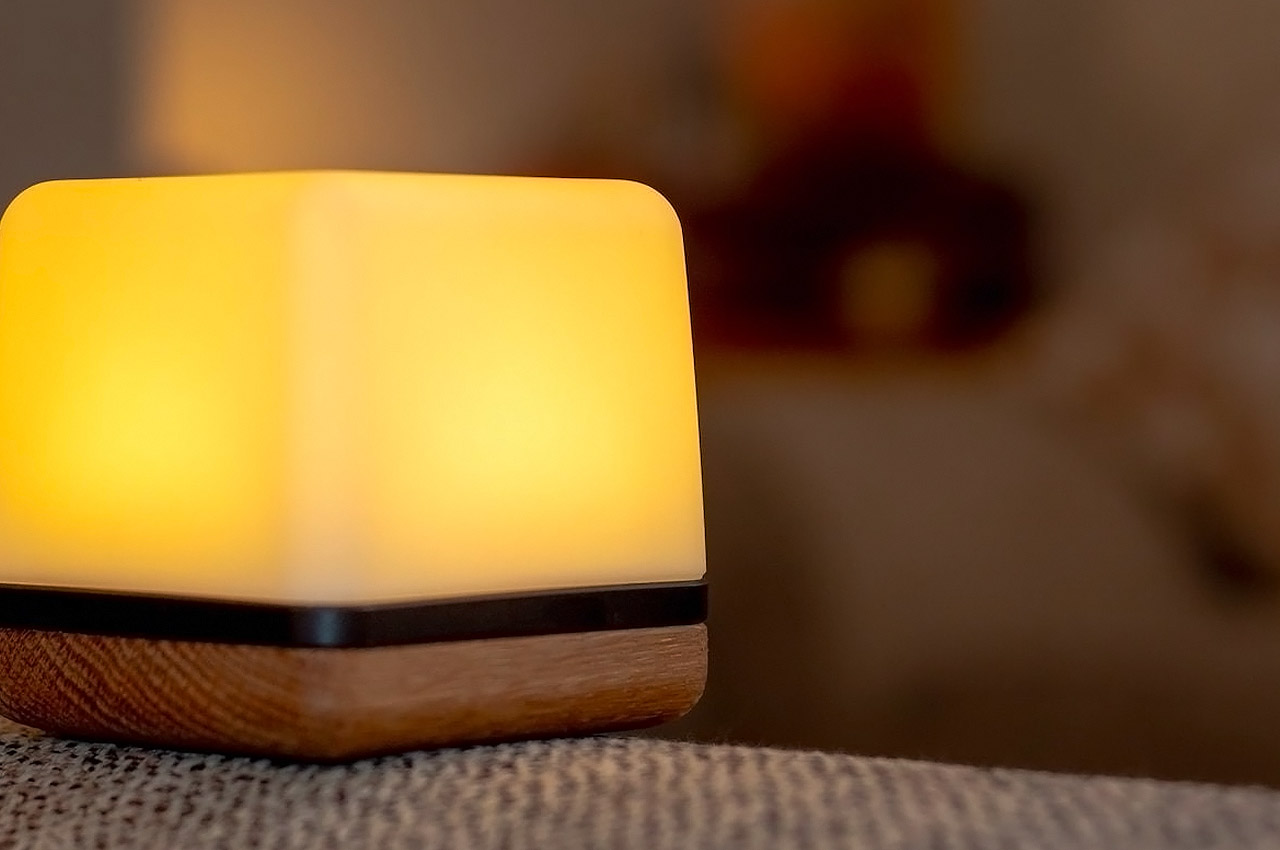
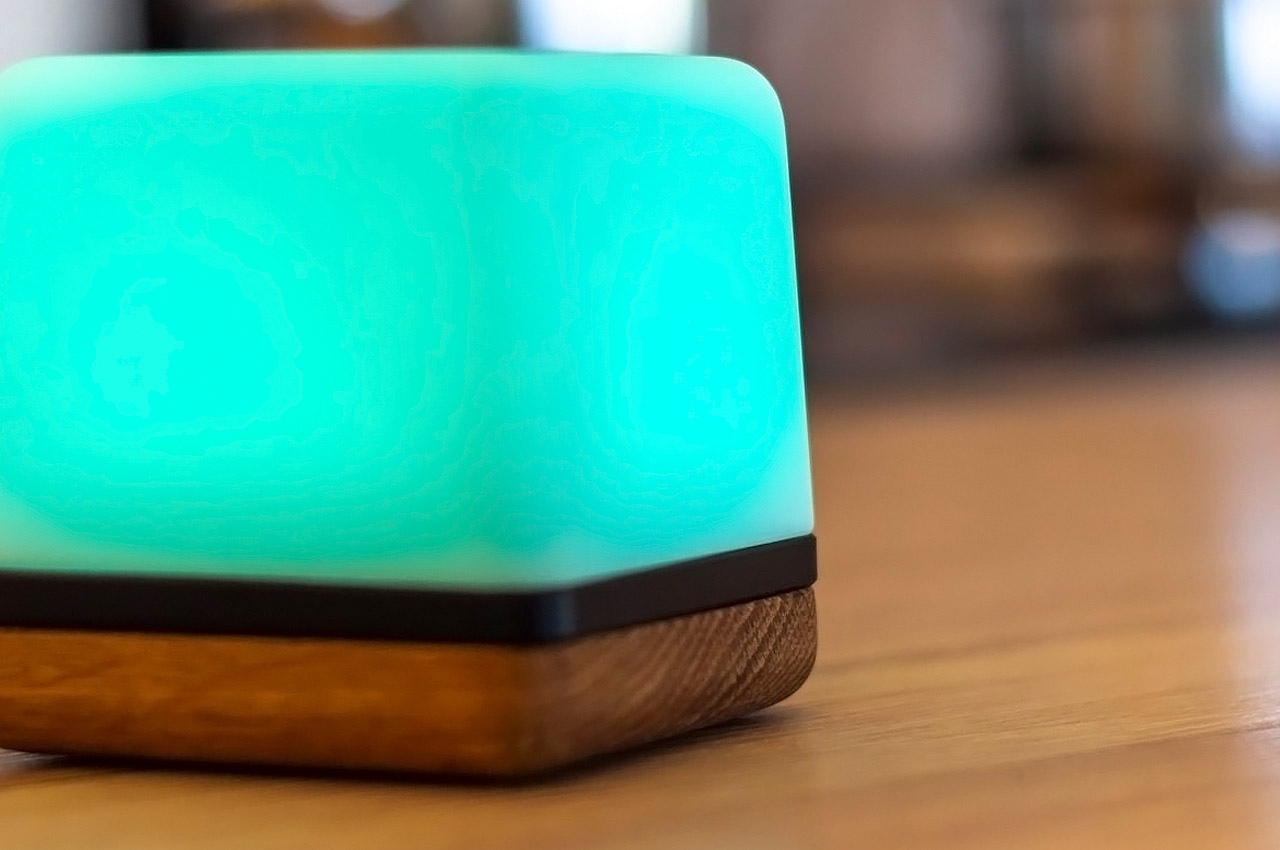
Every 55 minutes, the Luma³ relaxation cube gently prods and reminds you to take a 5-minute break to breathe, relax and refocus. It encourages you to perform 4 conscious breathing exercises, in turn reducing stress and boosting your overall productivity. It utilizes light and color to create a tranquil atmosphere, making it really helpful if you’re trying to relax before you sleep at night. It can guide you through a relaxing nighttime routine, allowing you to unwind after work, and coaxing you into a peaceful slumber.
The post The best gadgets to help you master the art of meditation during this pandemic first appeared on Yanko Design.
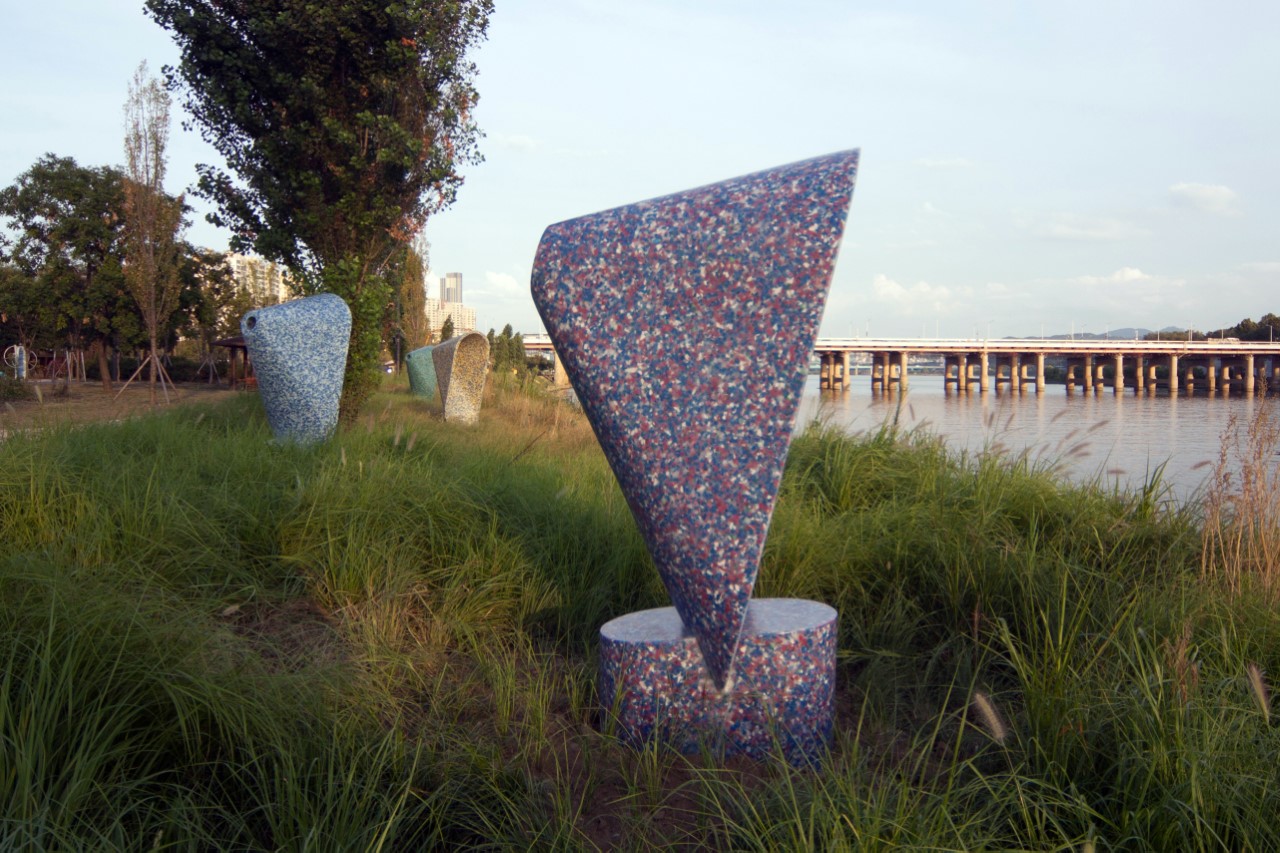
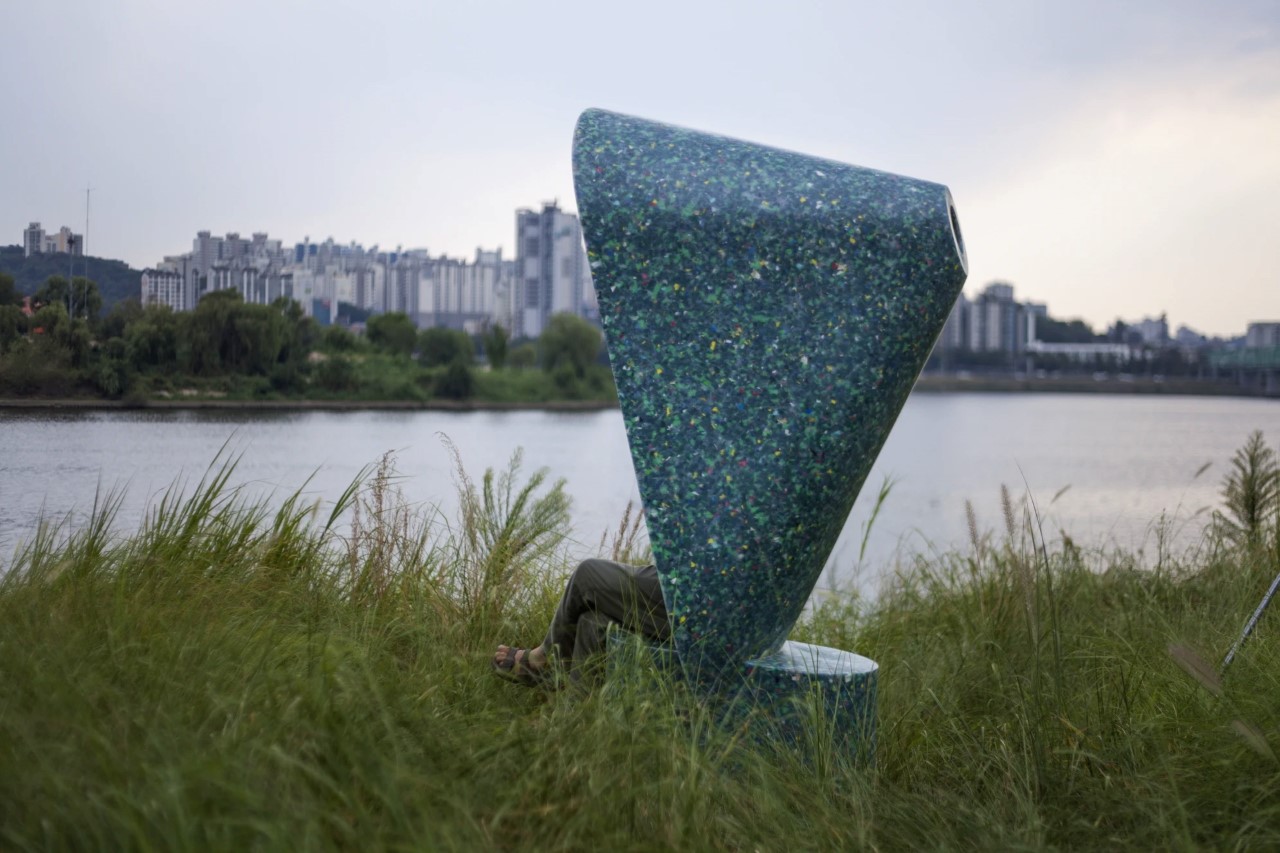
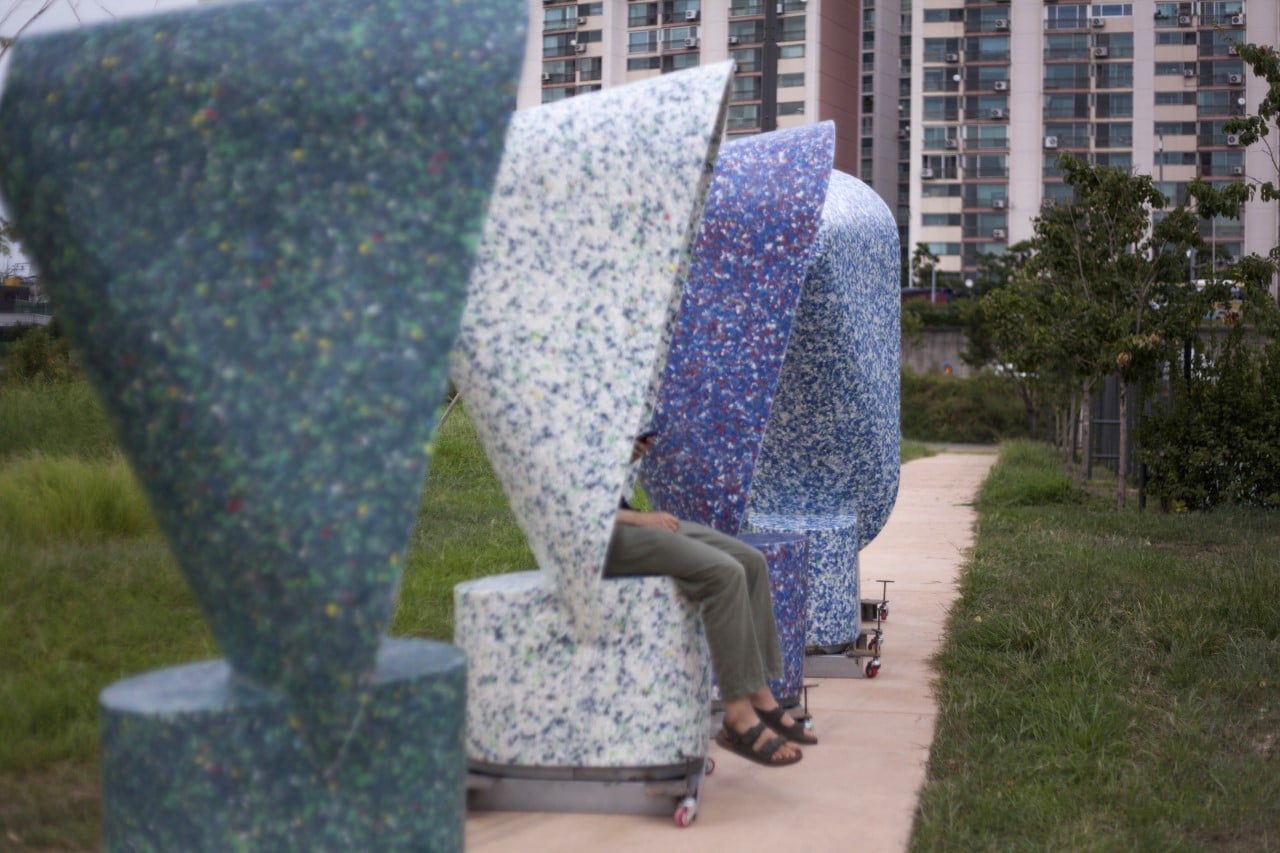
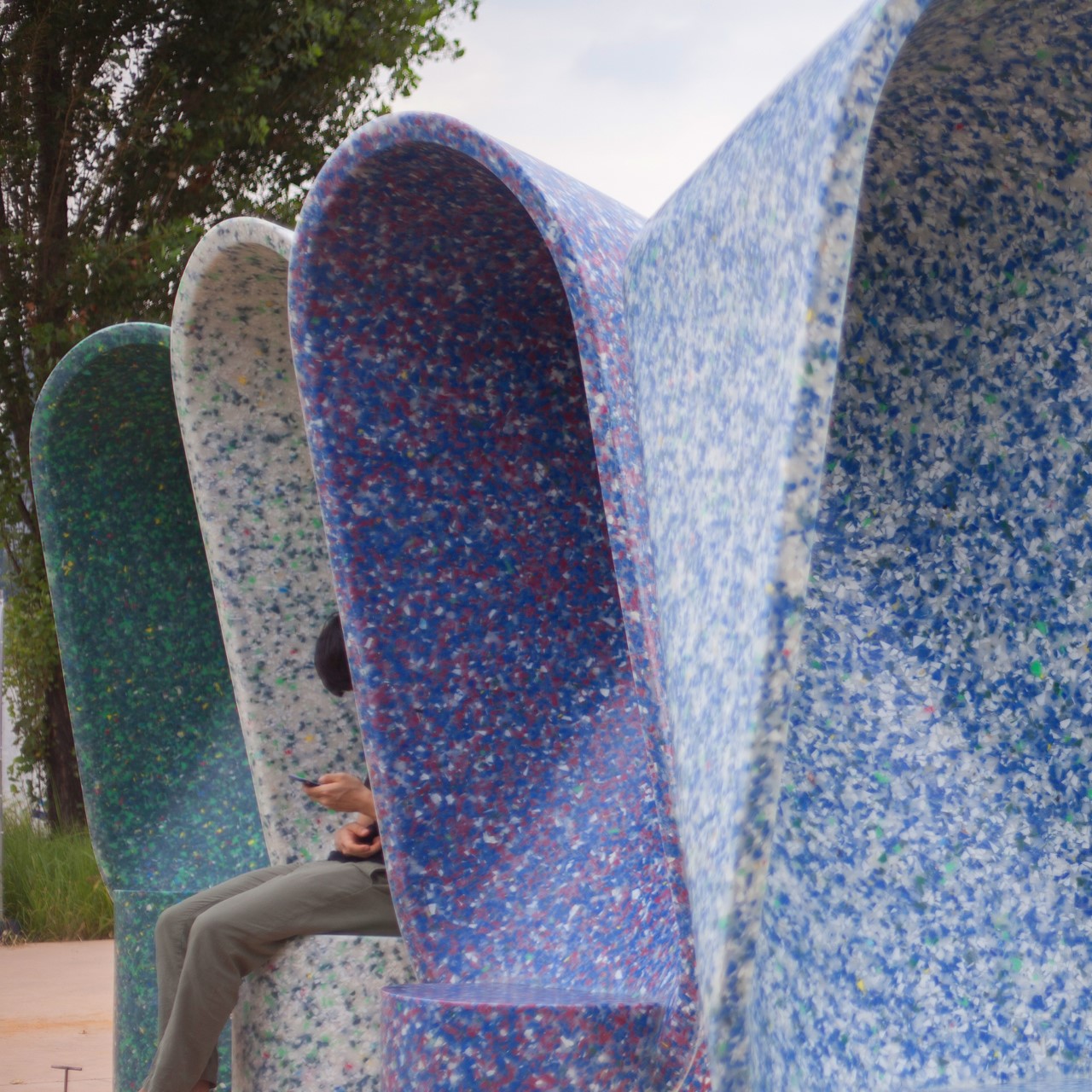
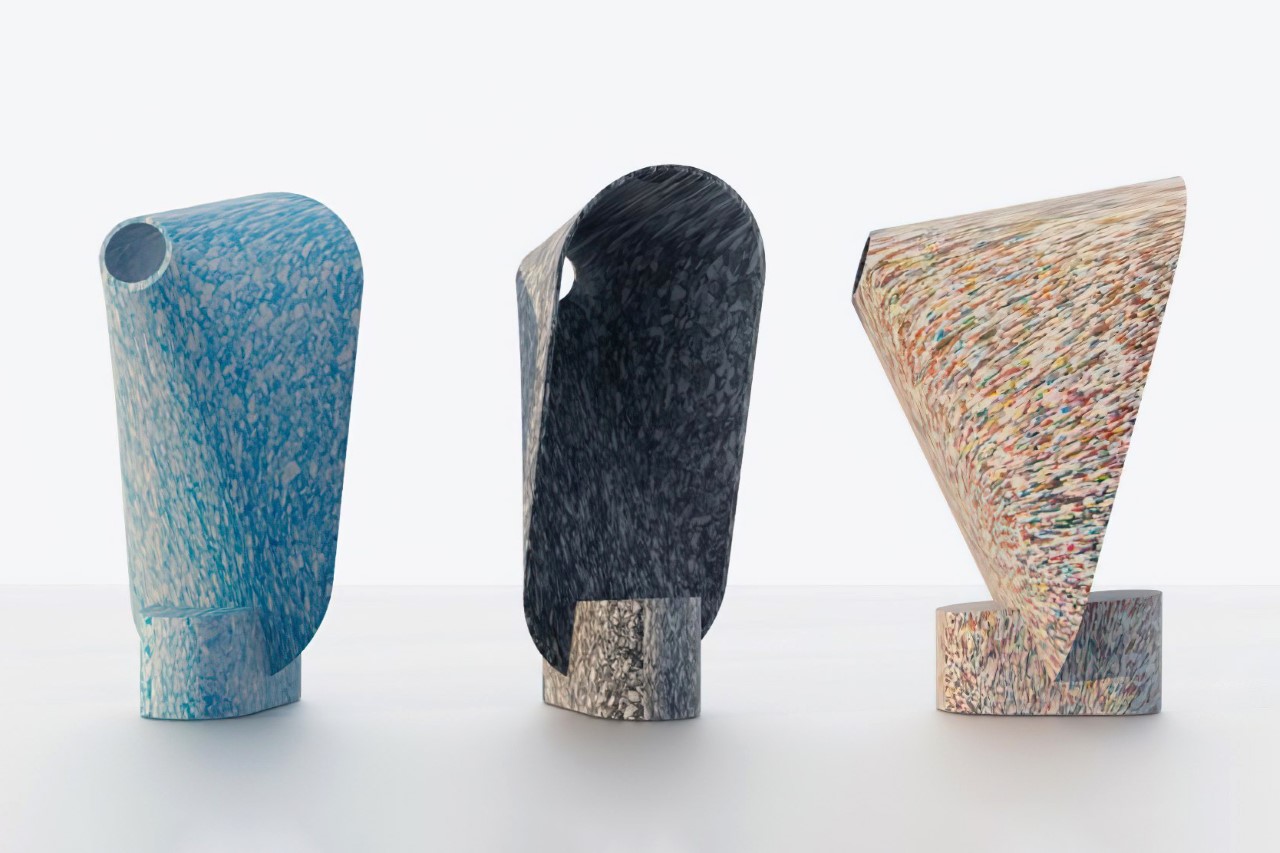
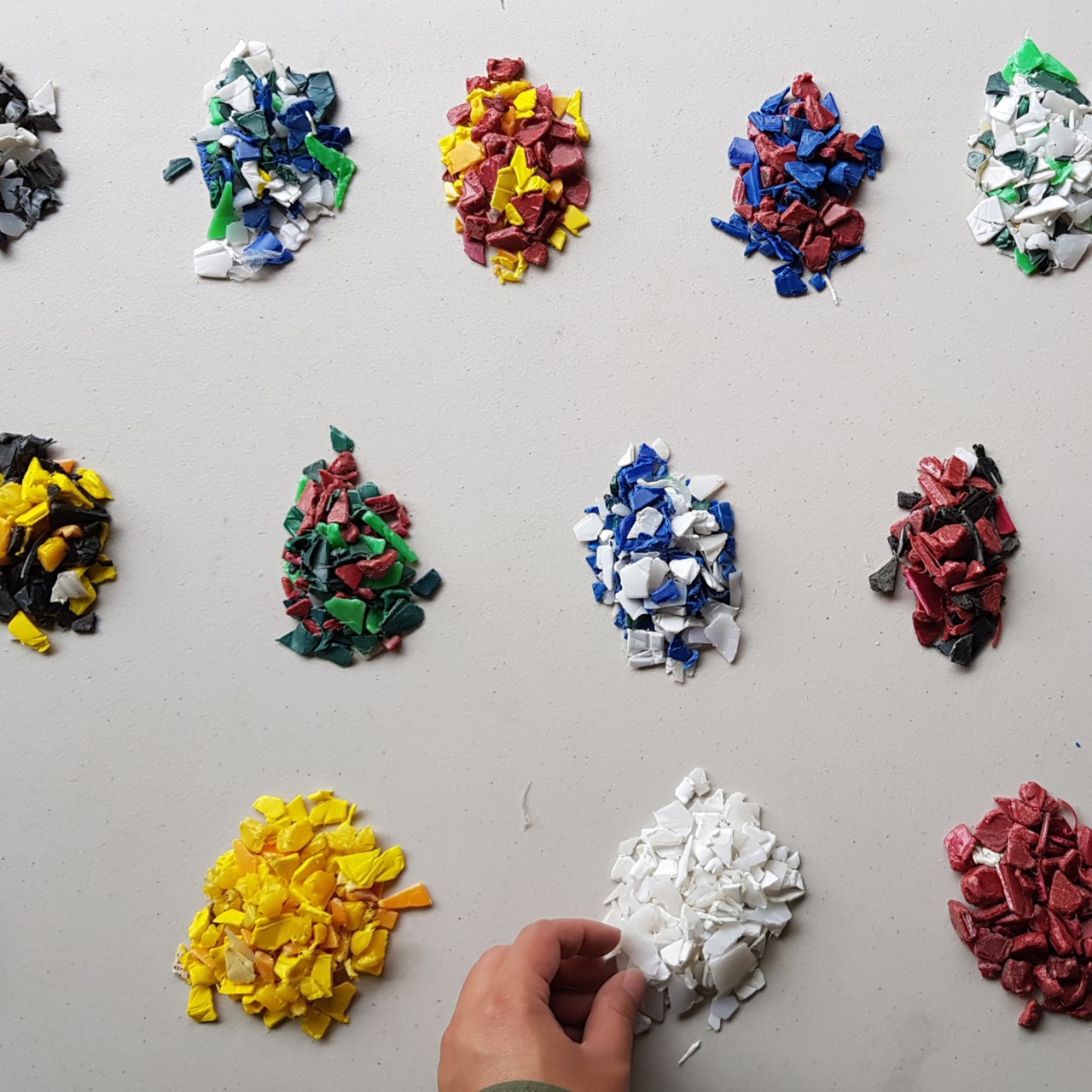
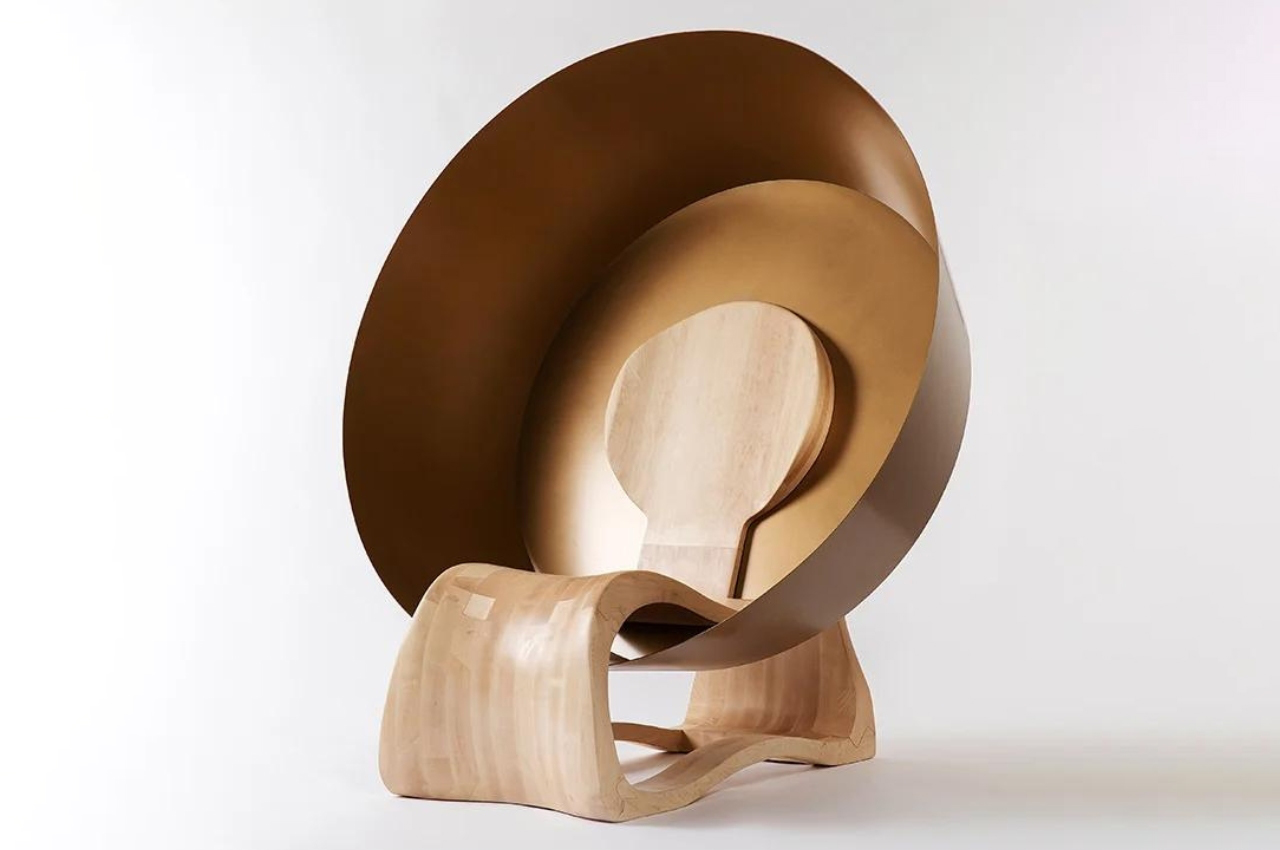
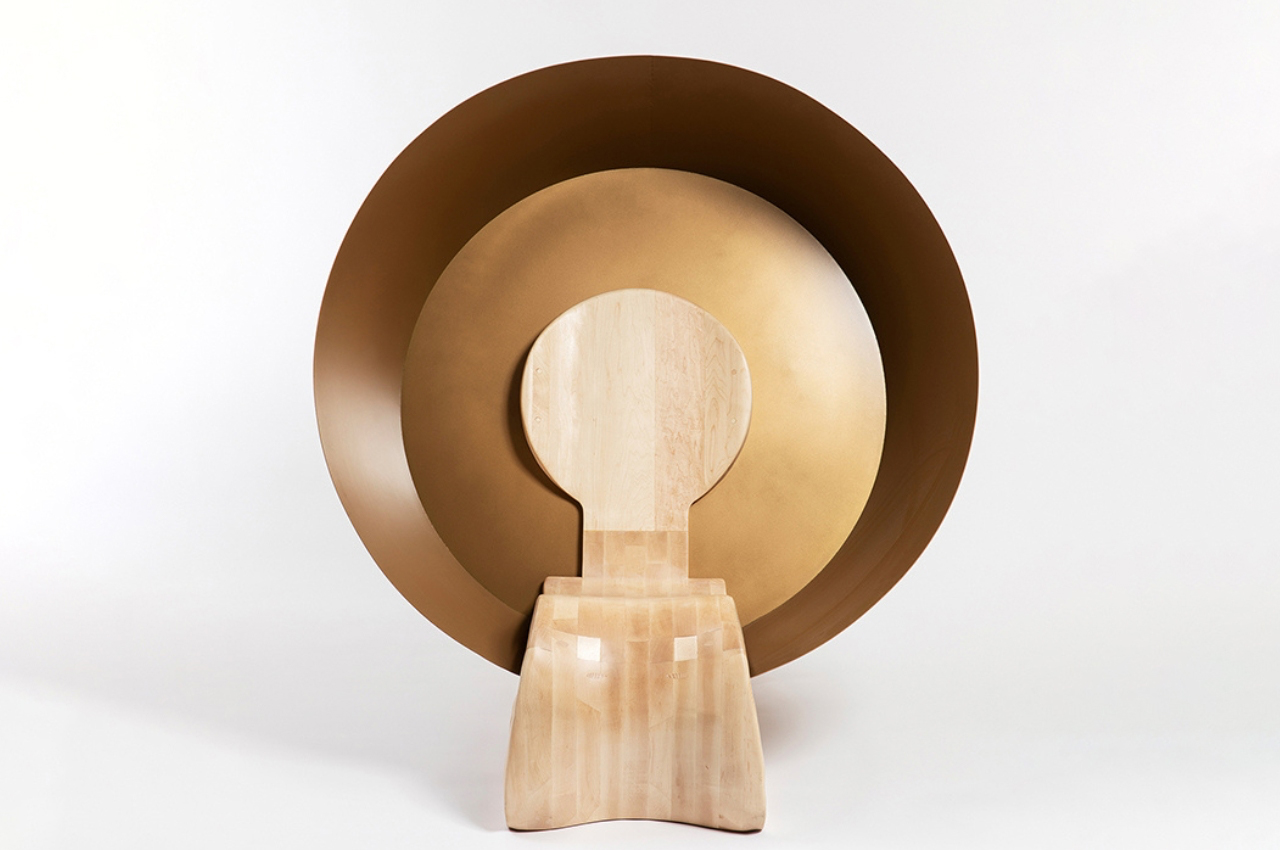
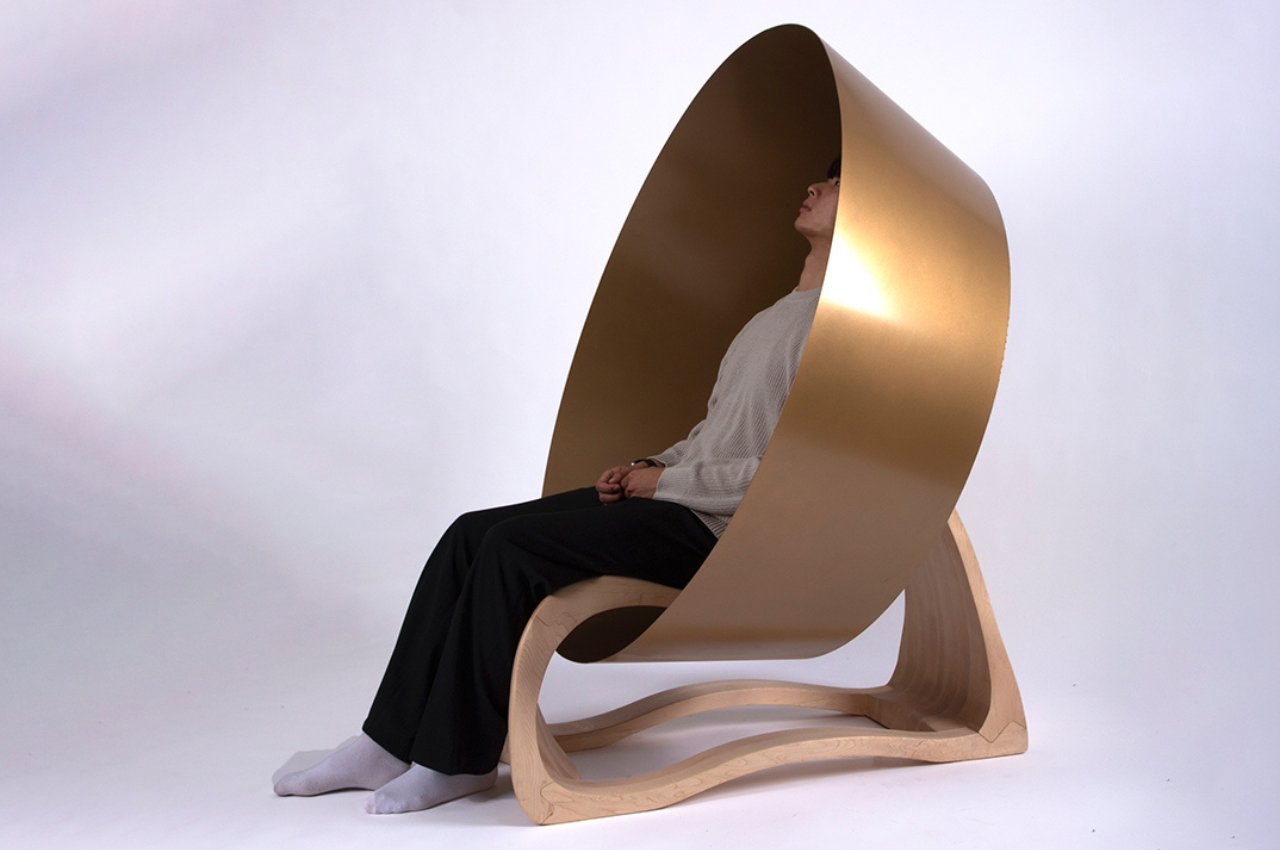
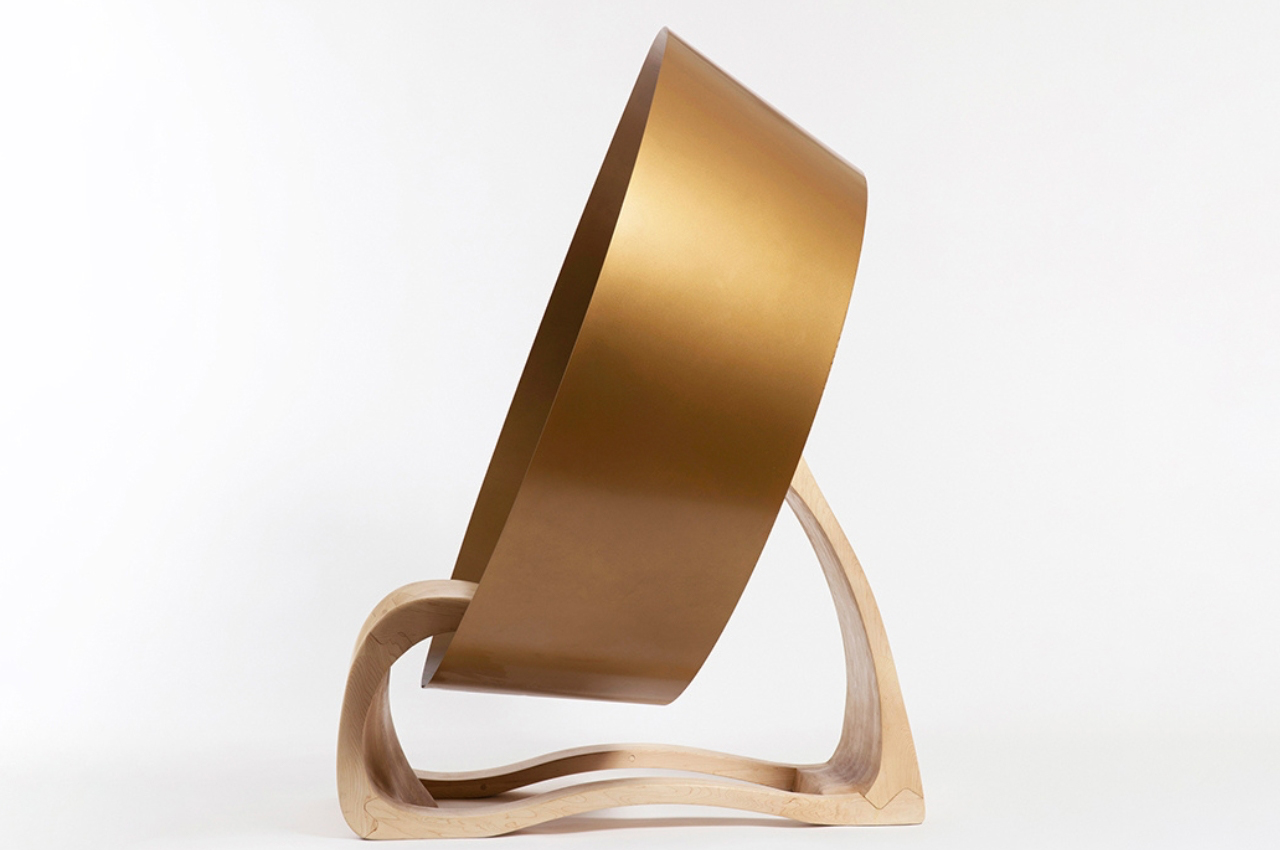

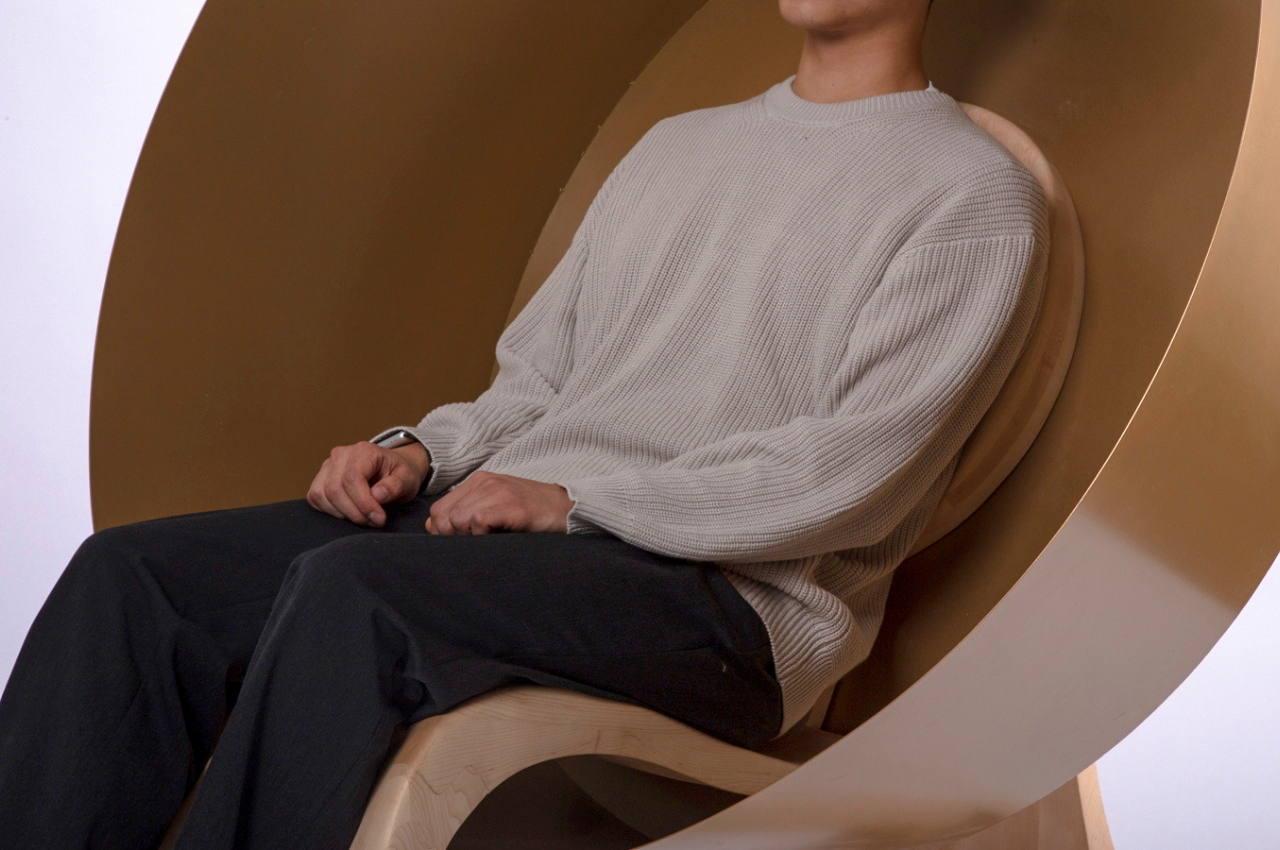



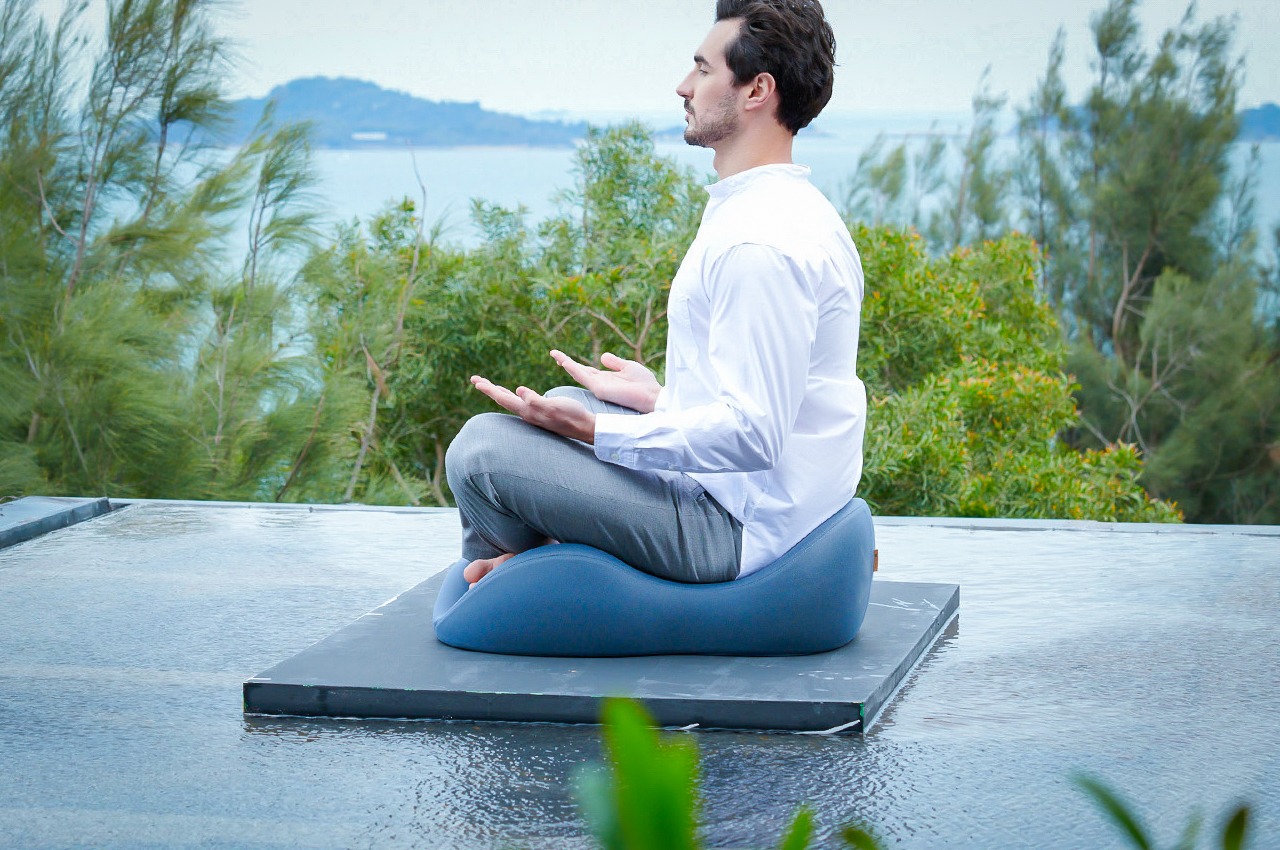
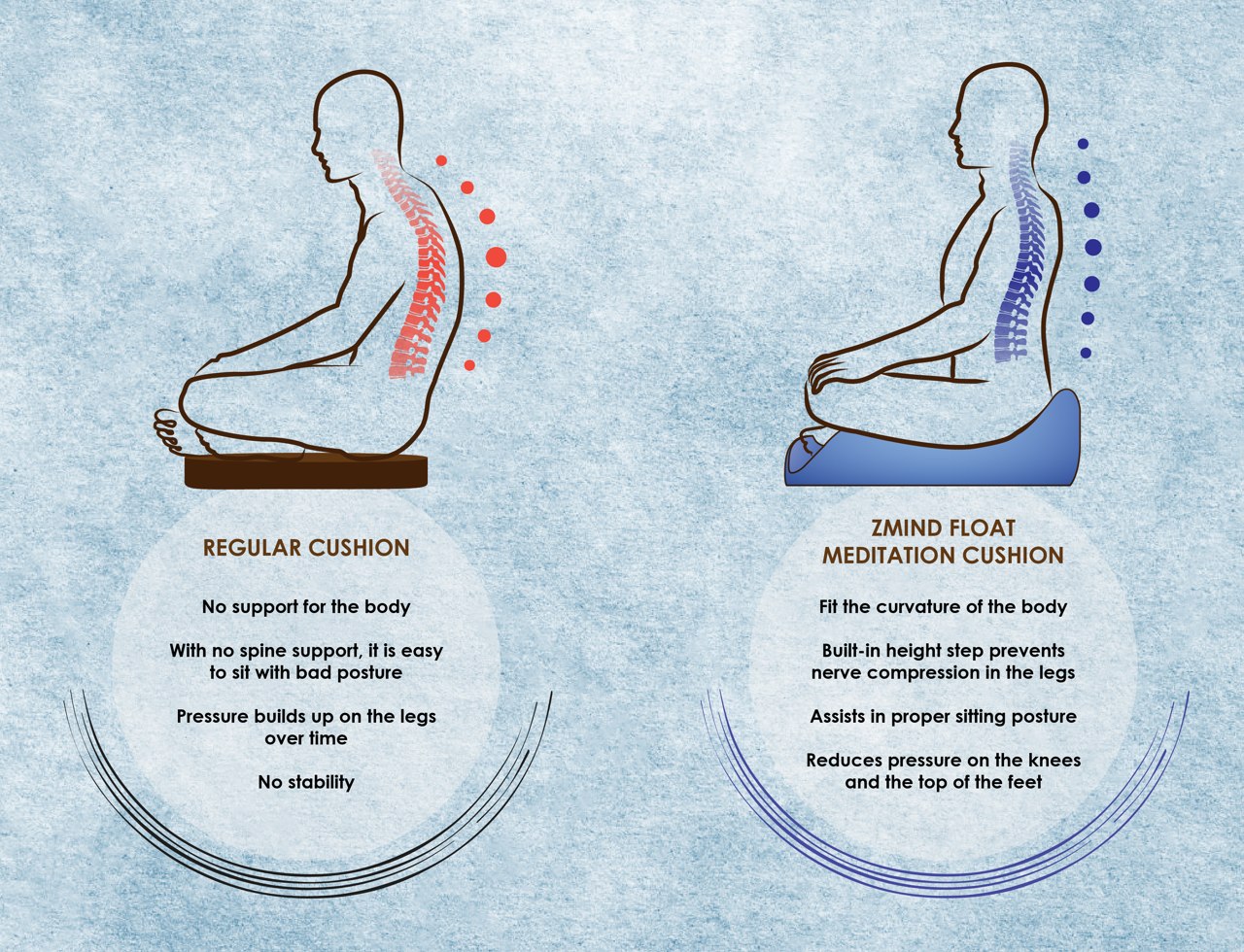
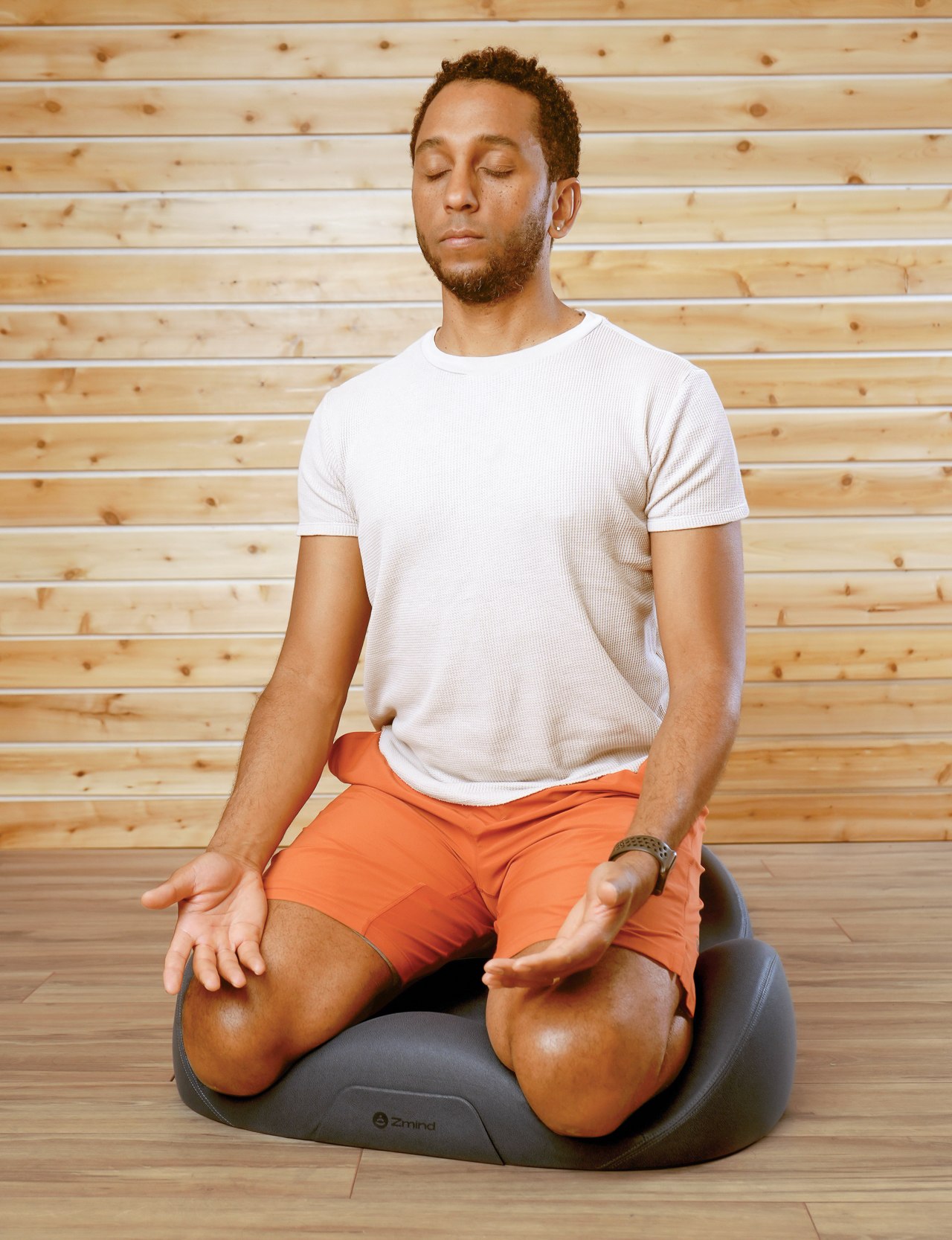
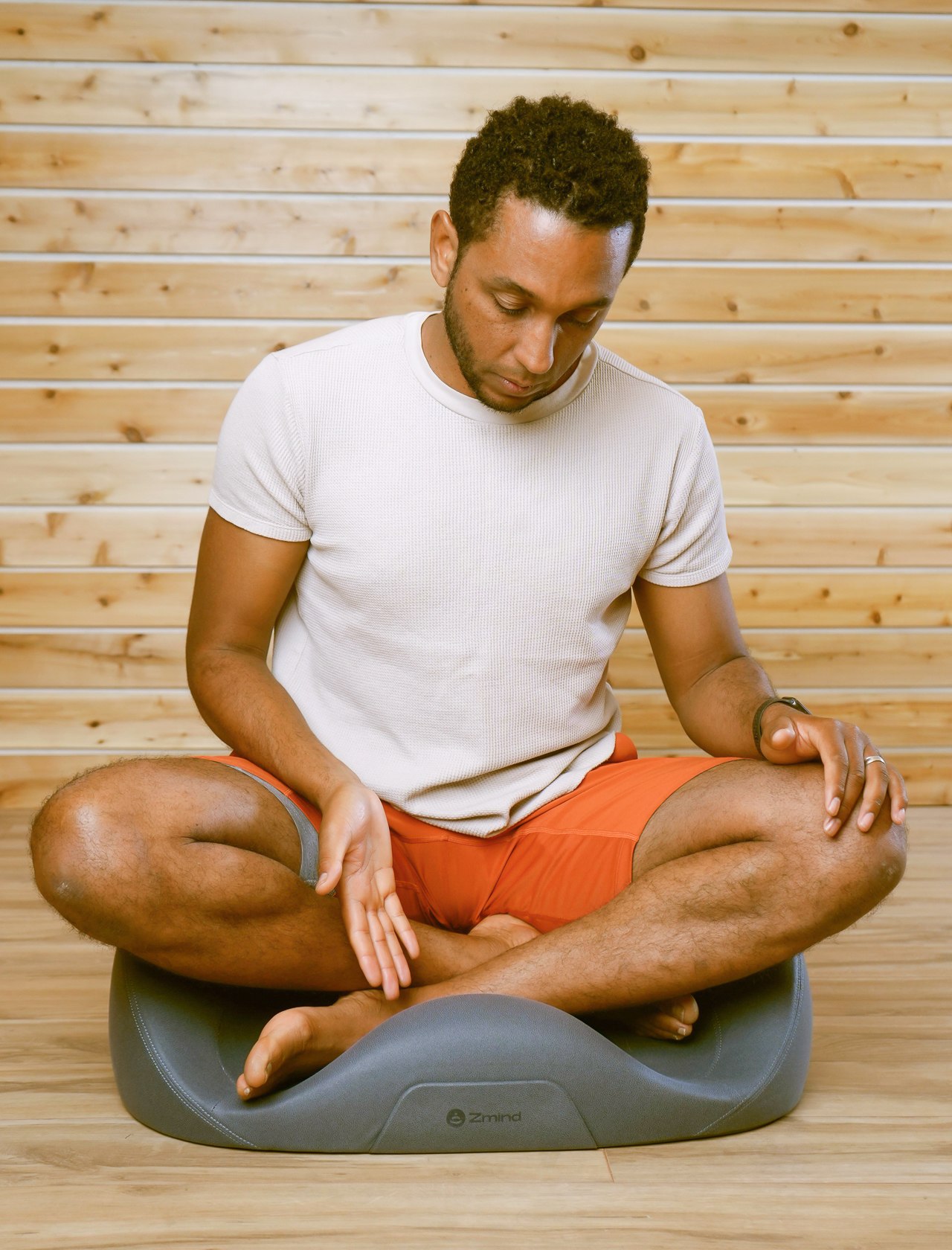
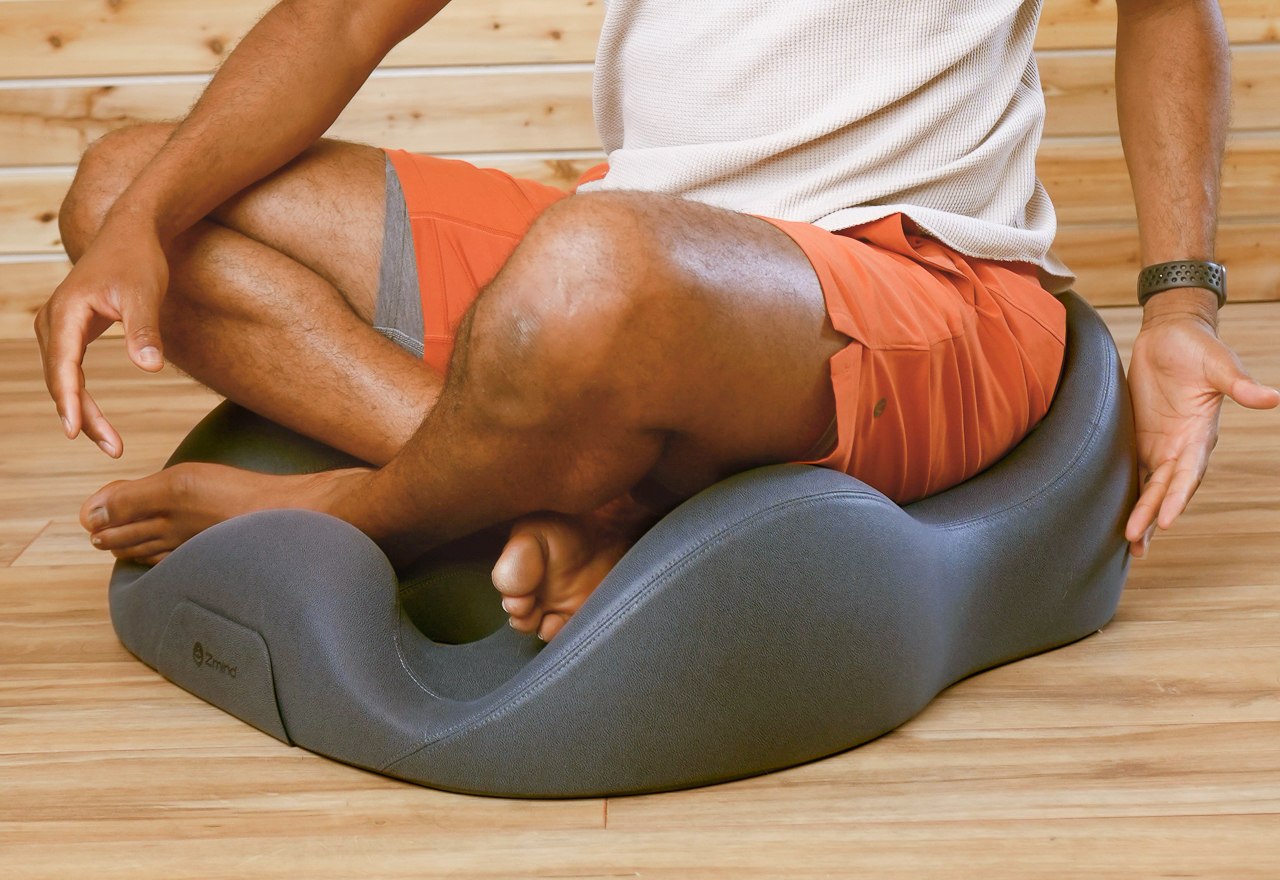
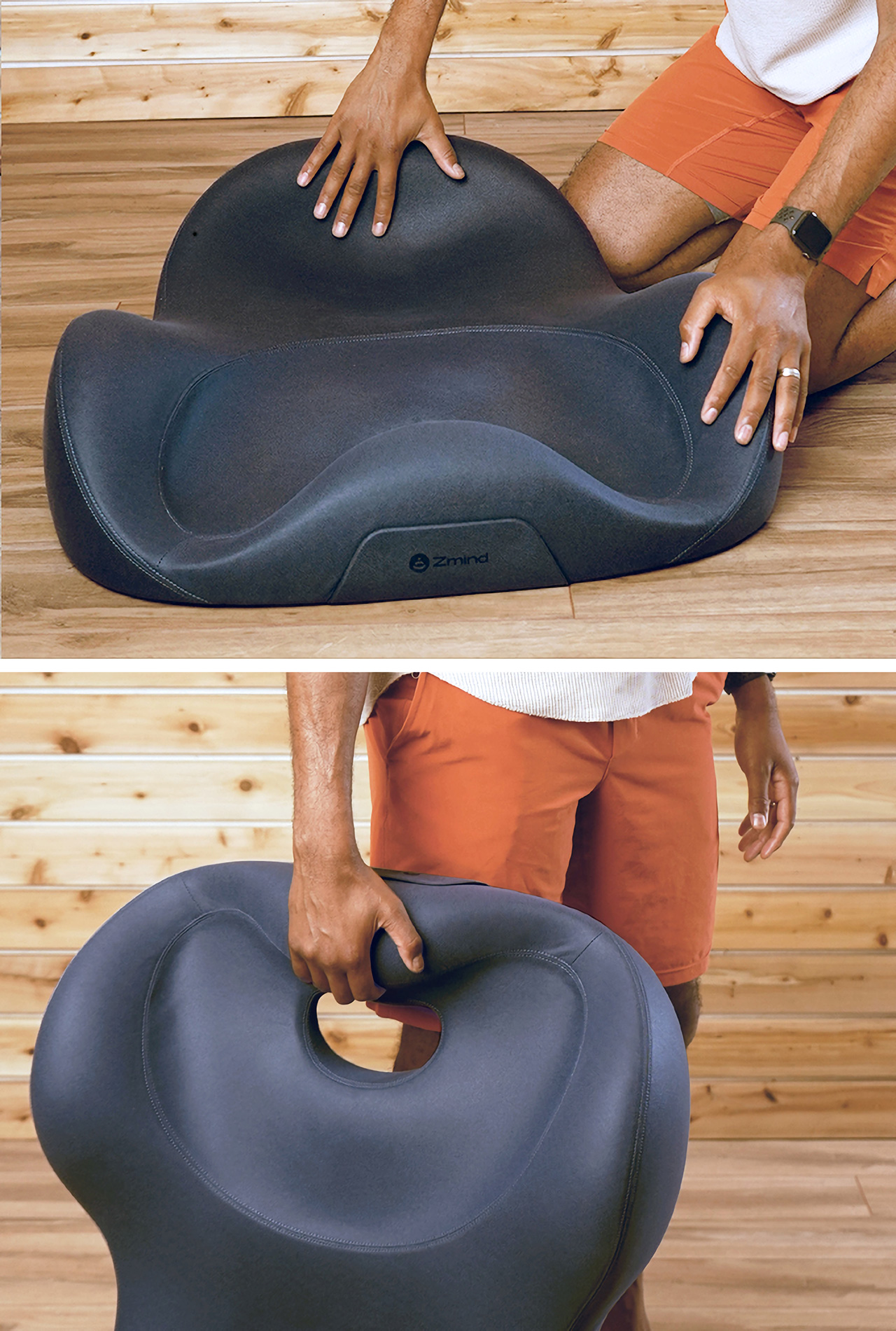
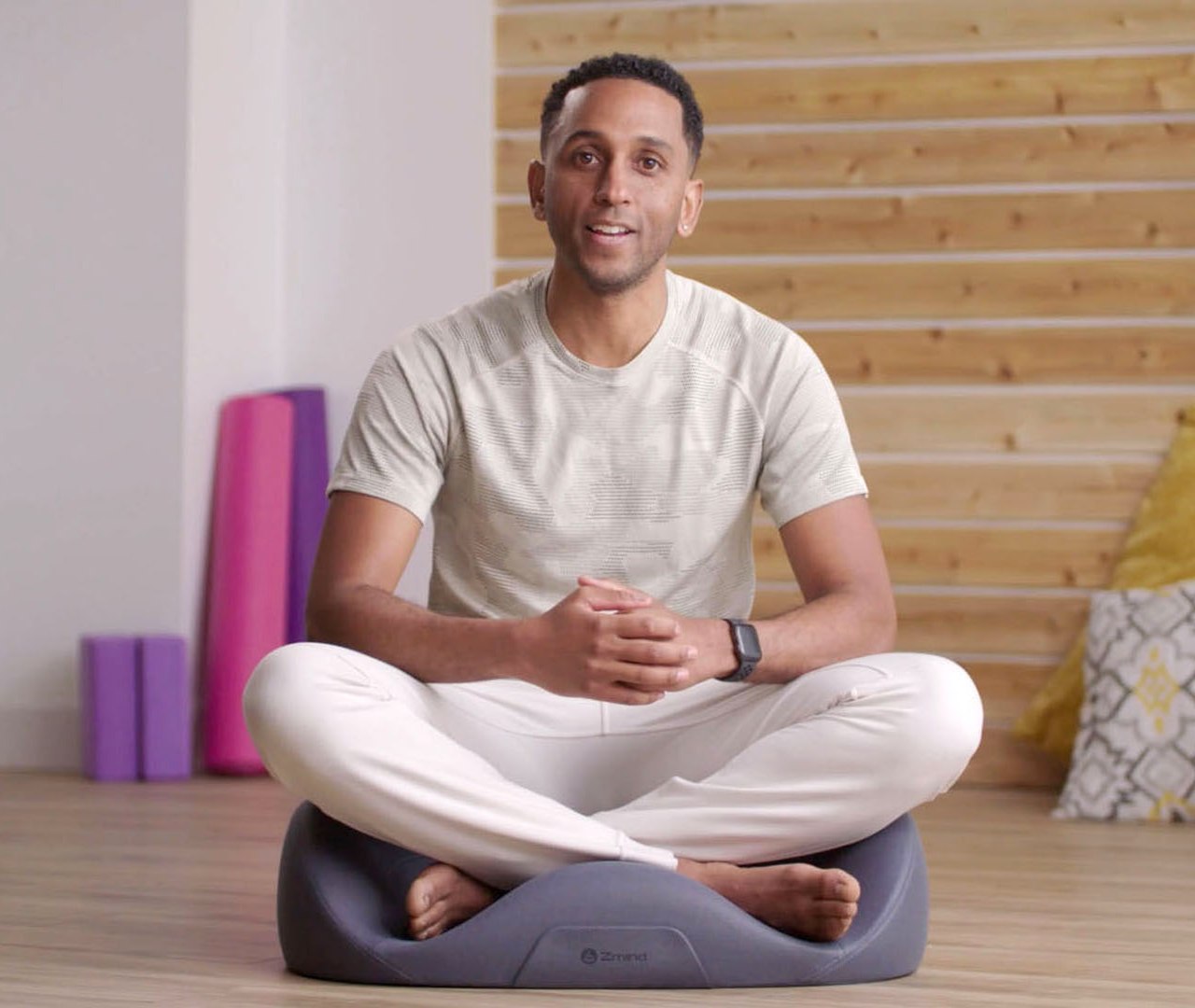
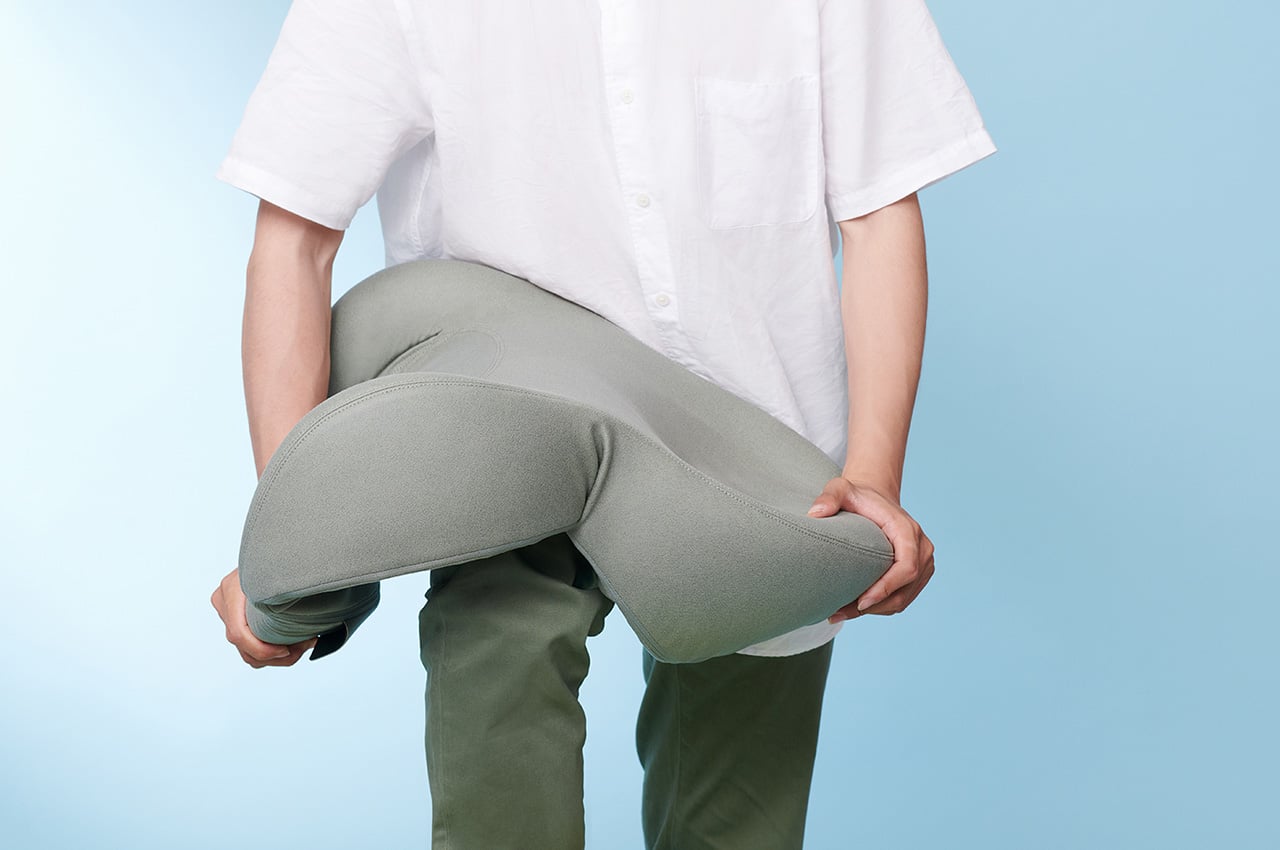

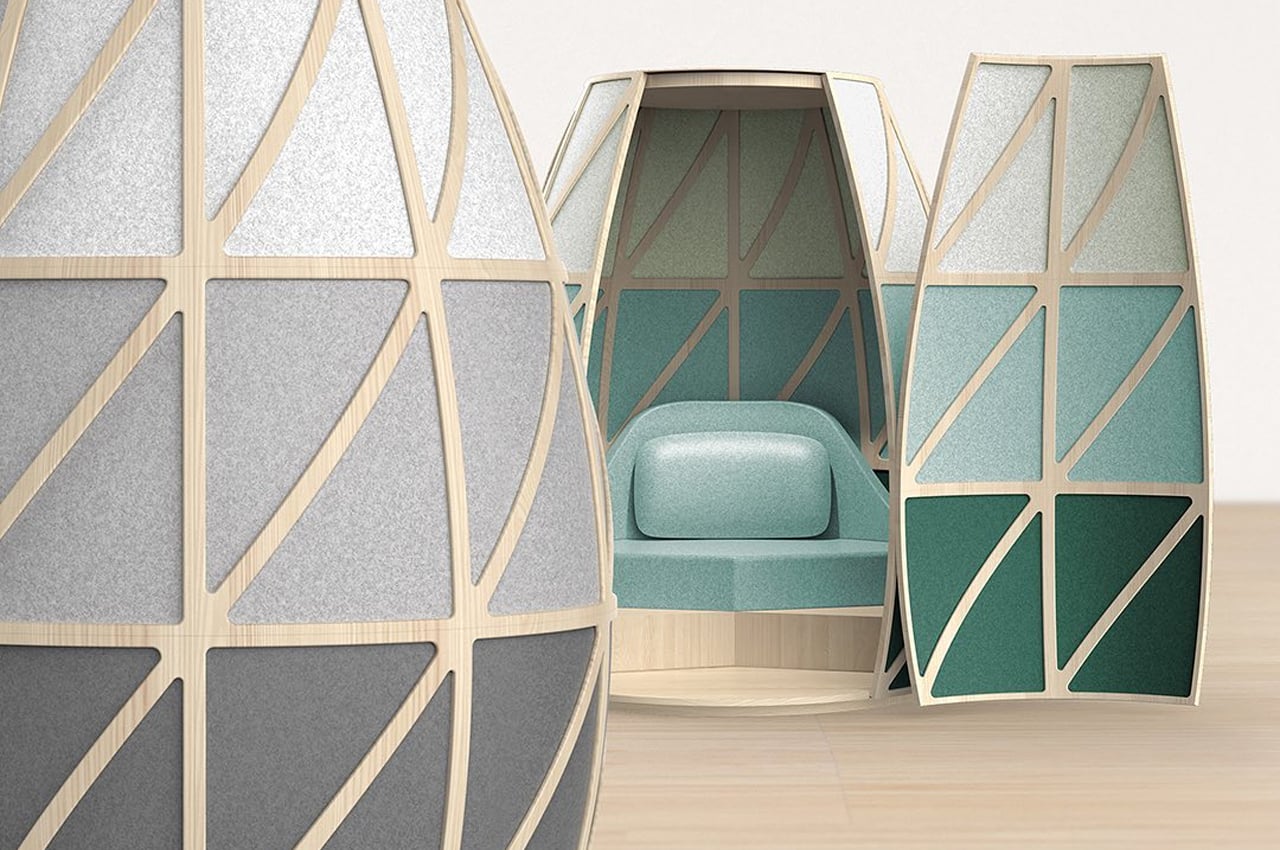
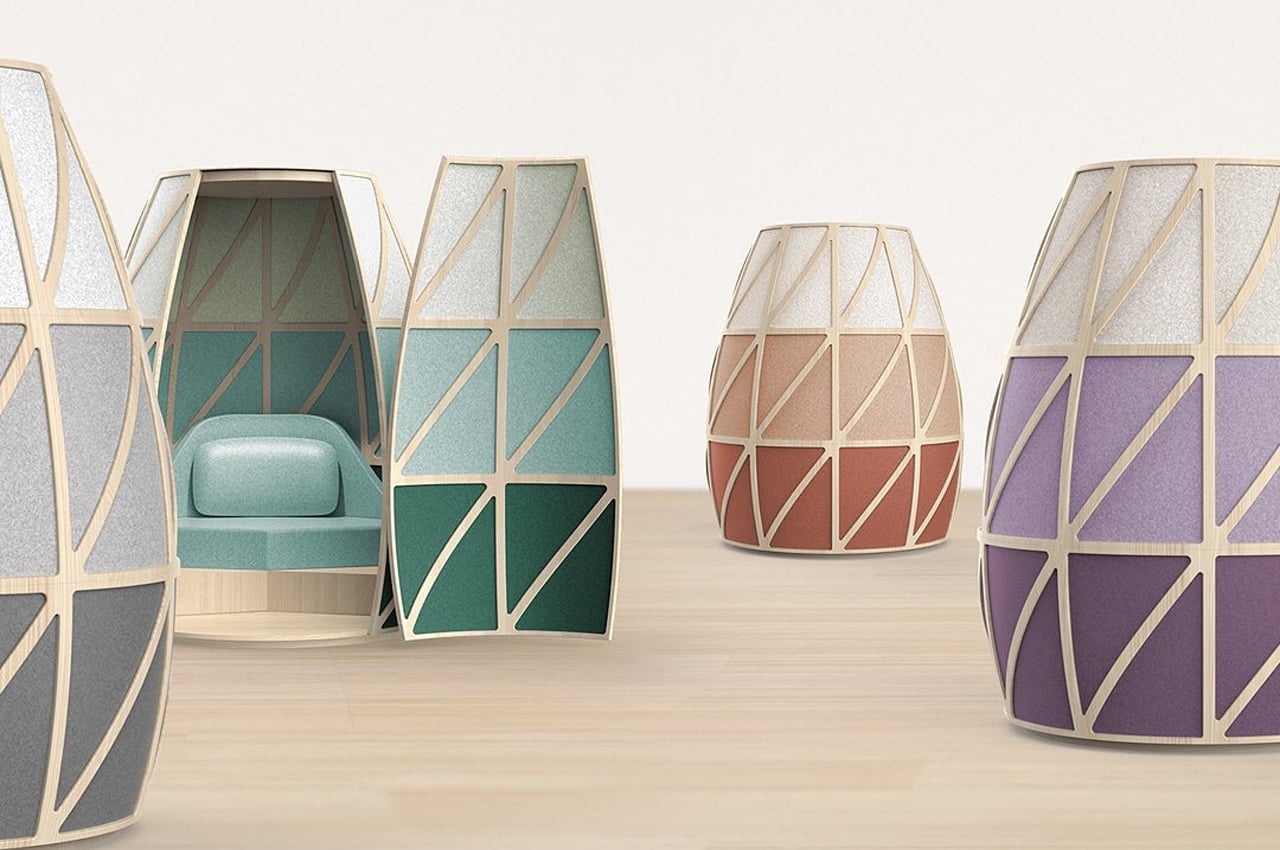
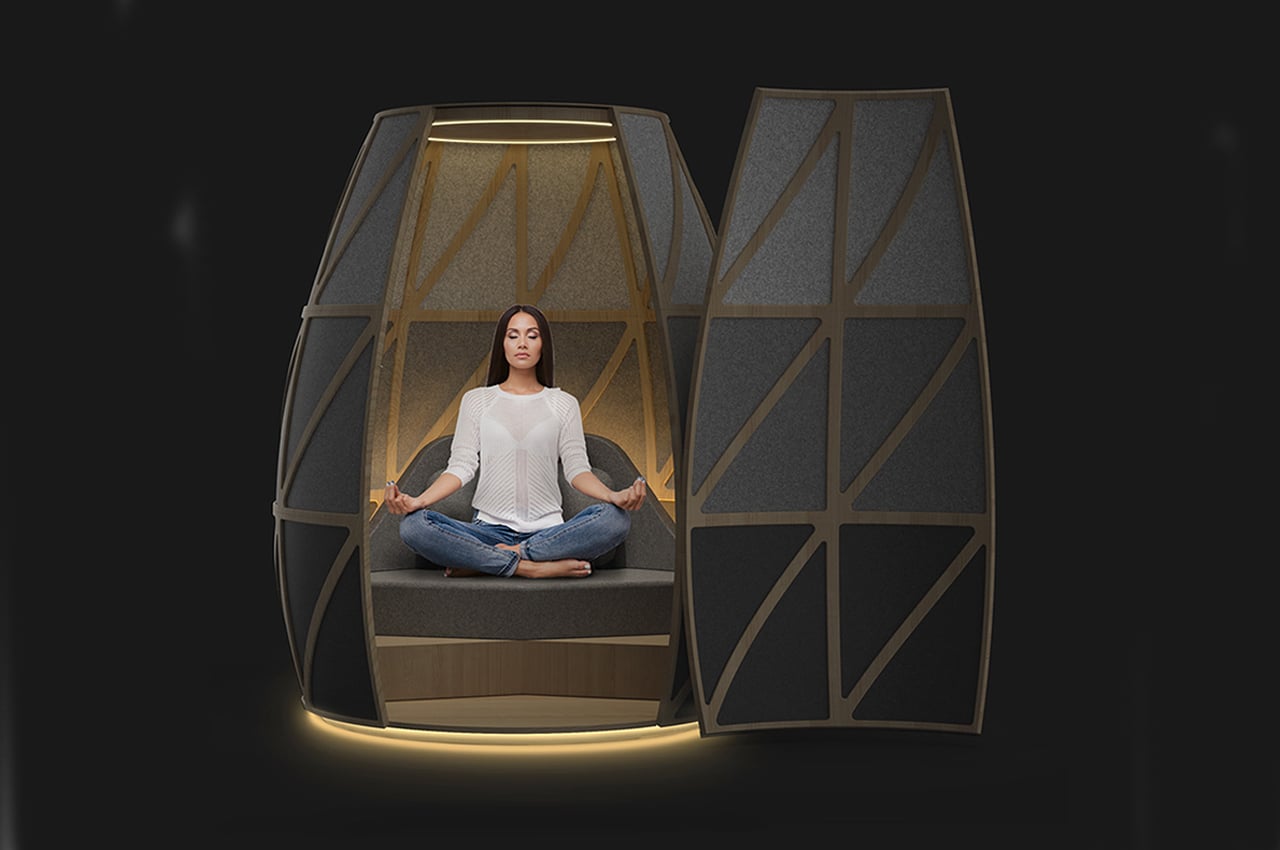
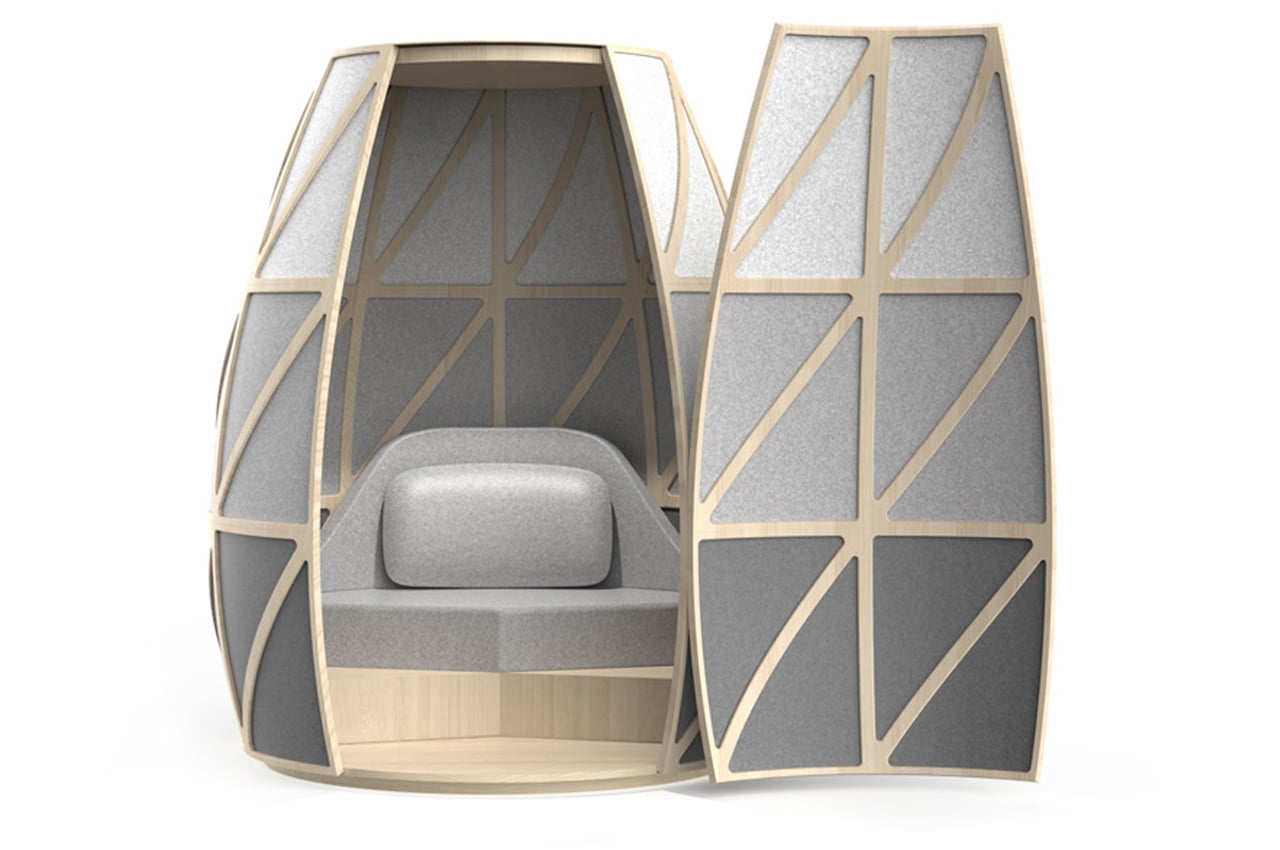
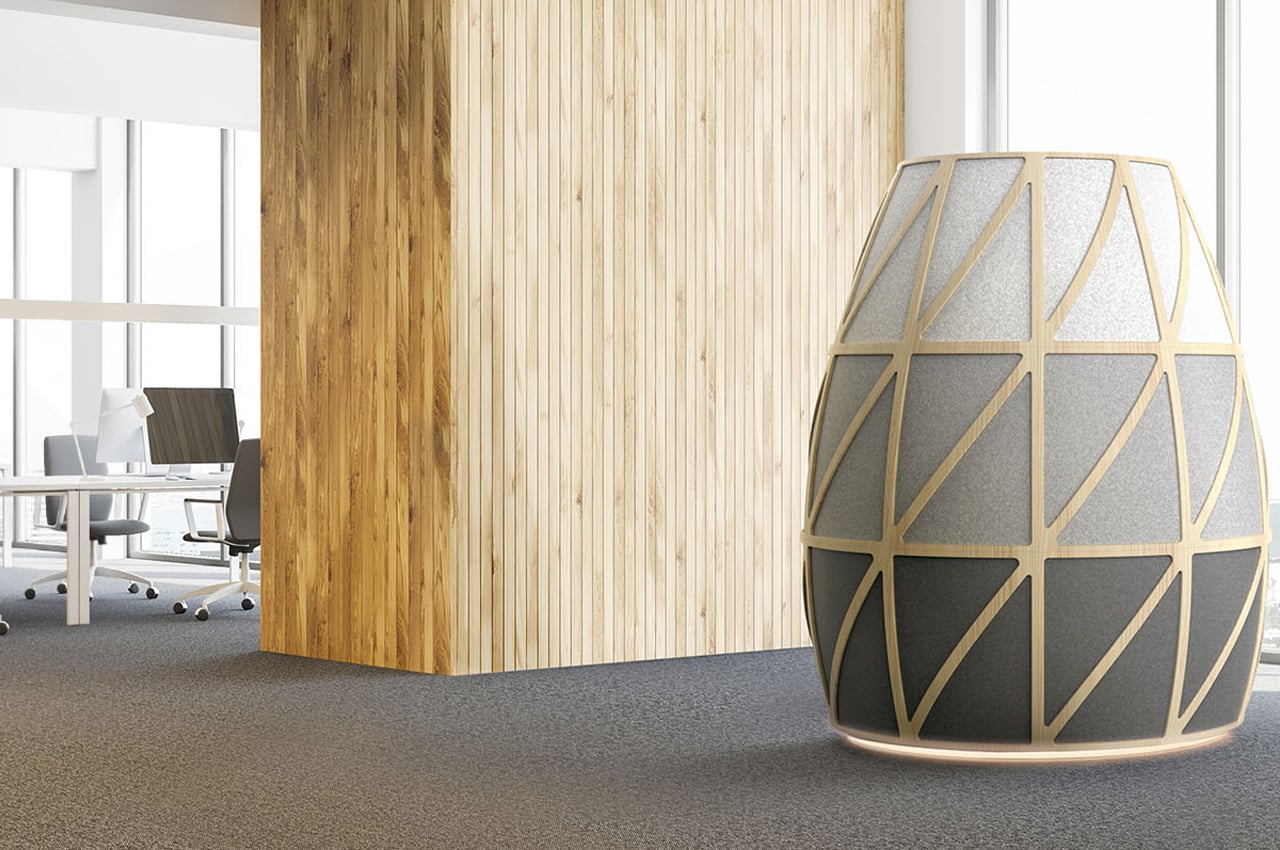
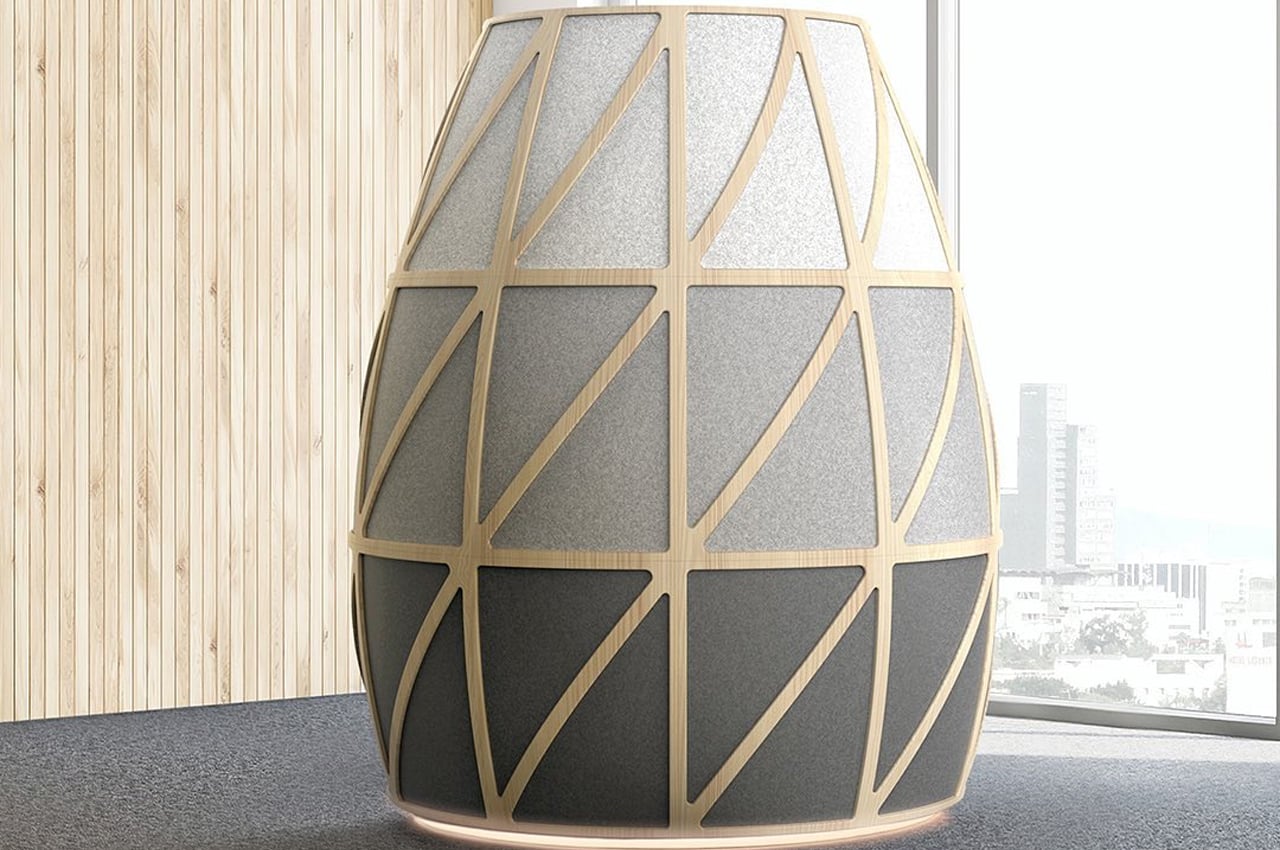










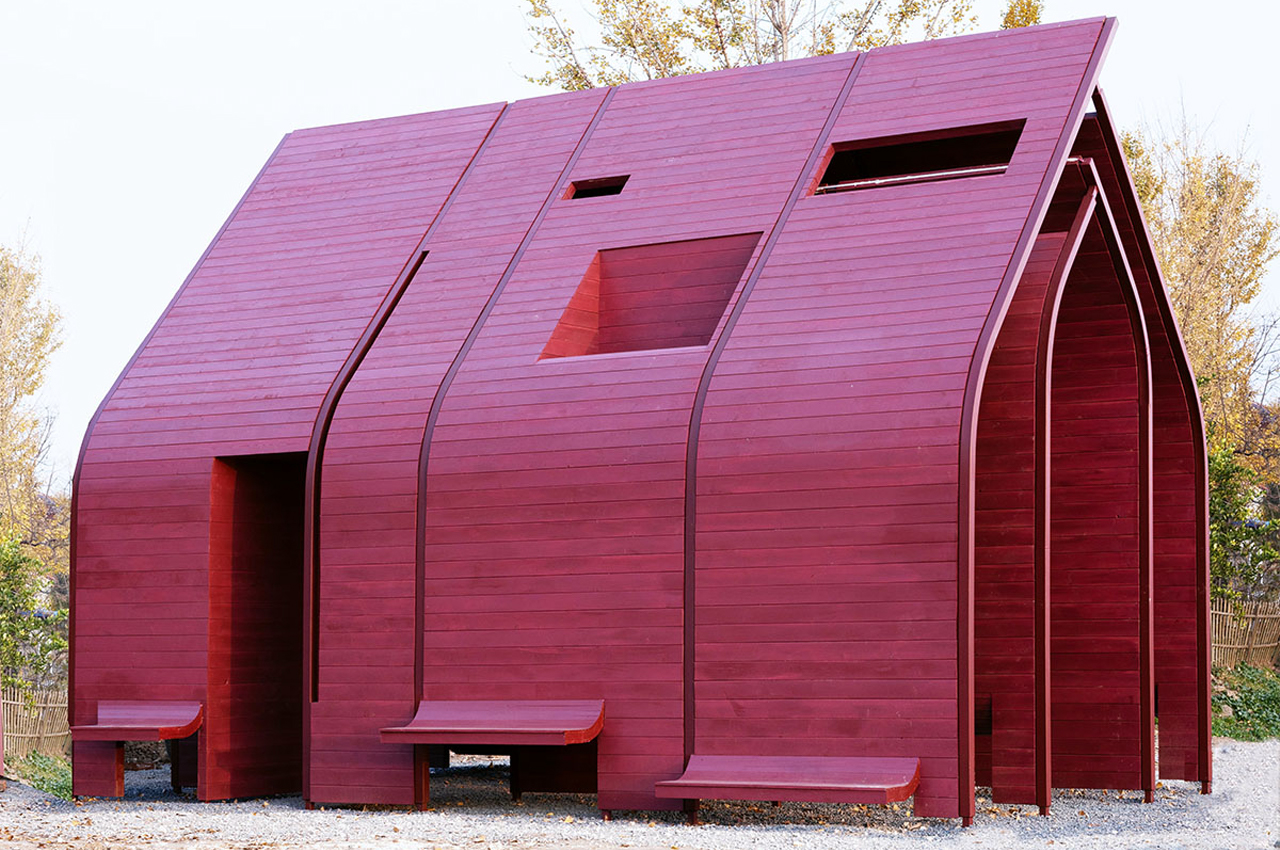
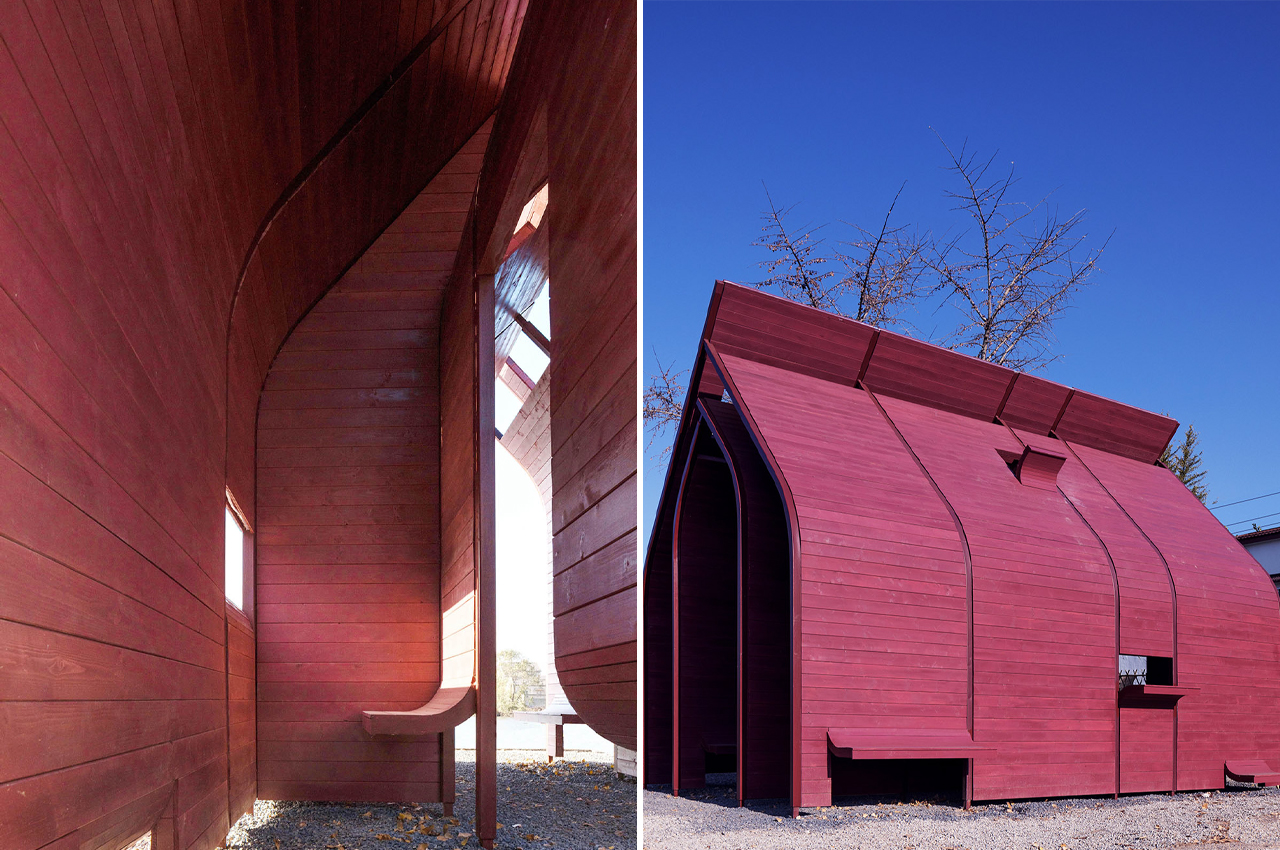
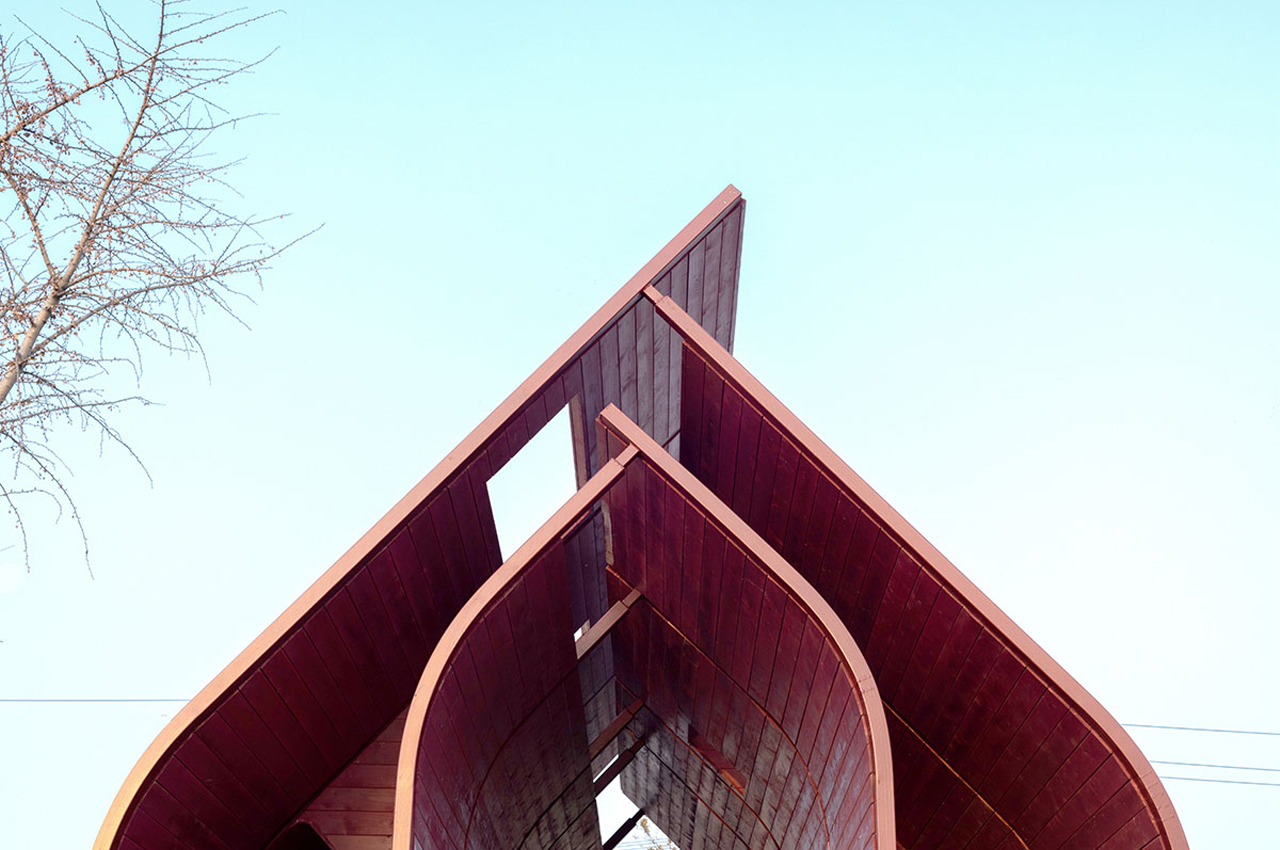
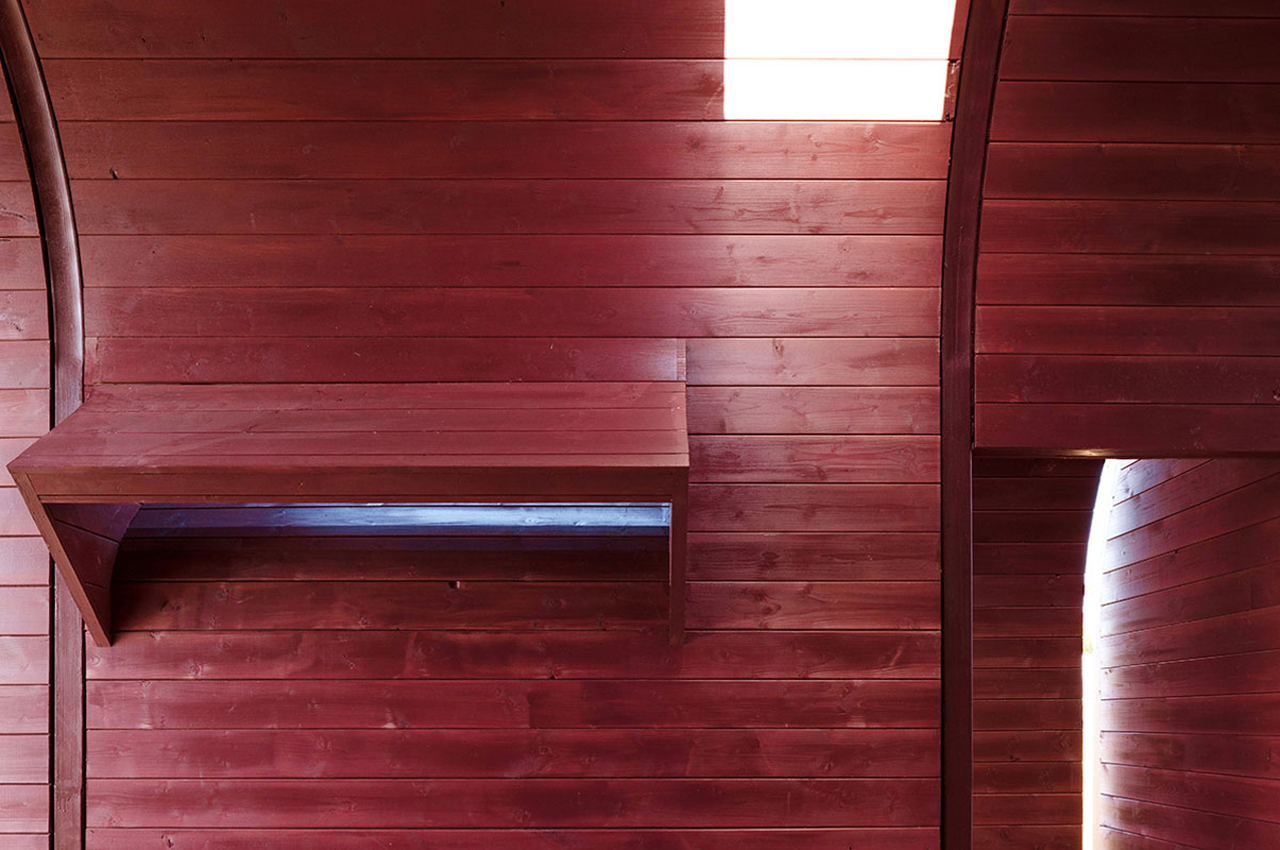
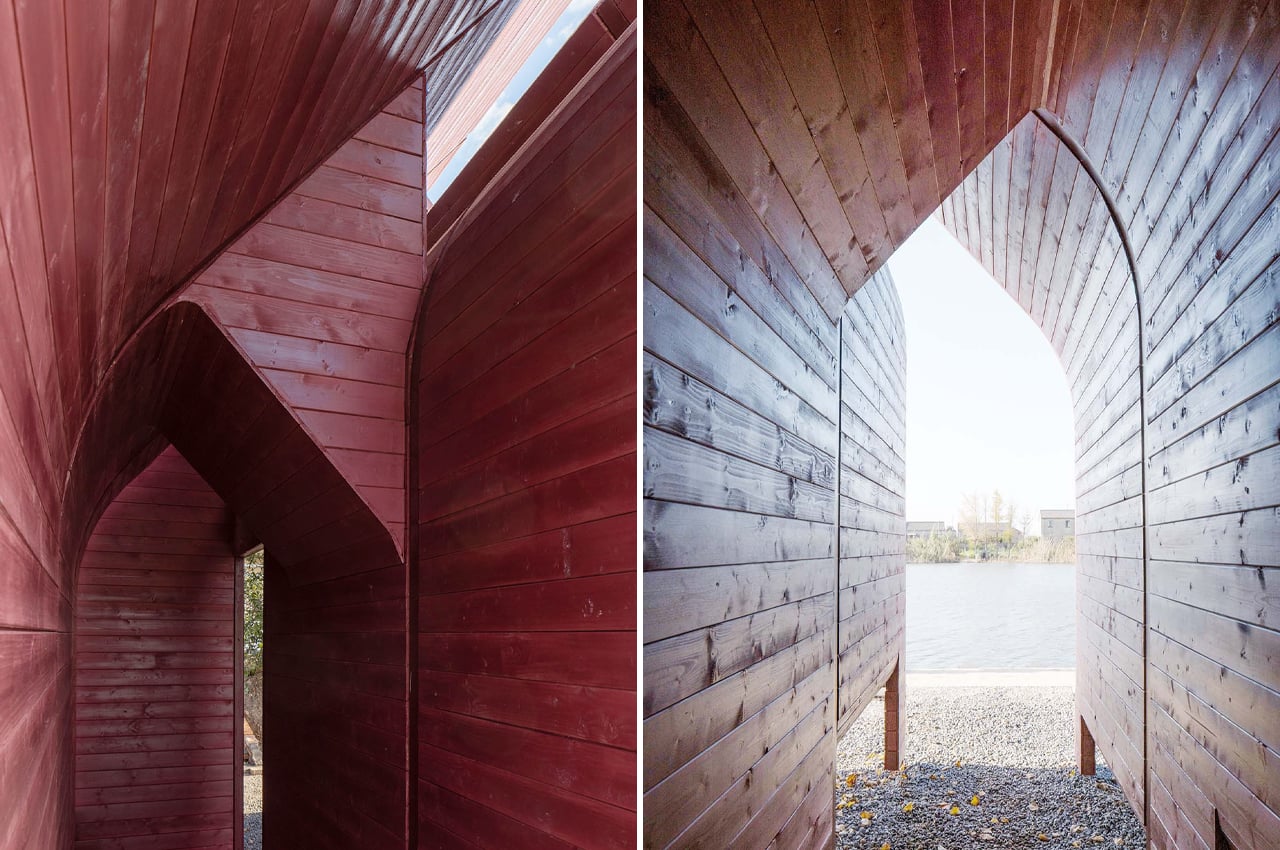
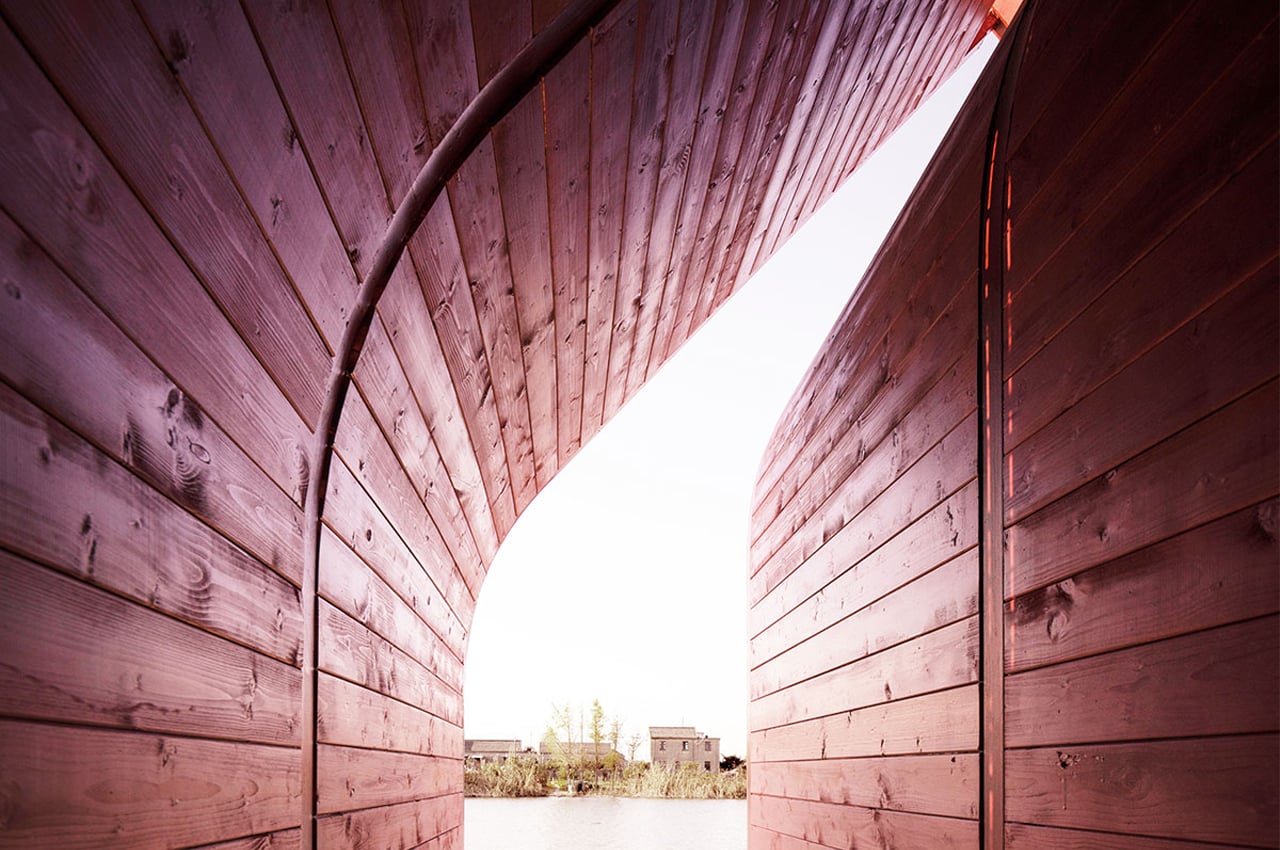
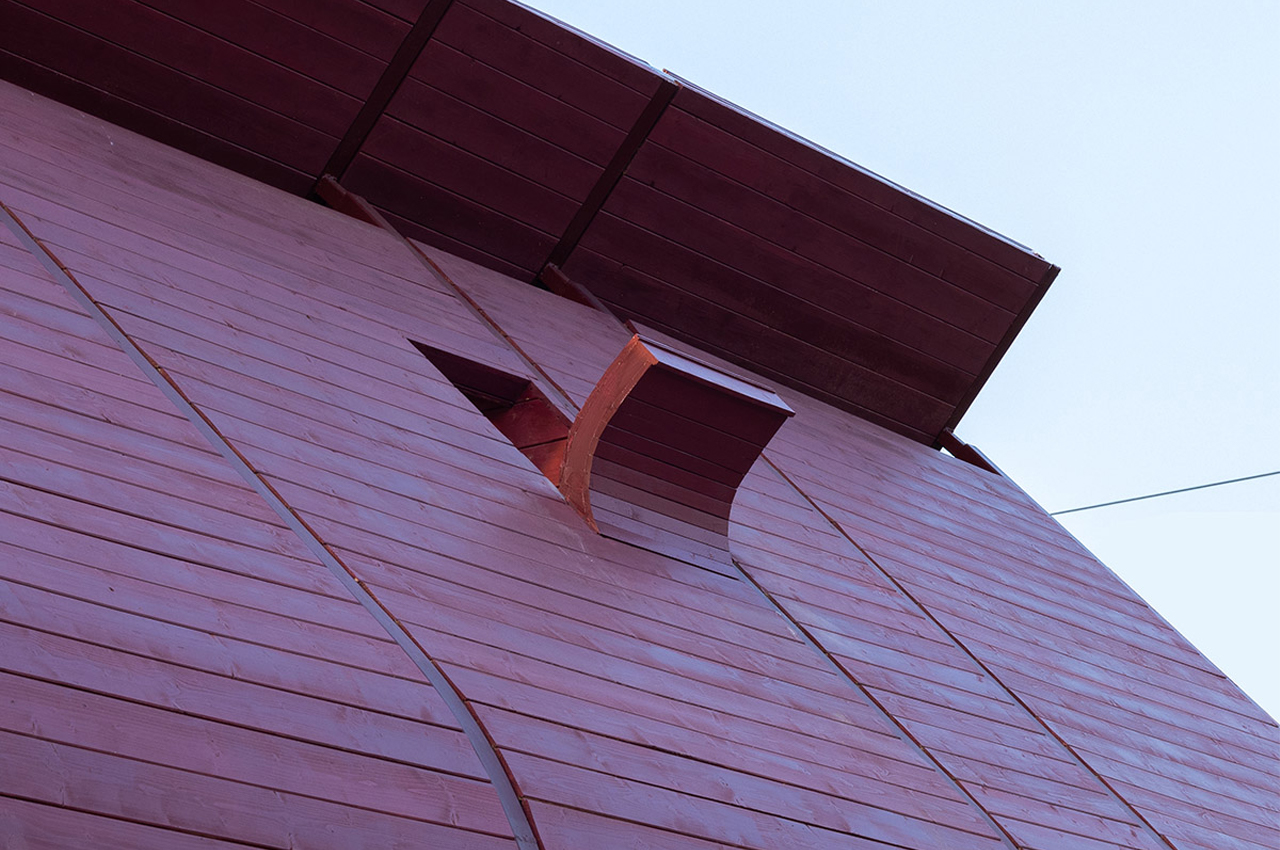
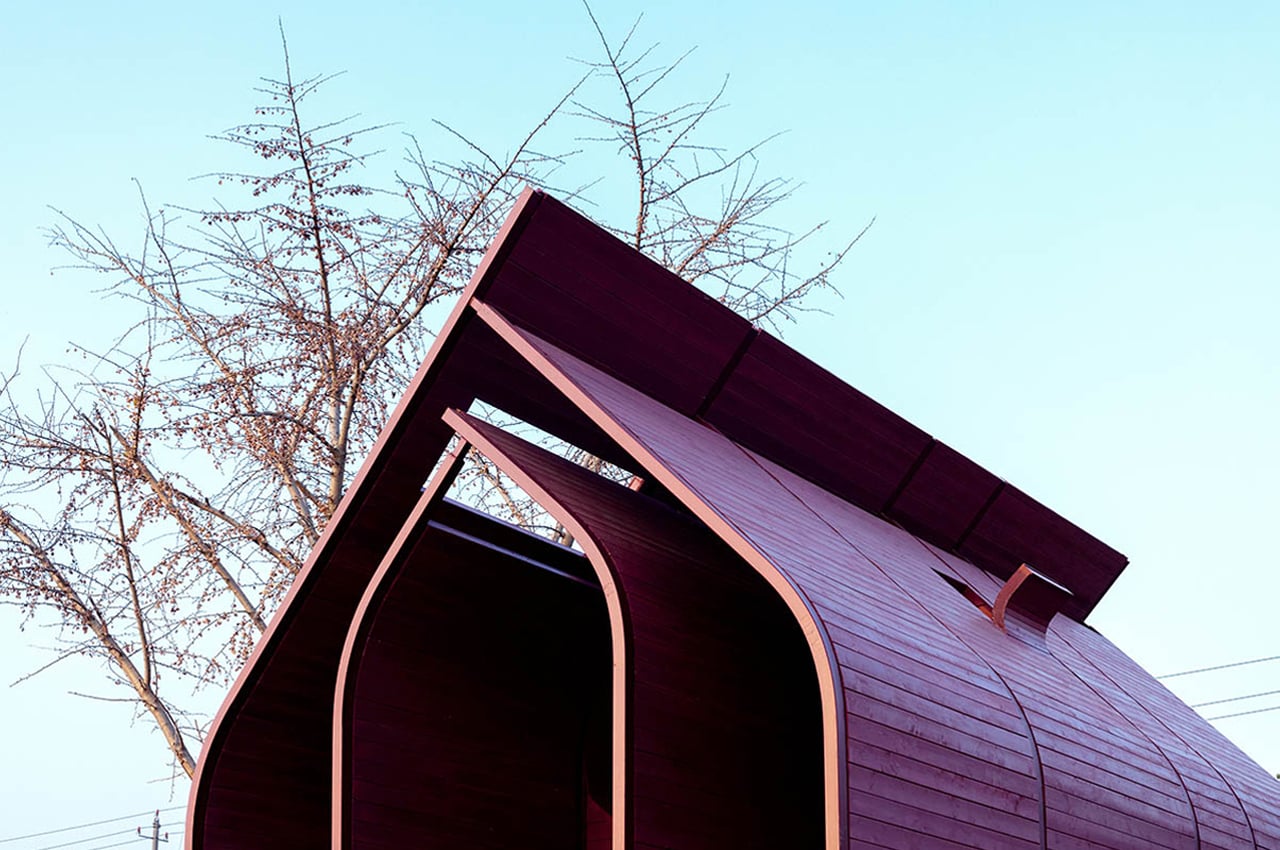
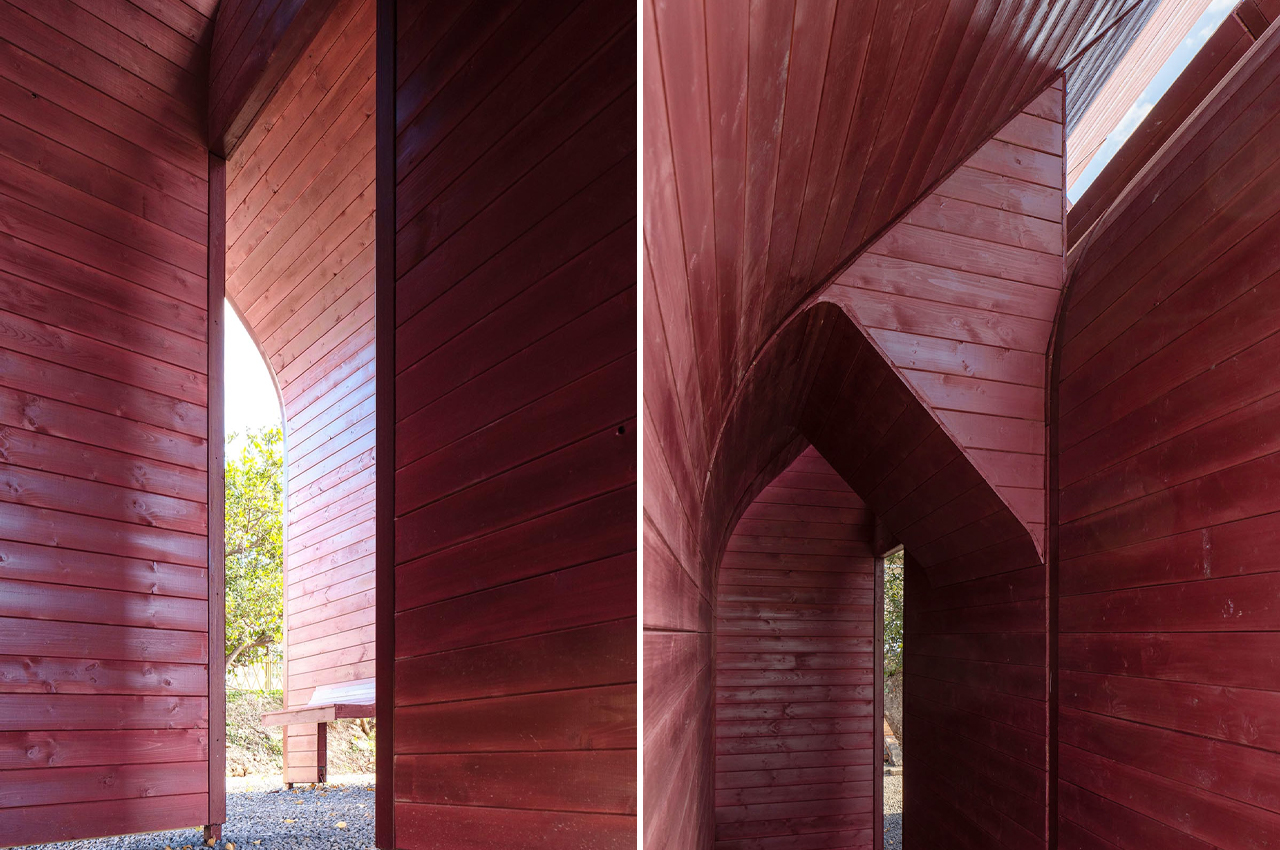
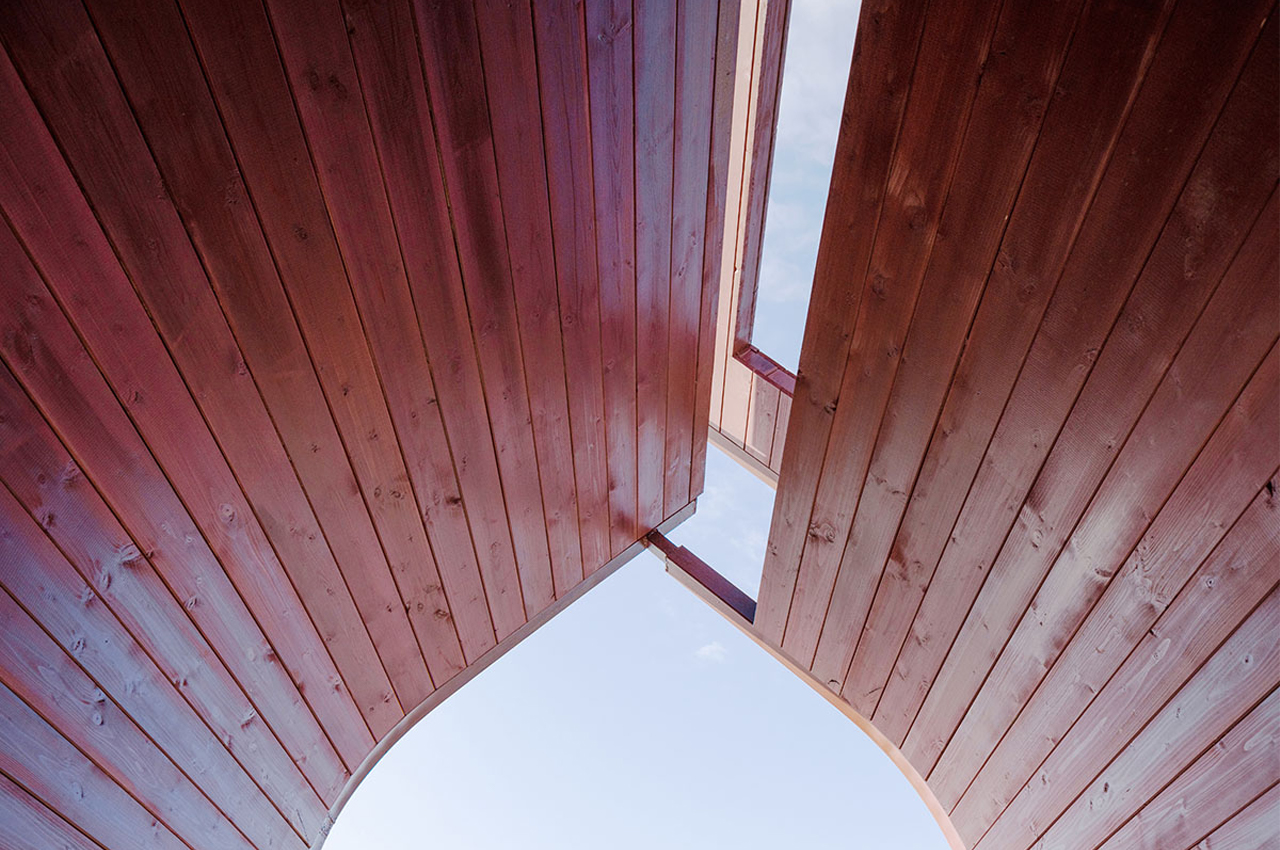
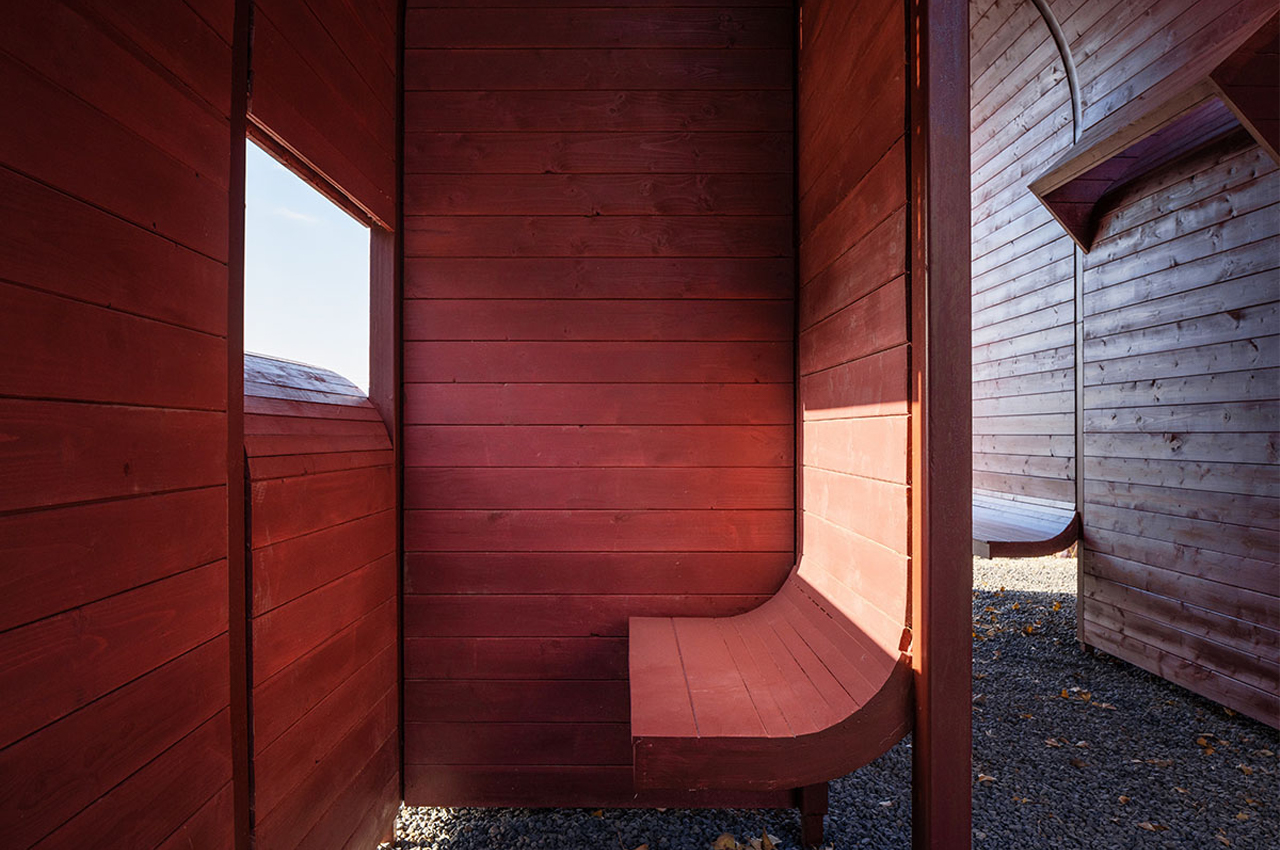
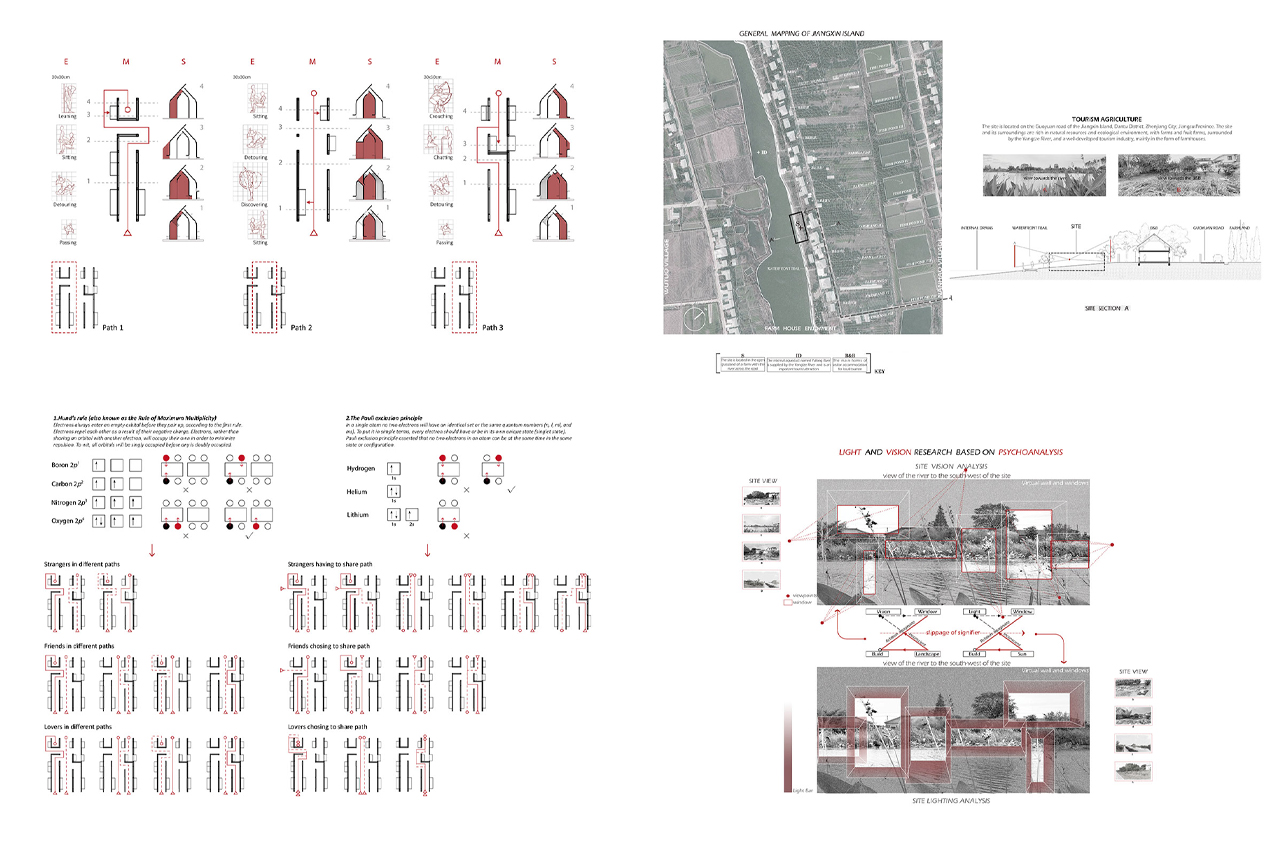
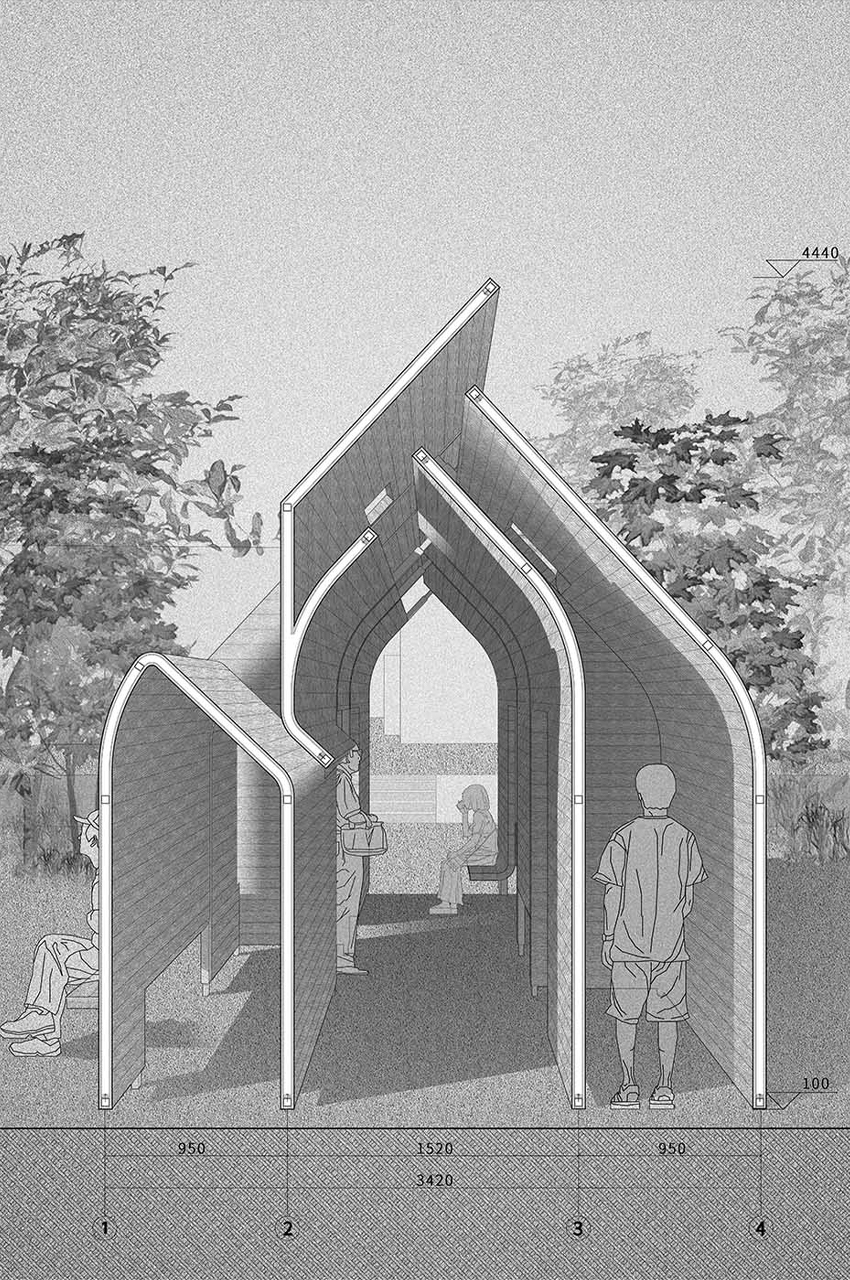
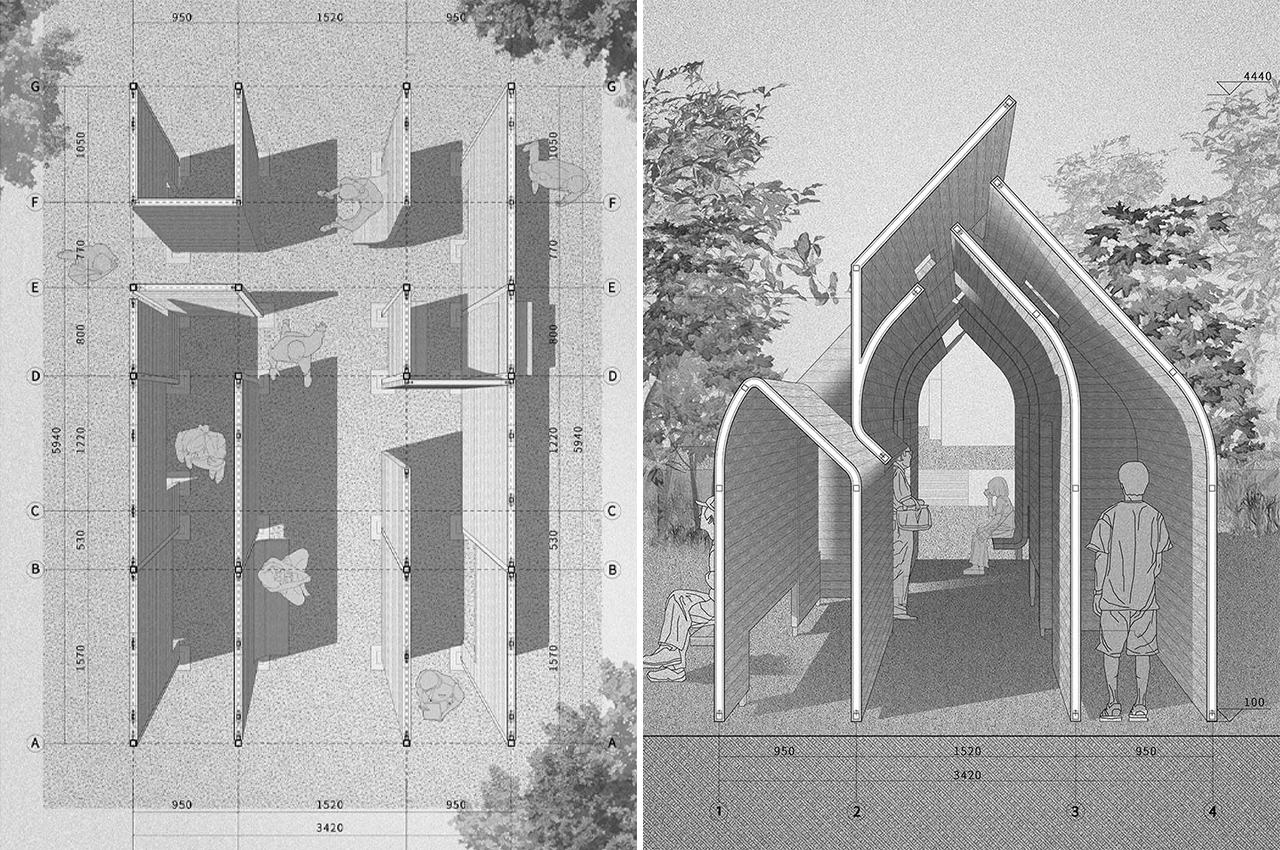
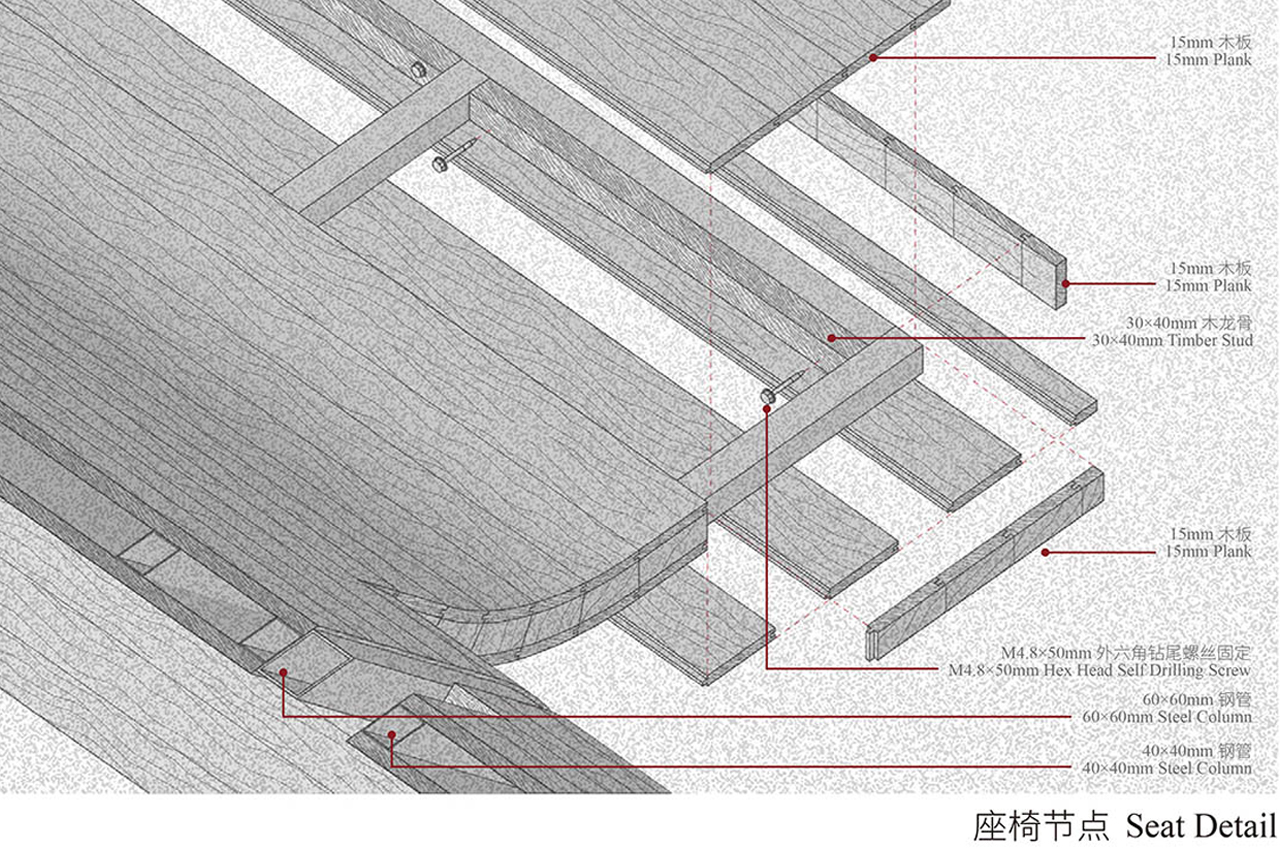













 Opus
Opus







